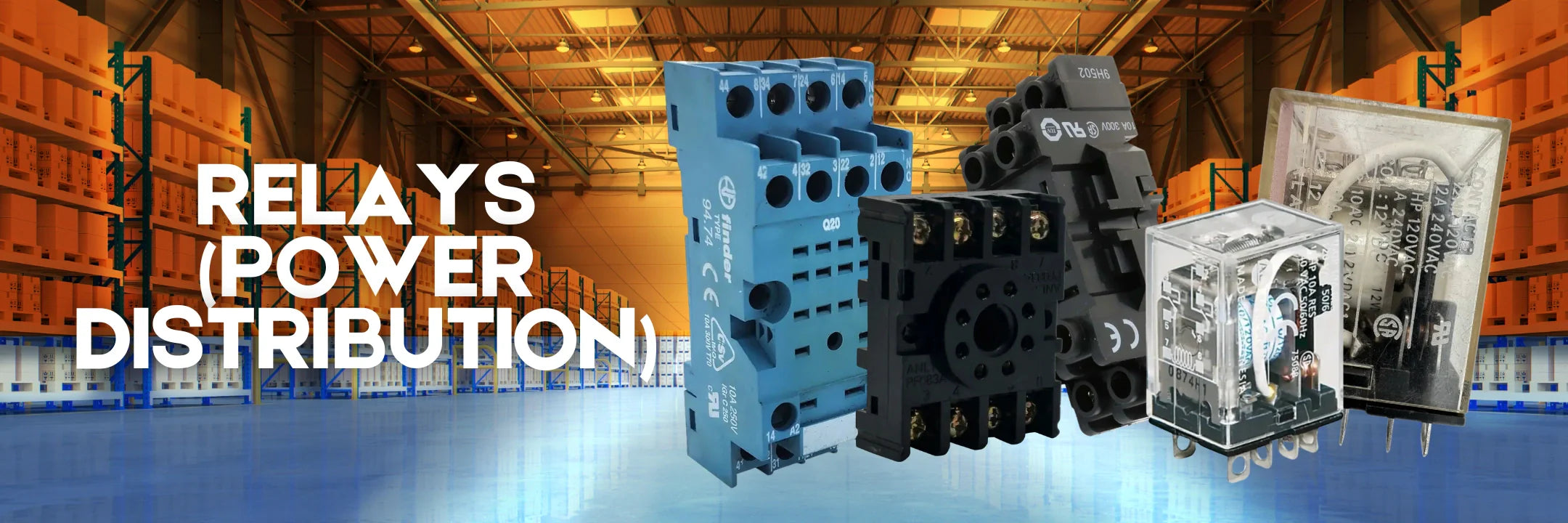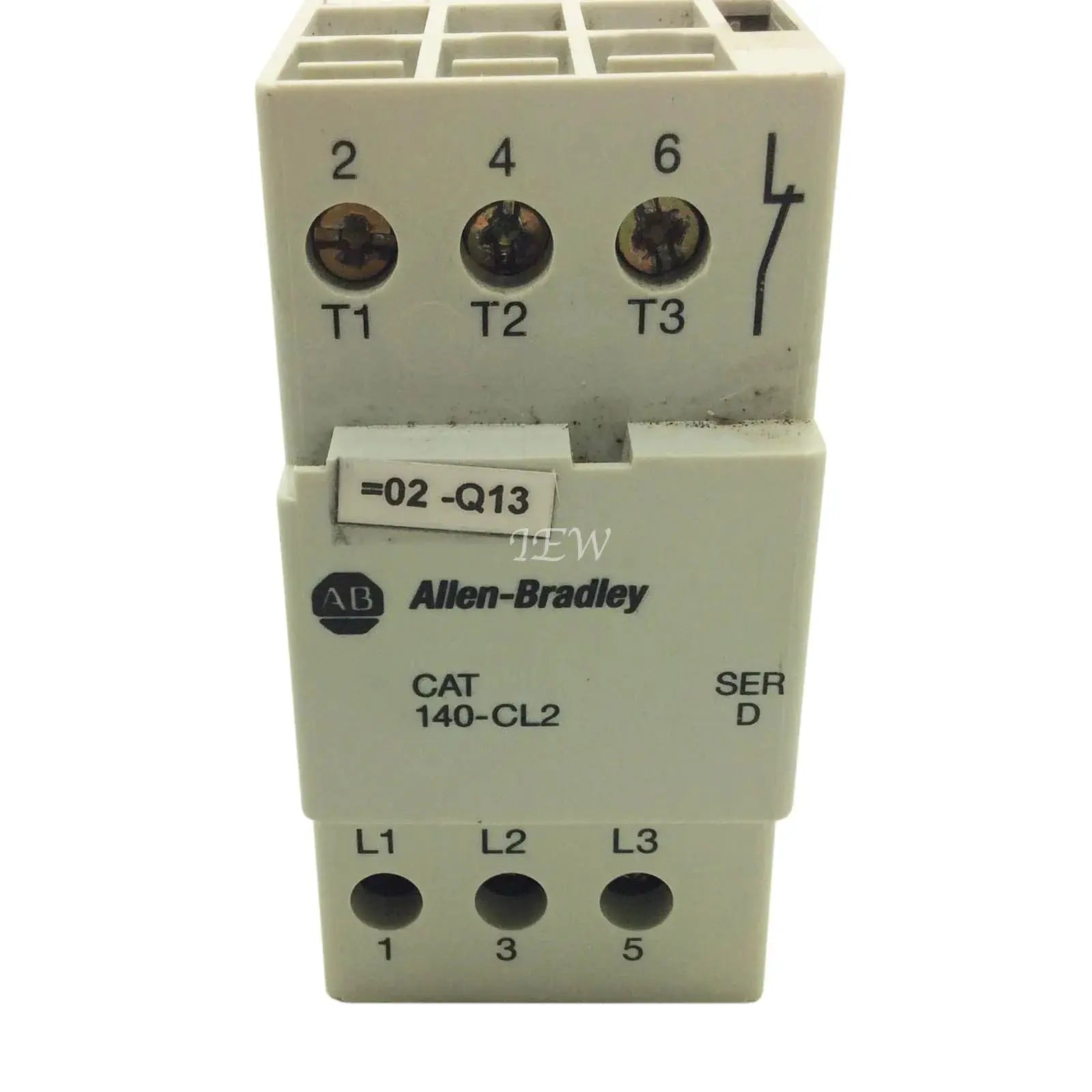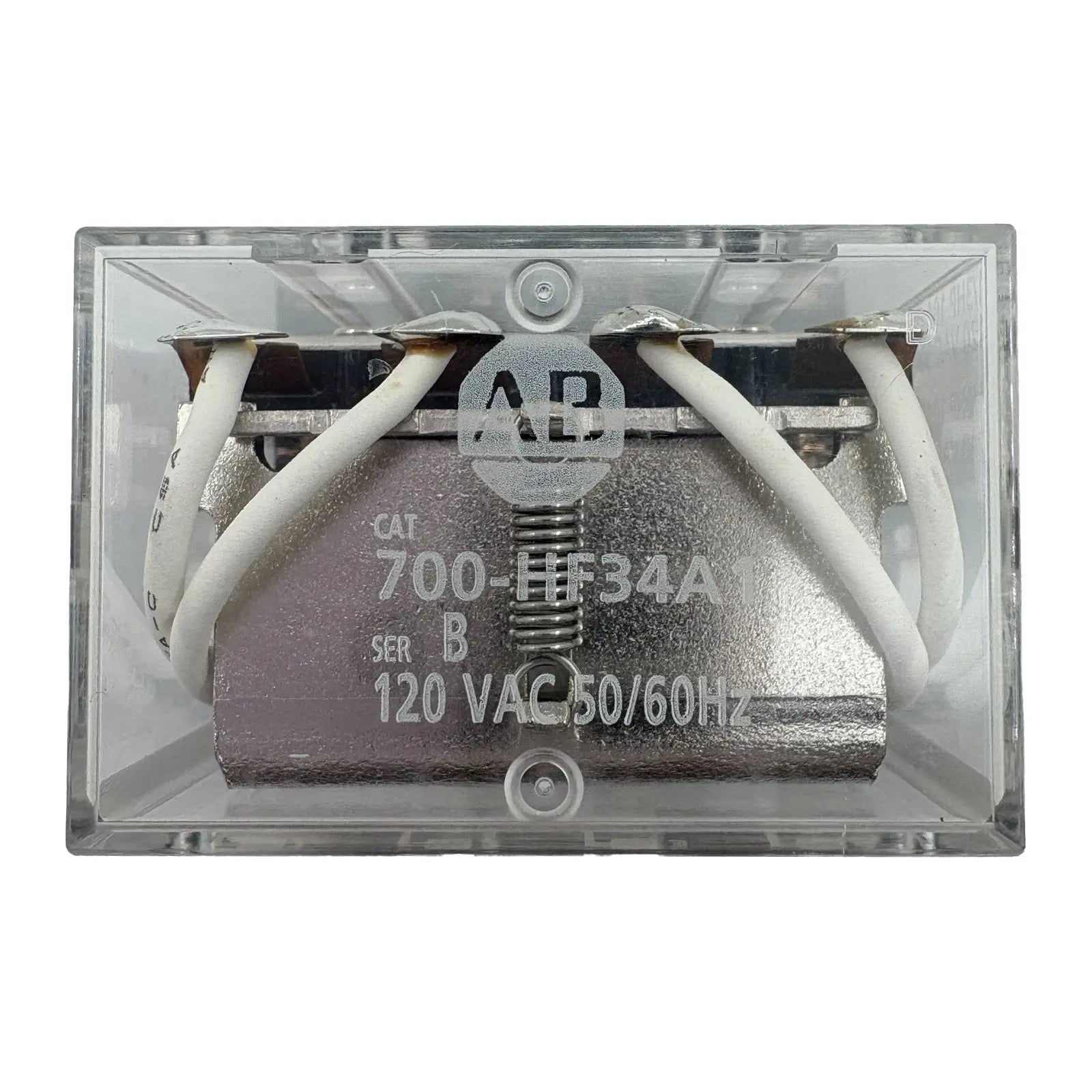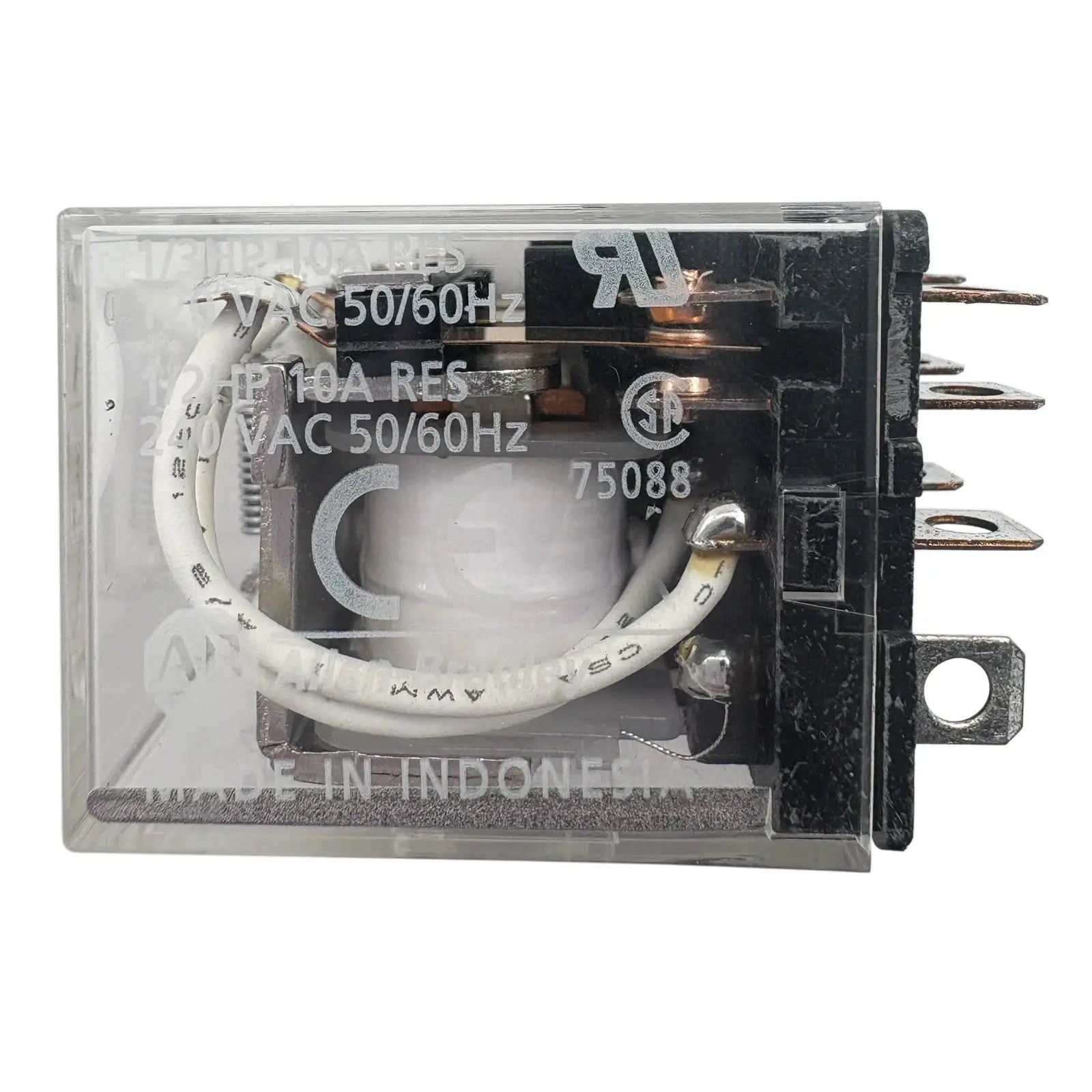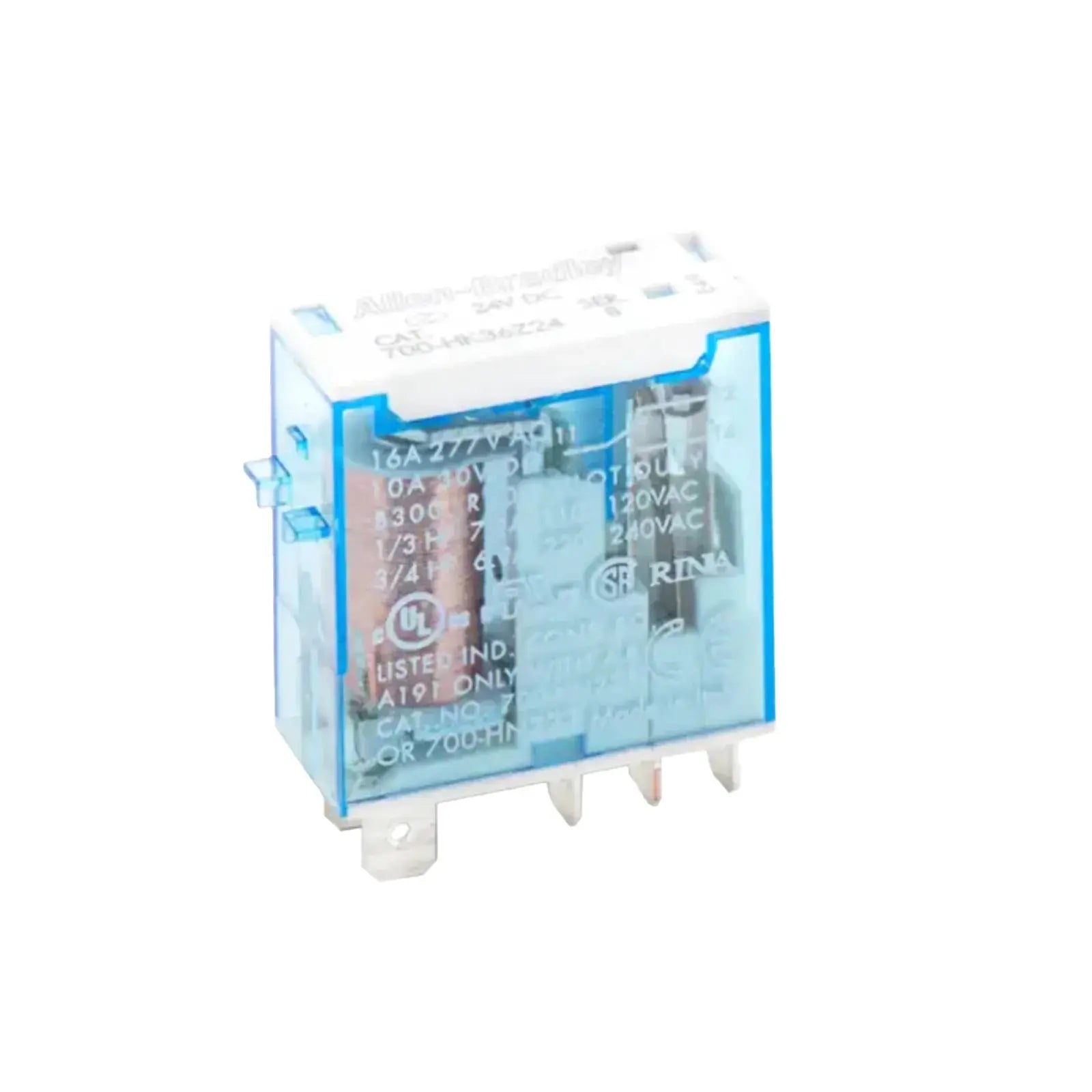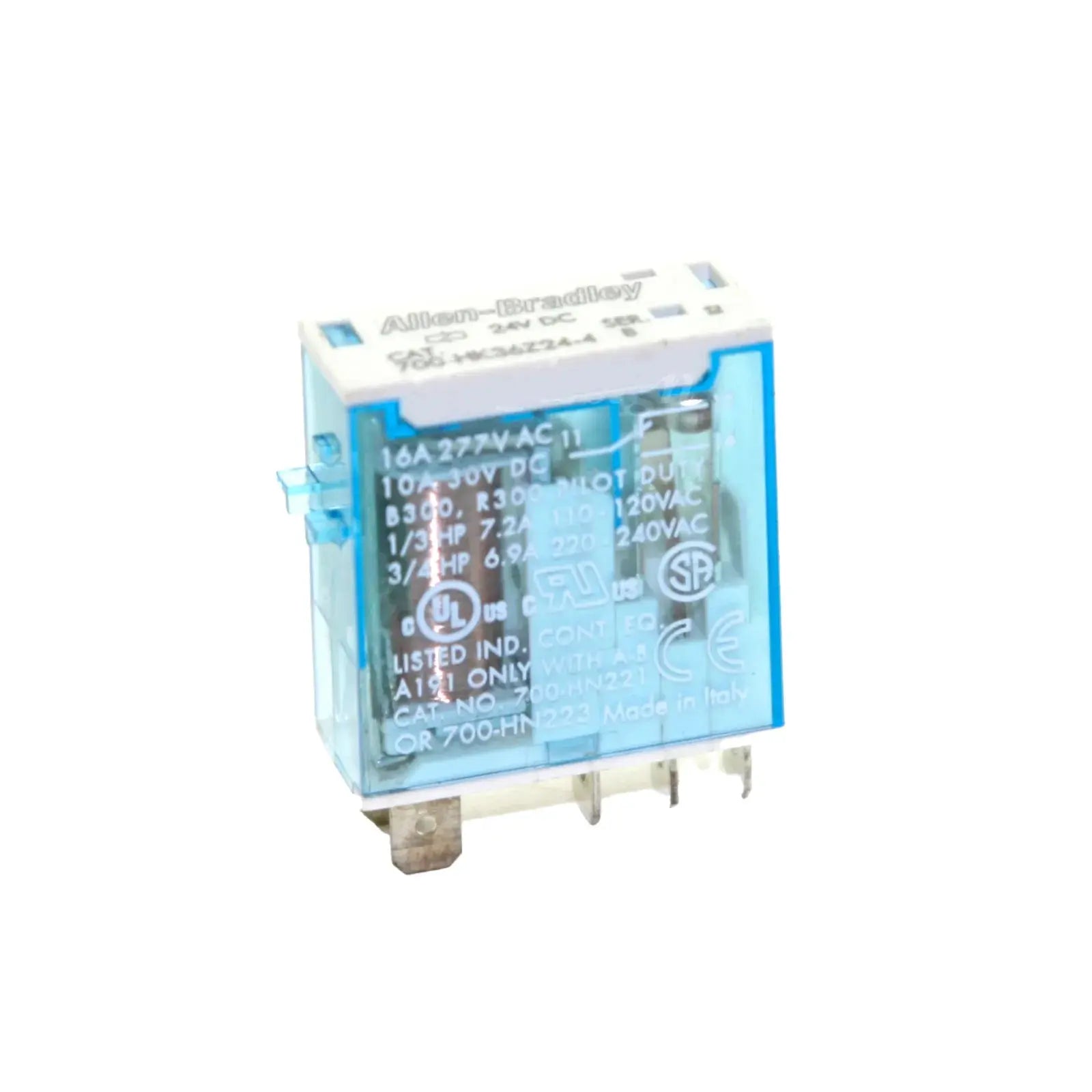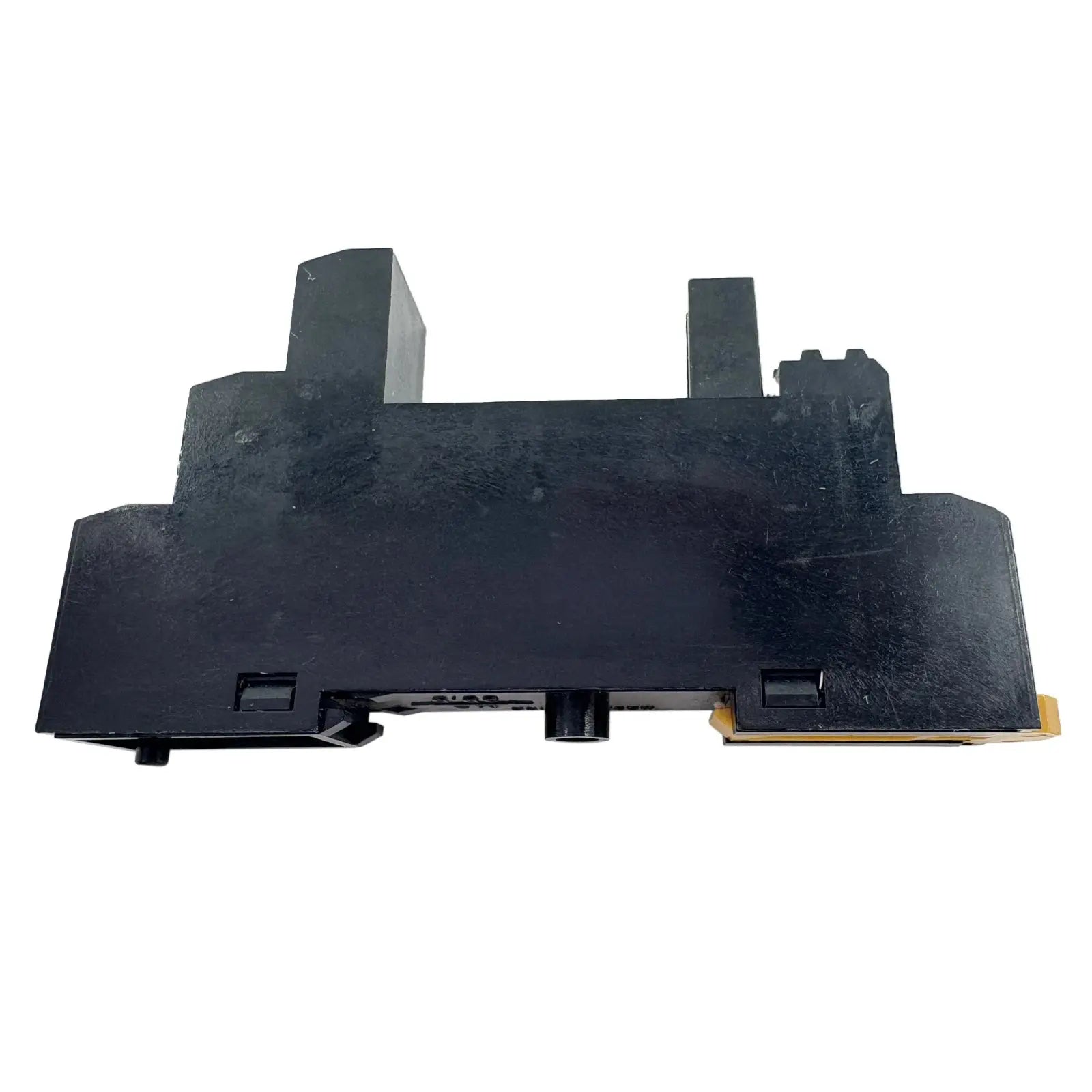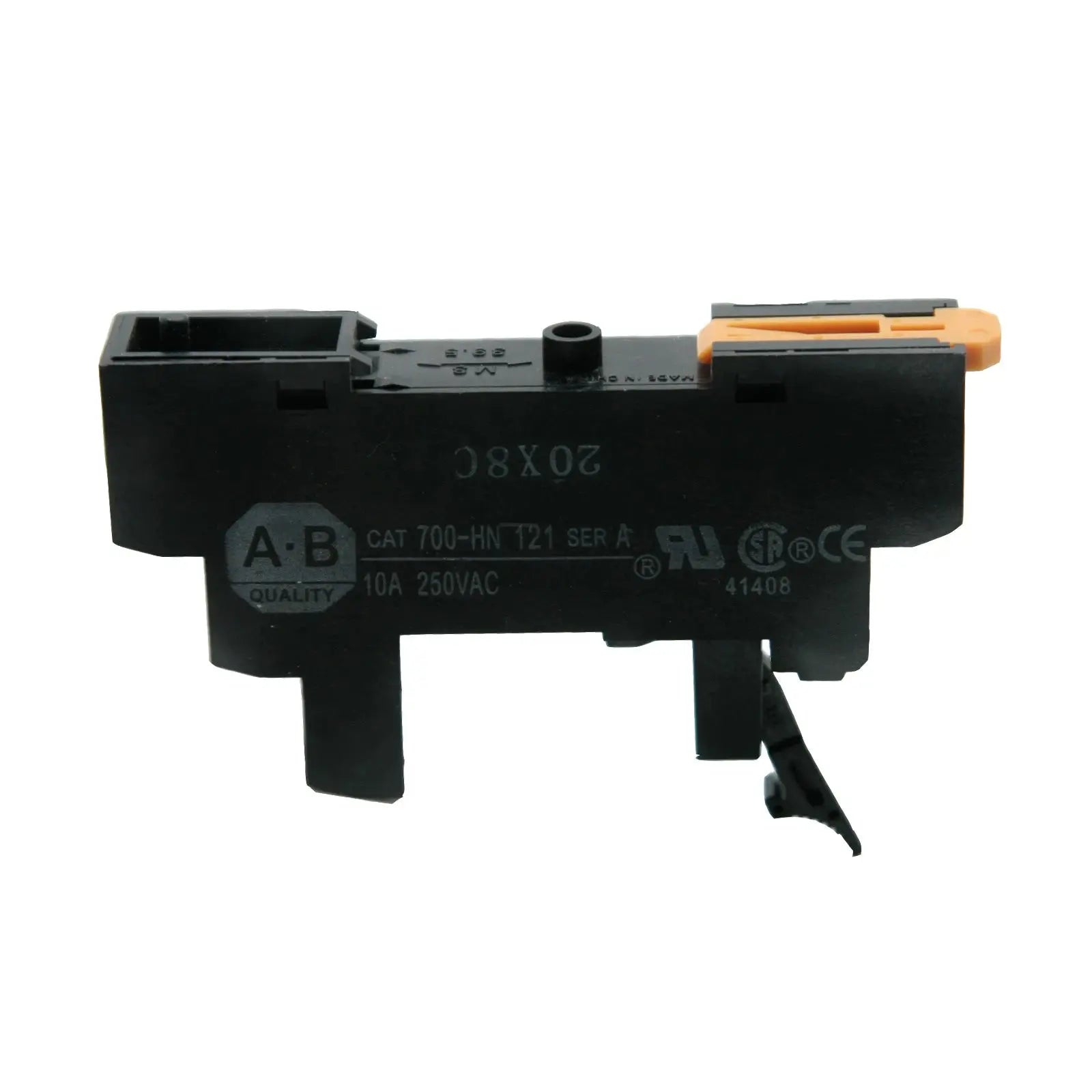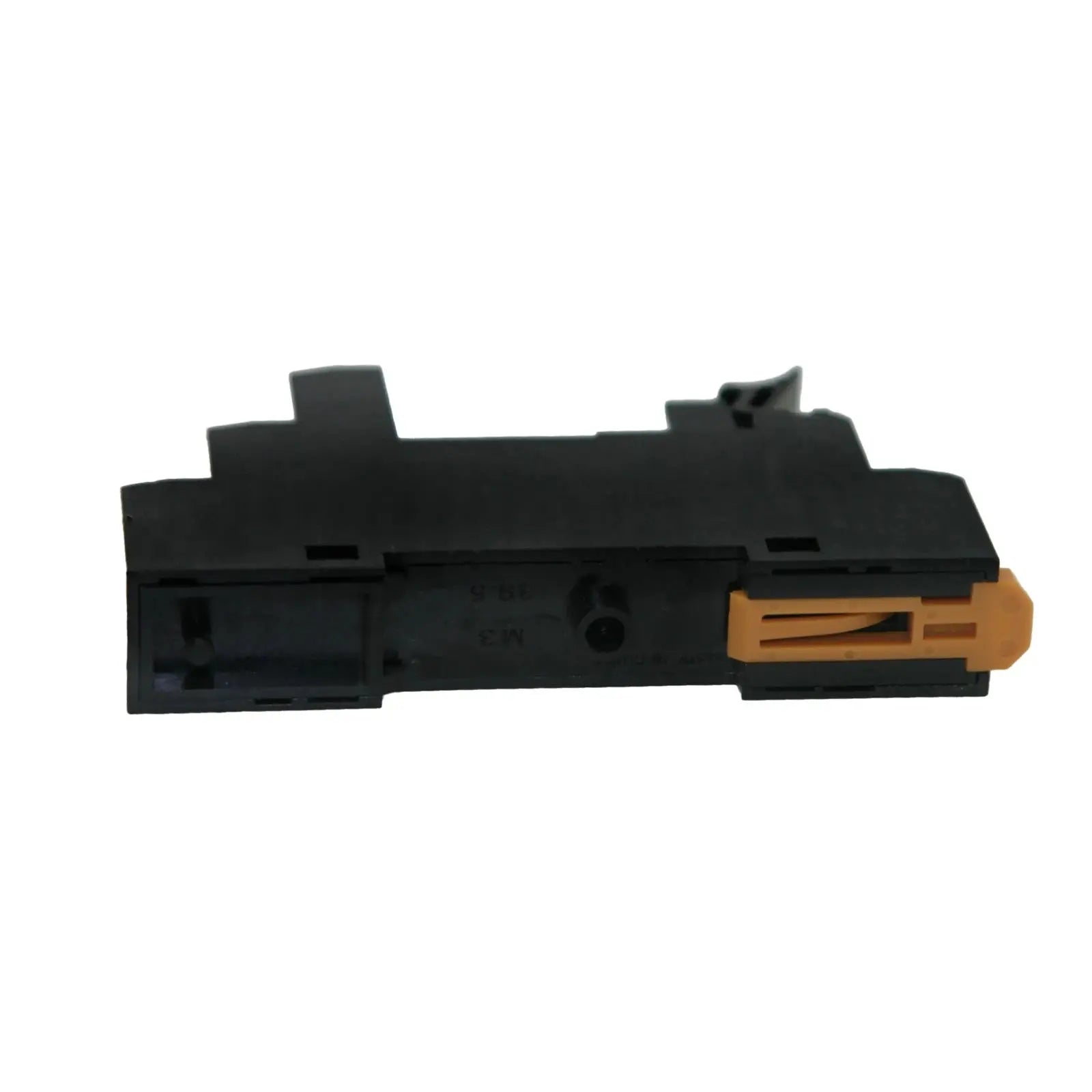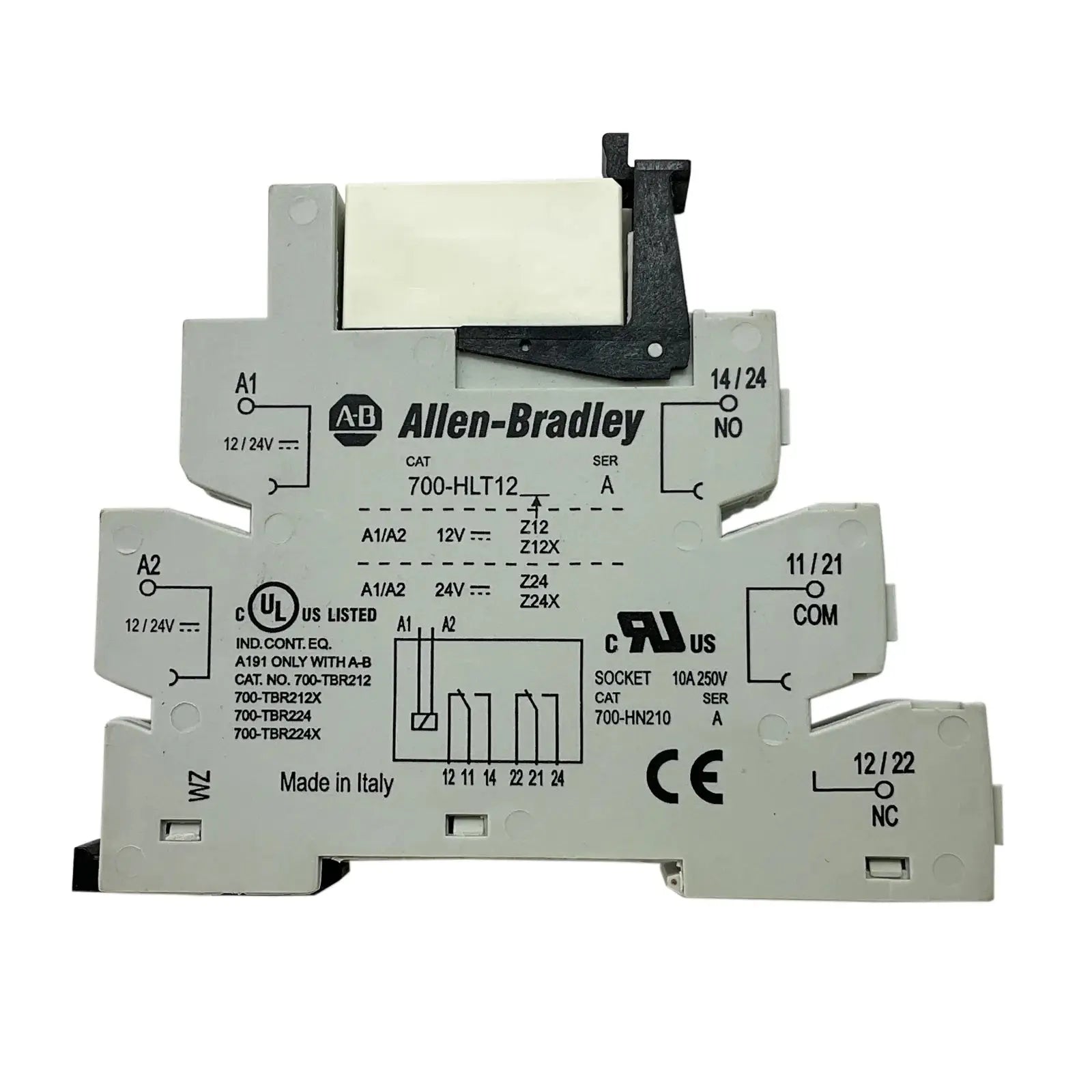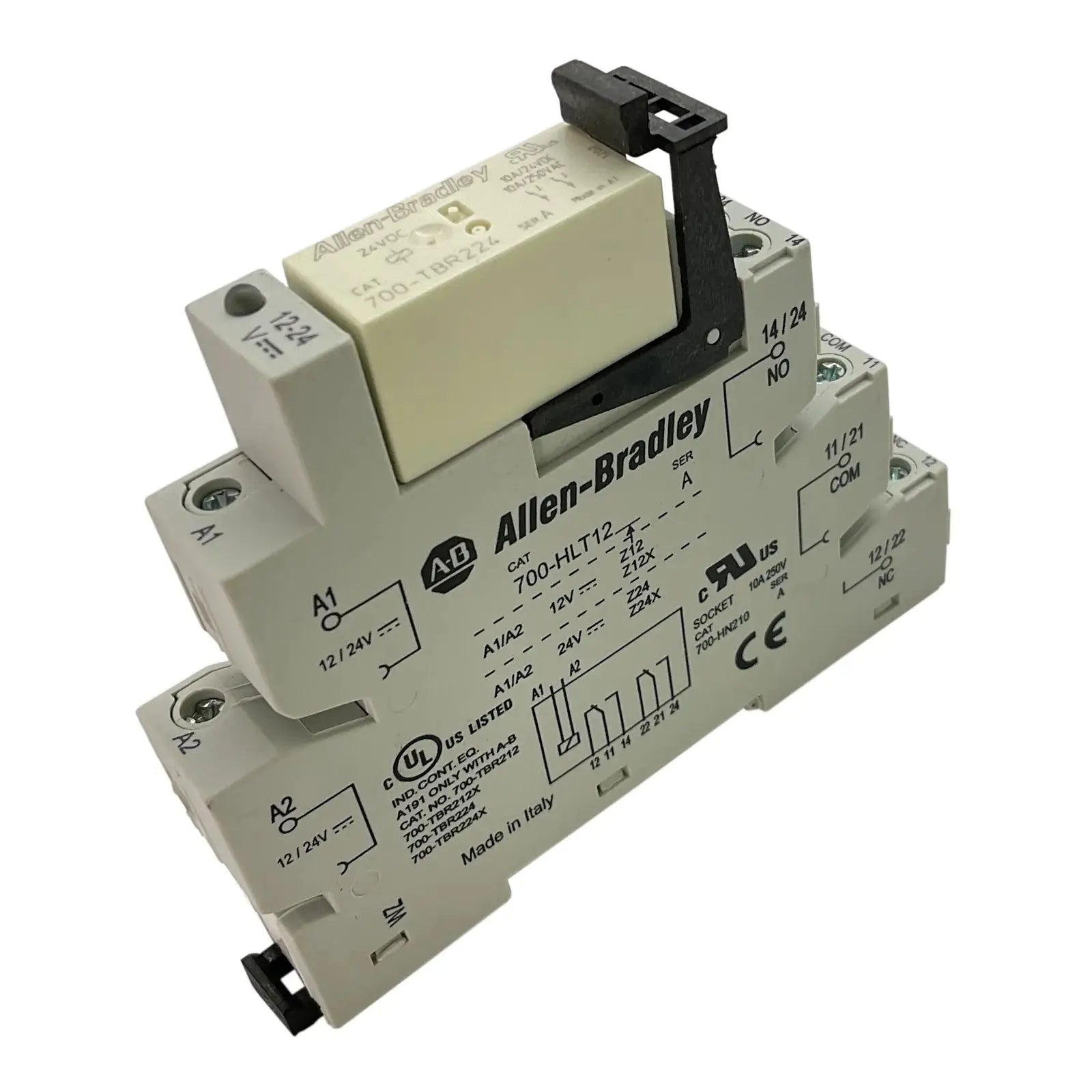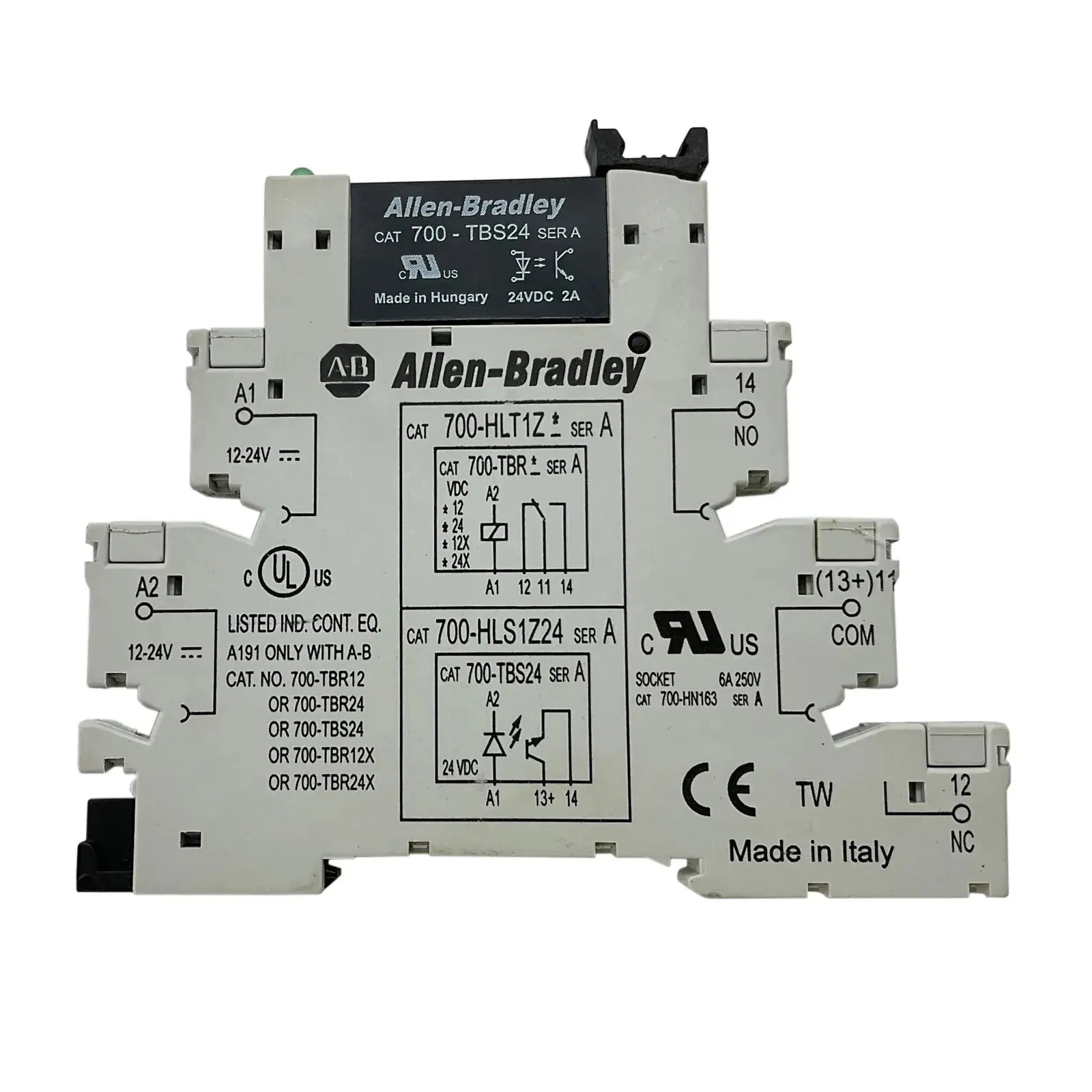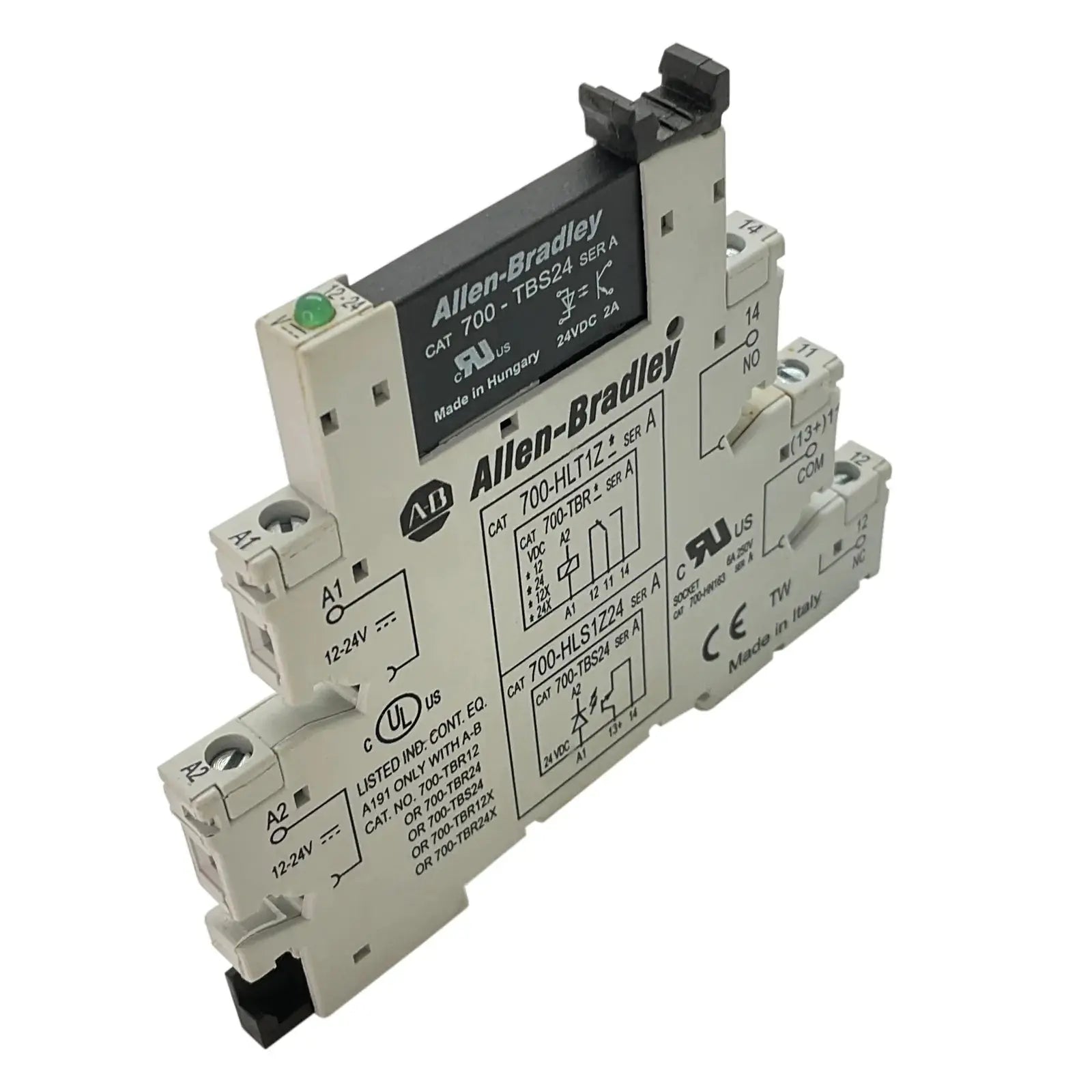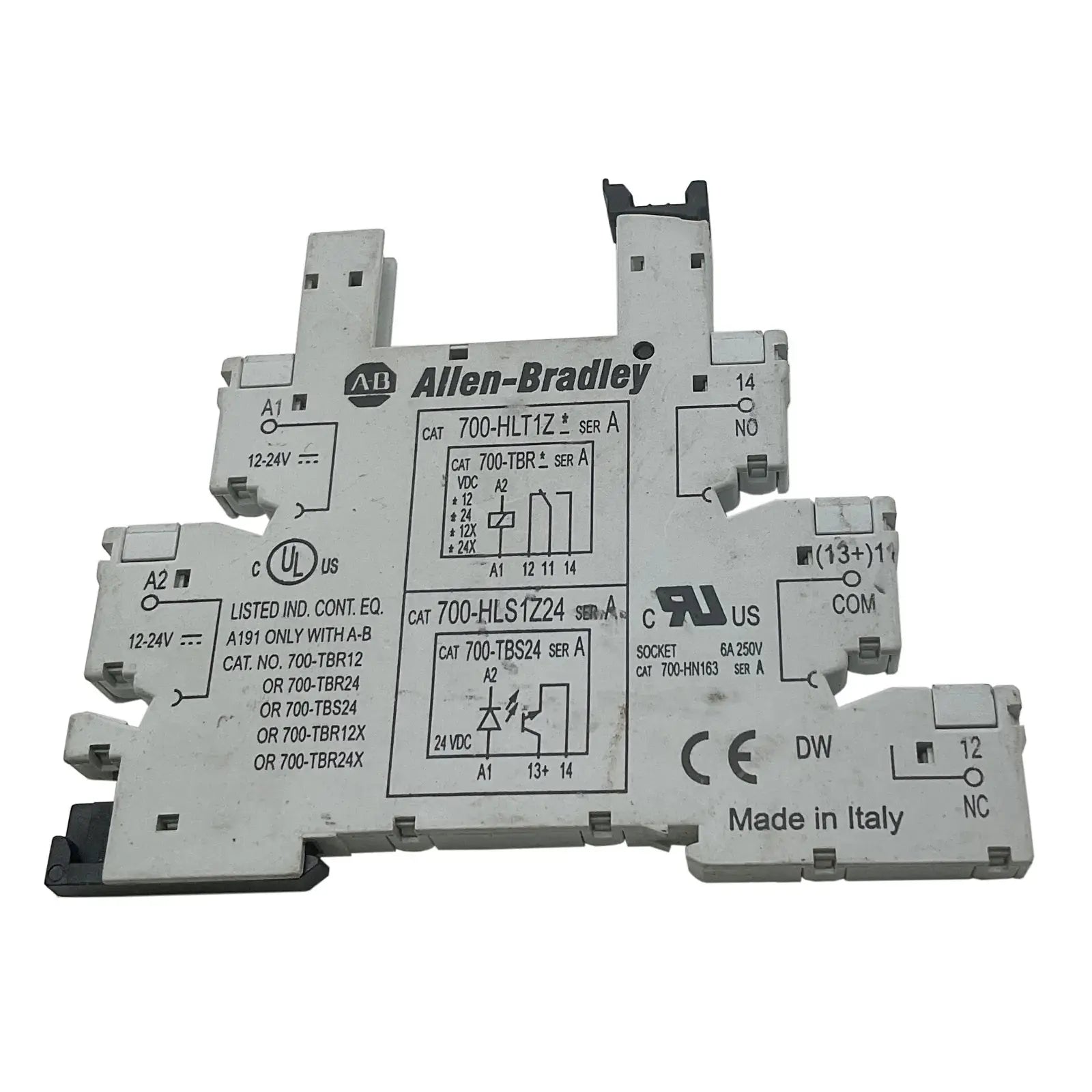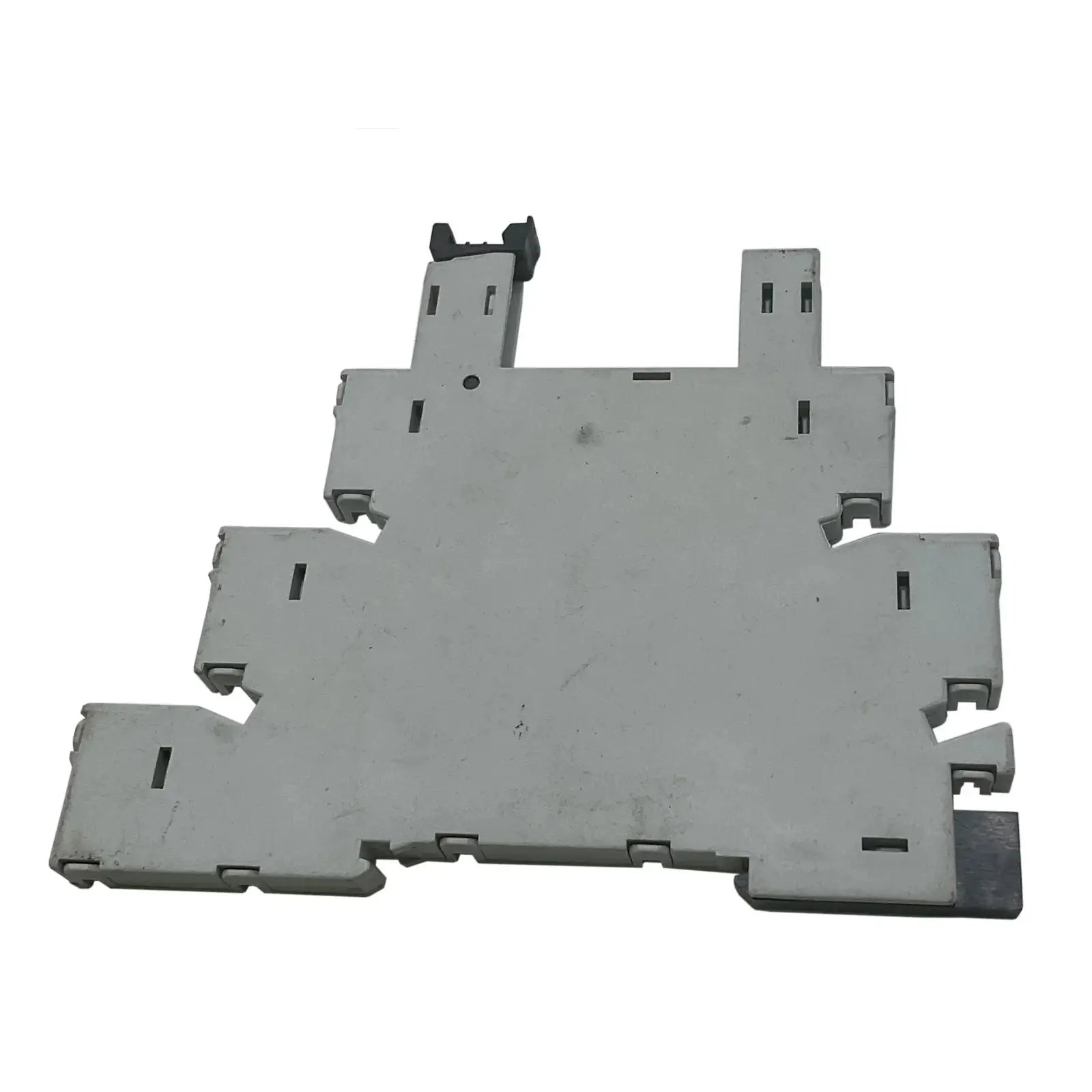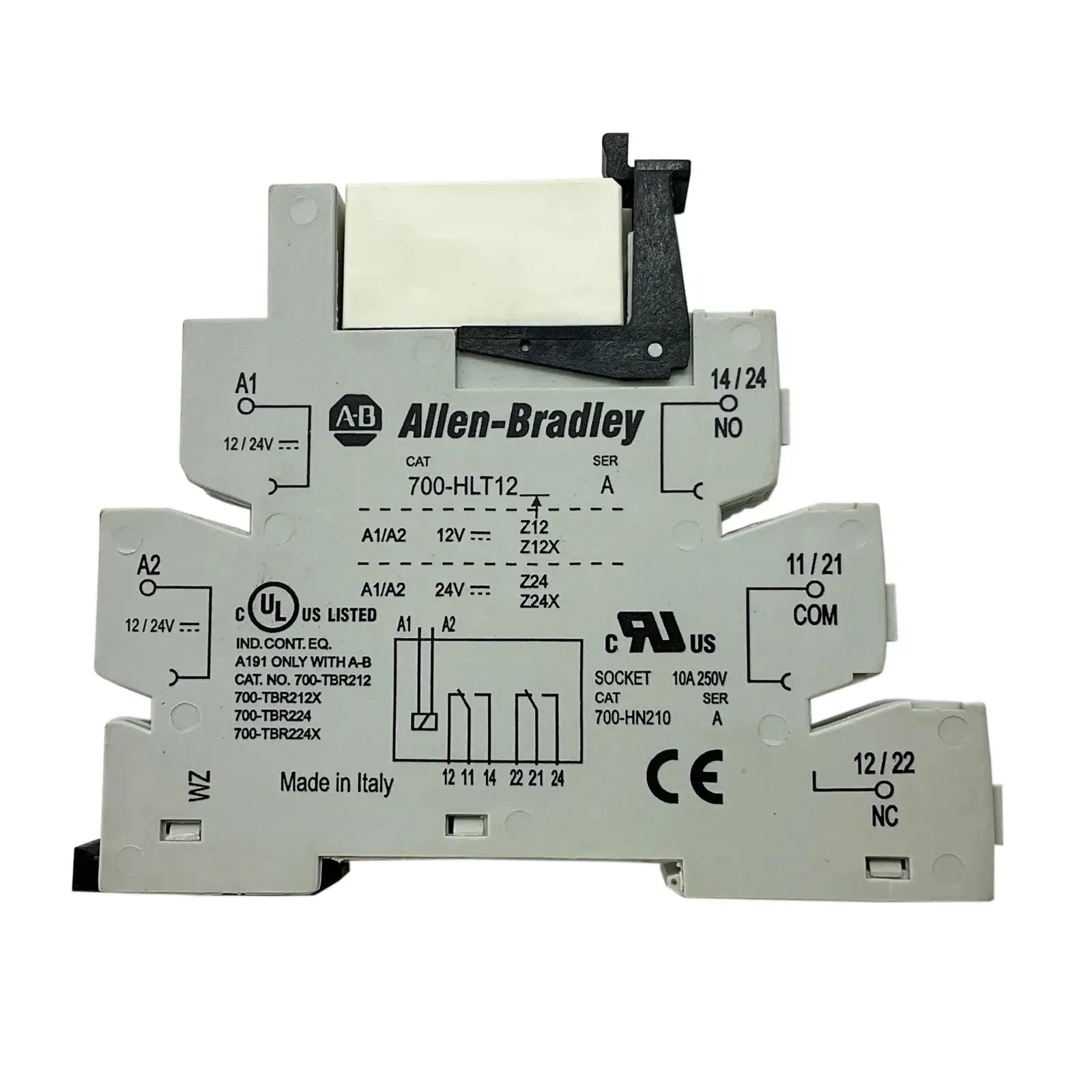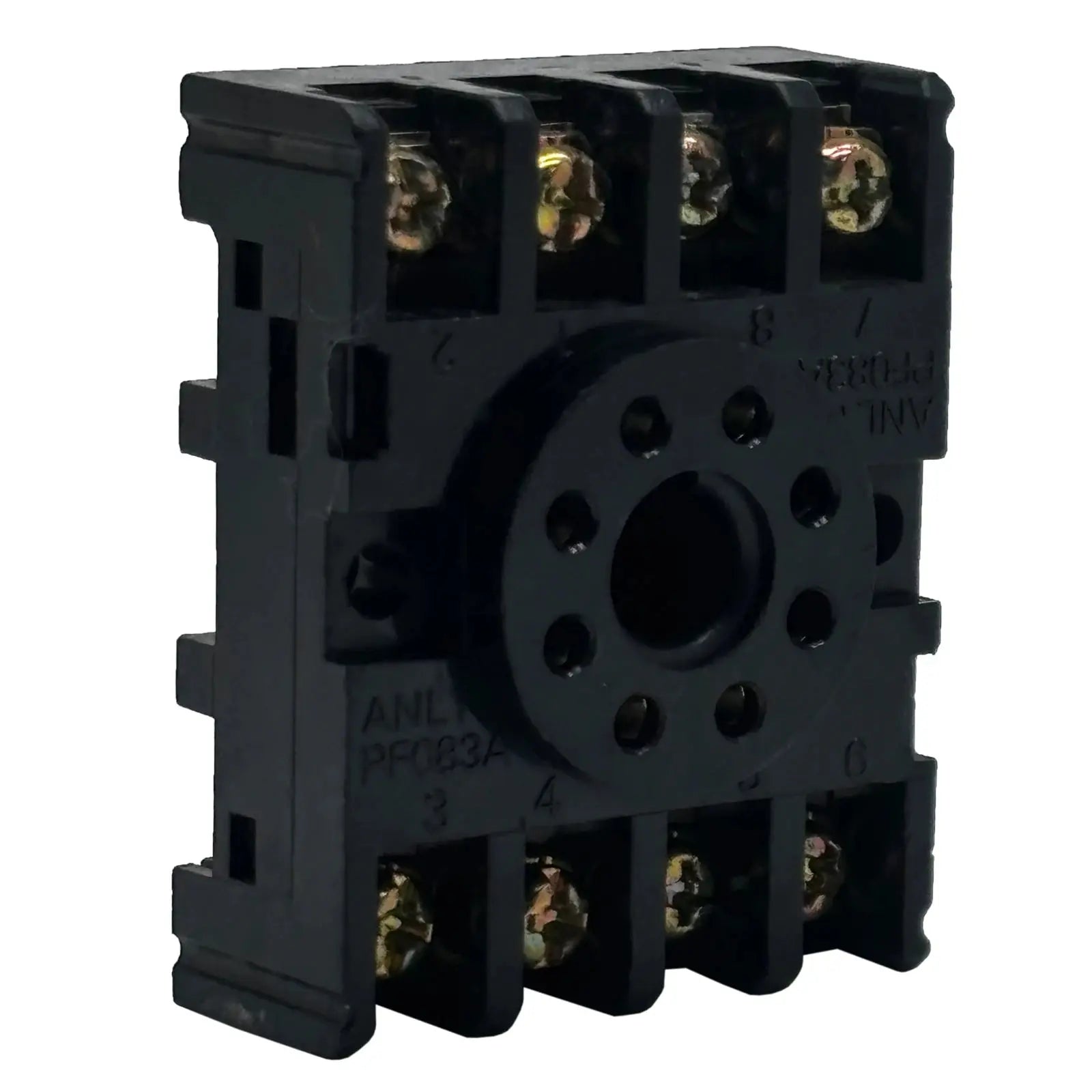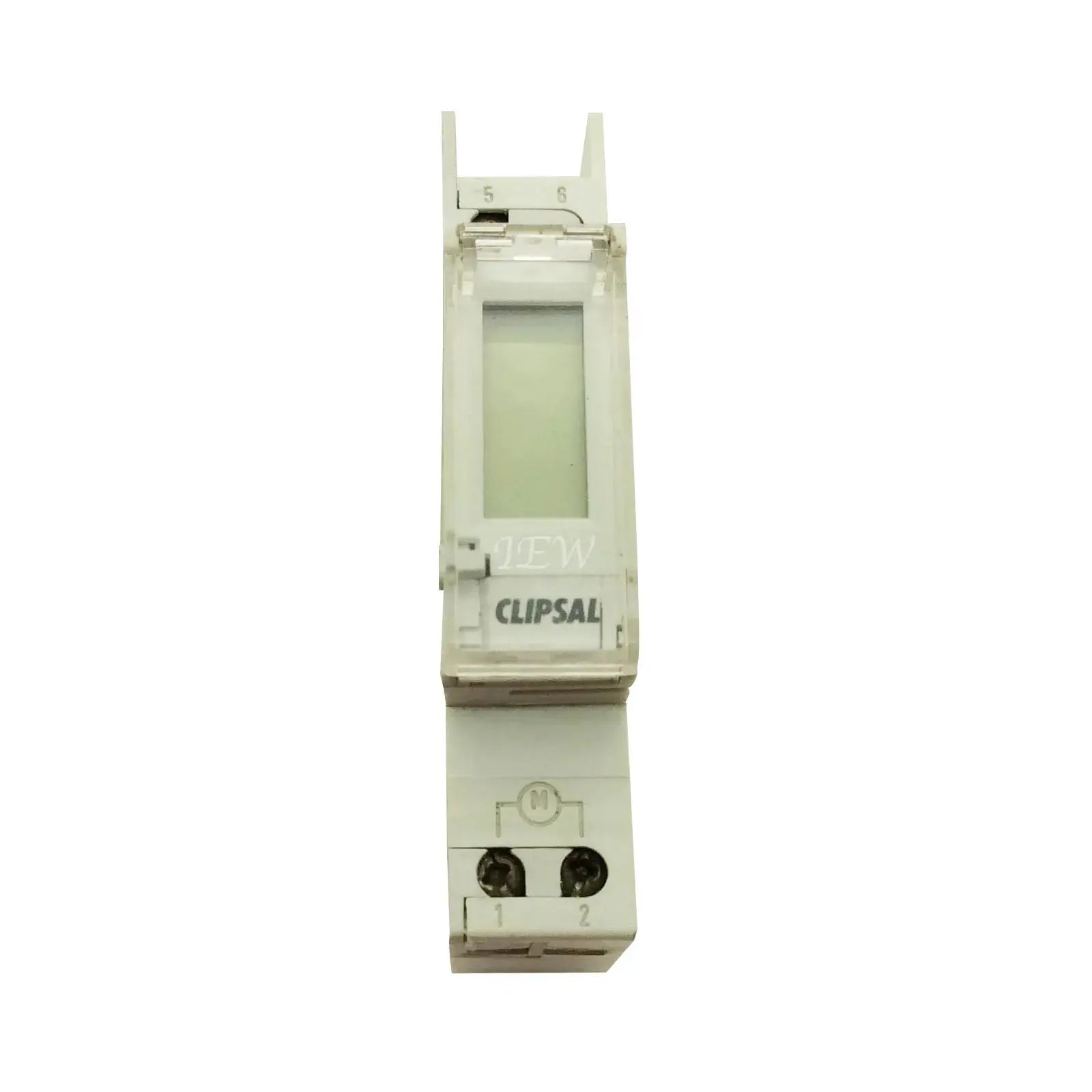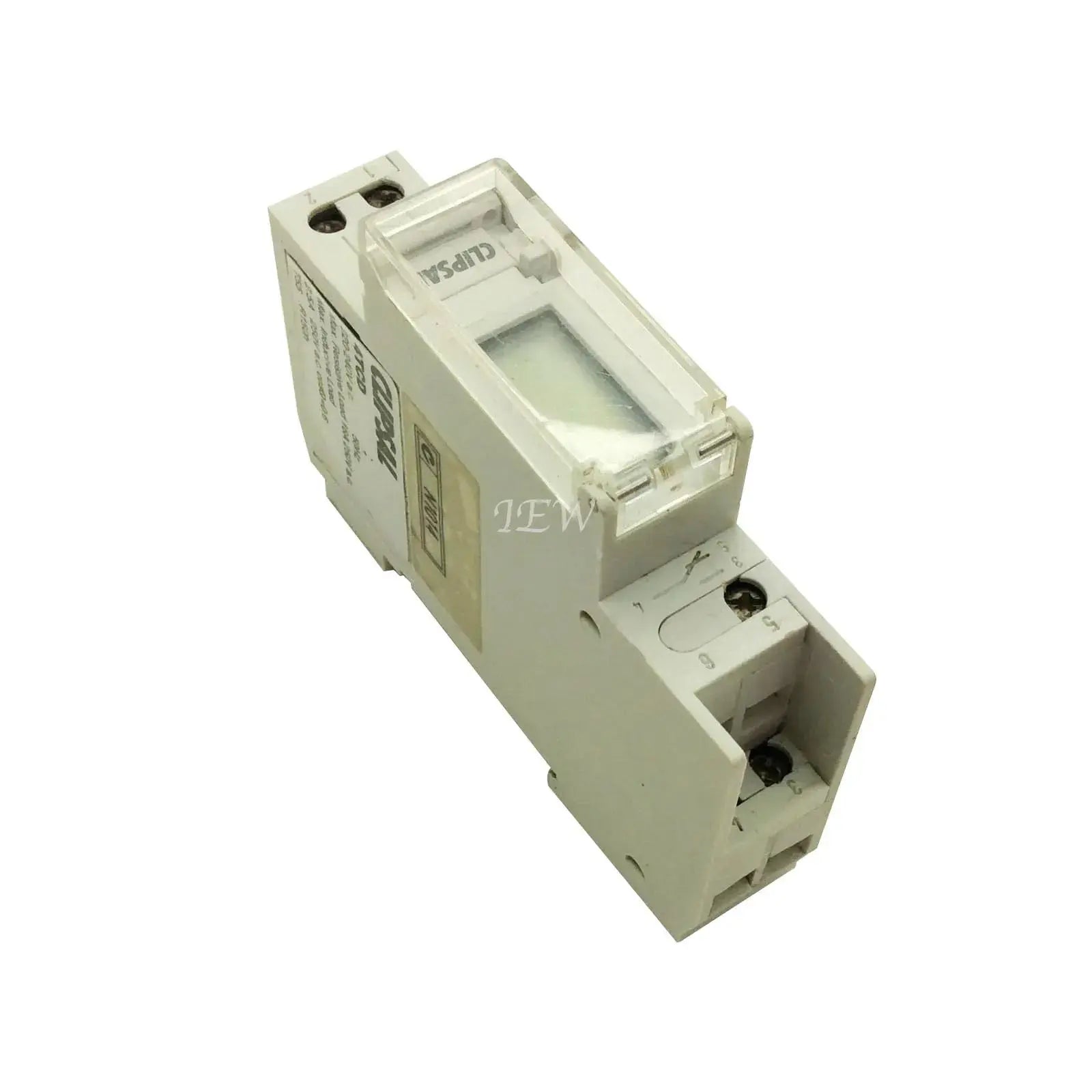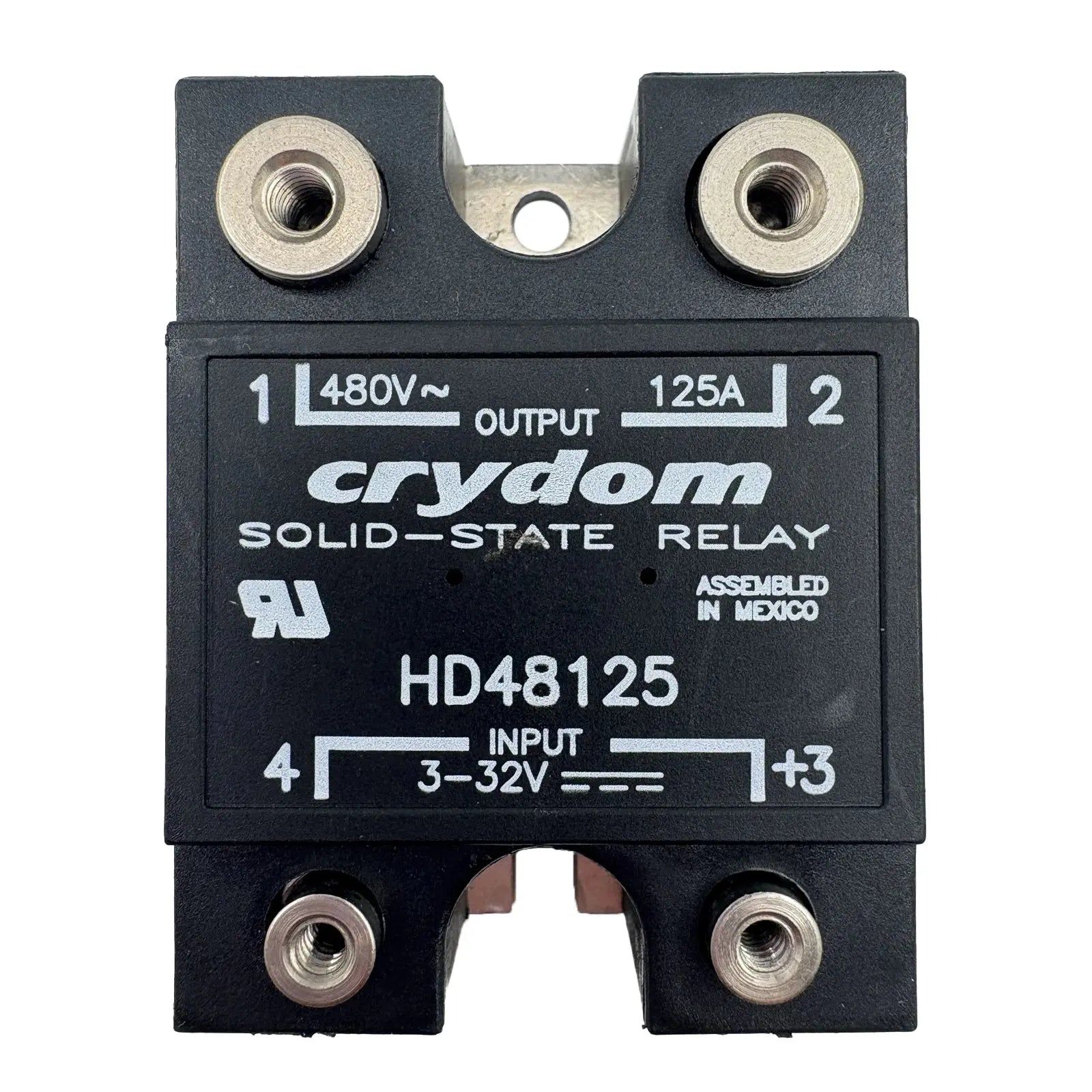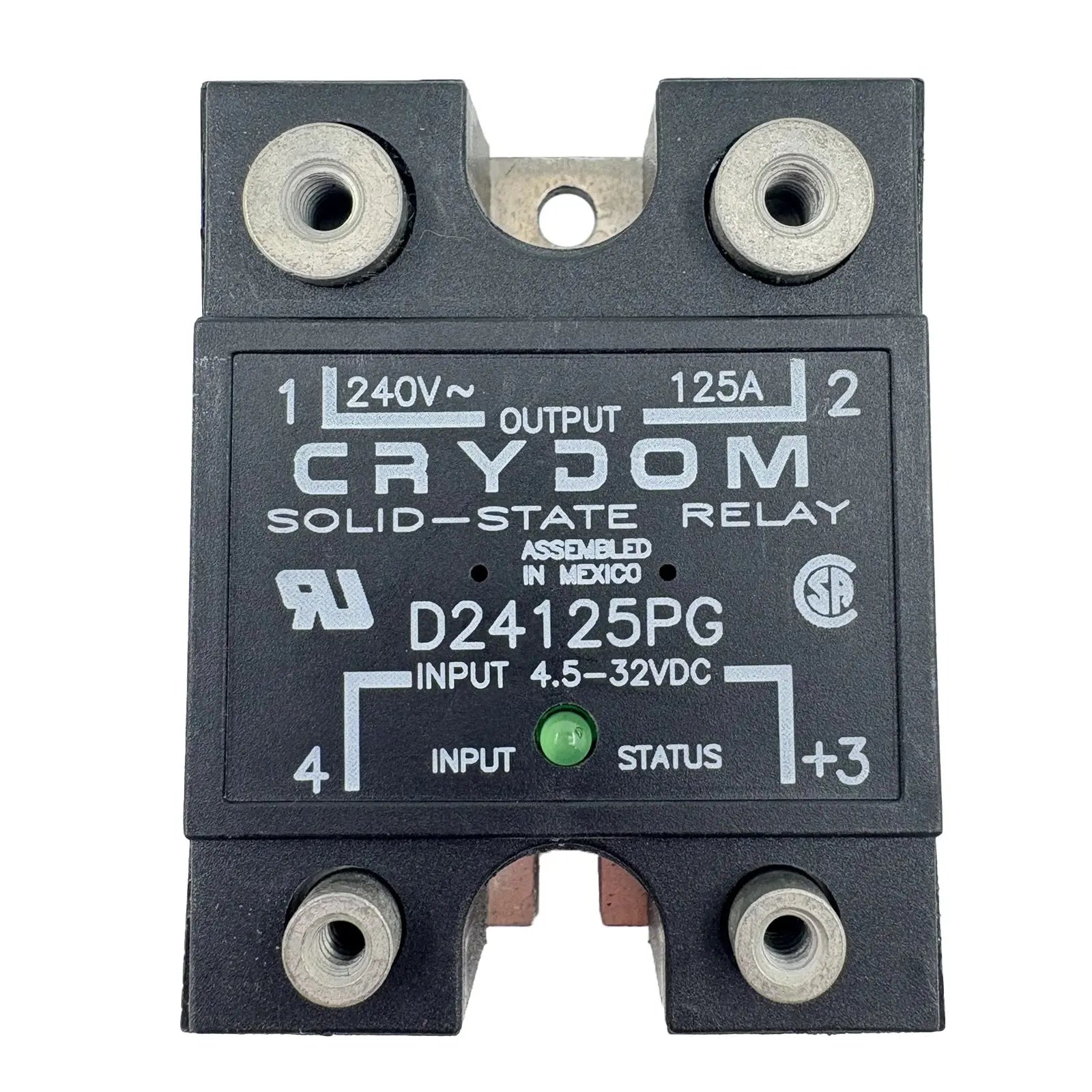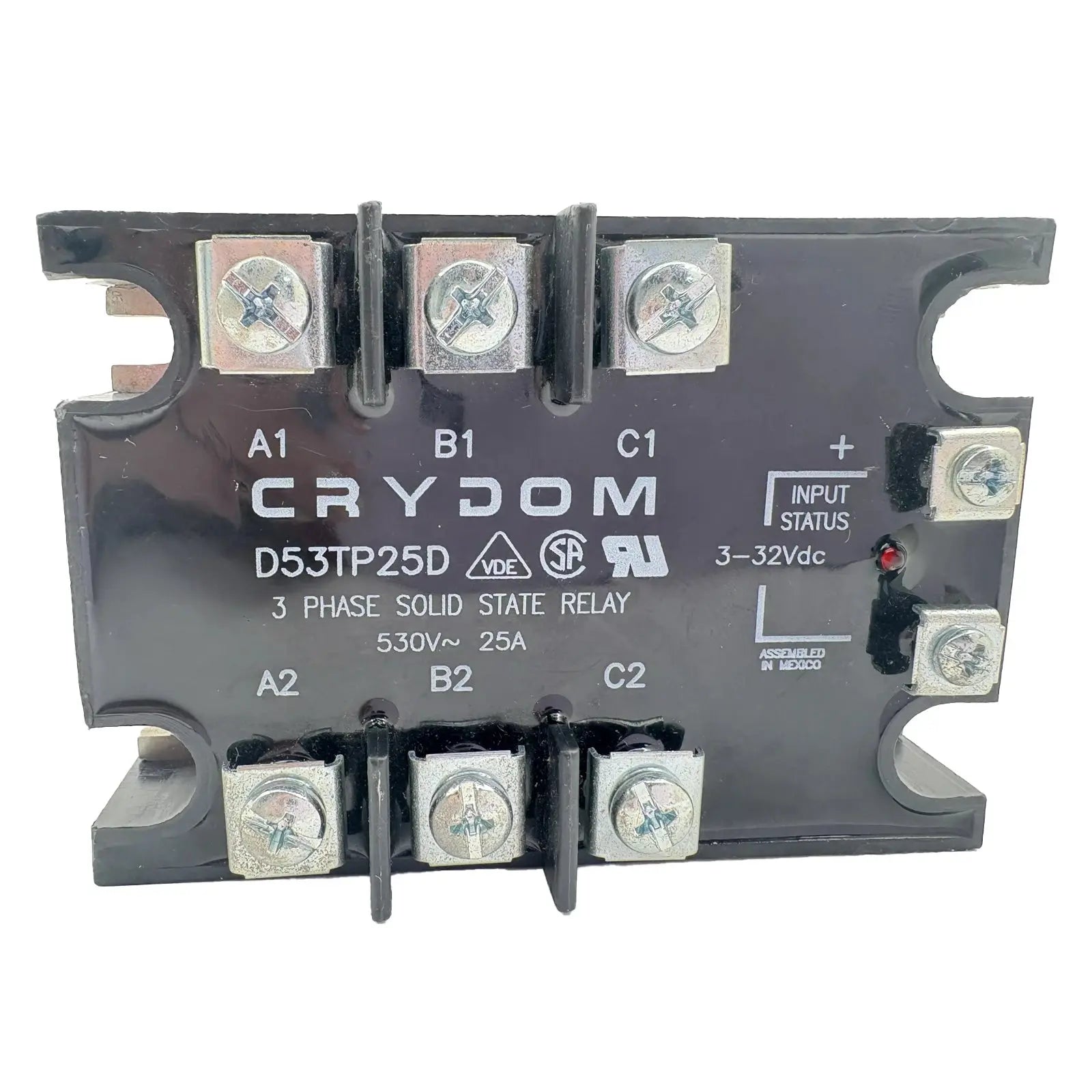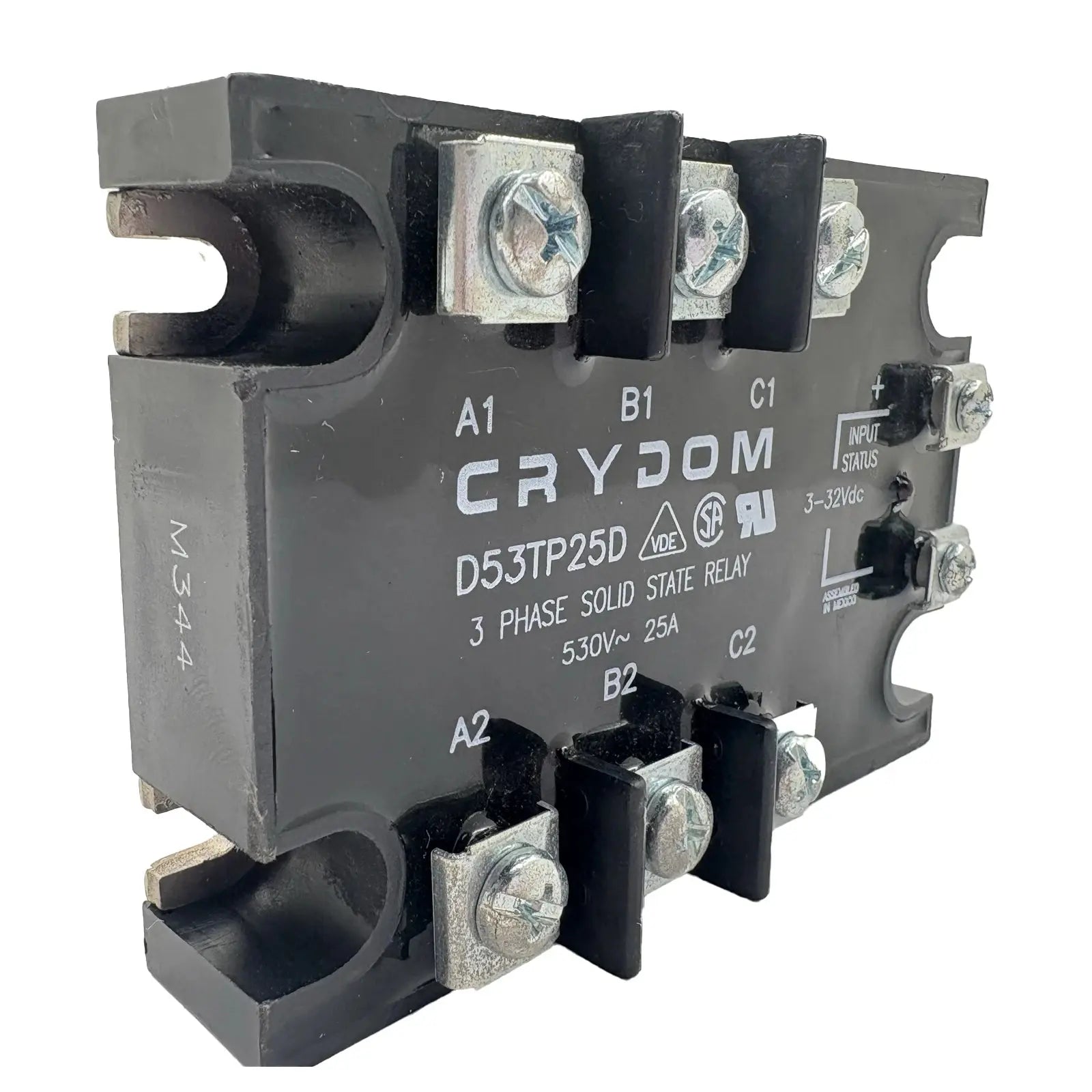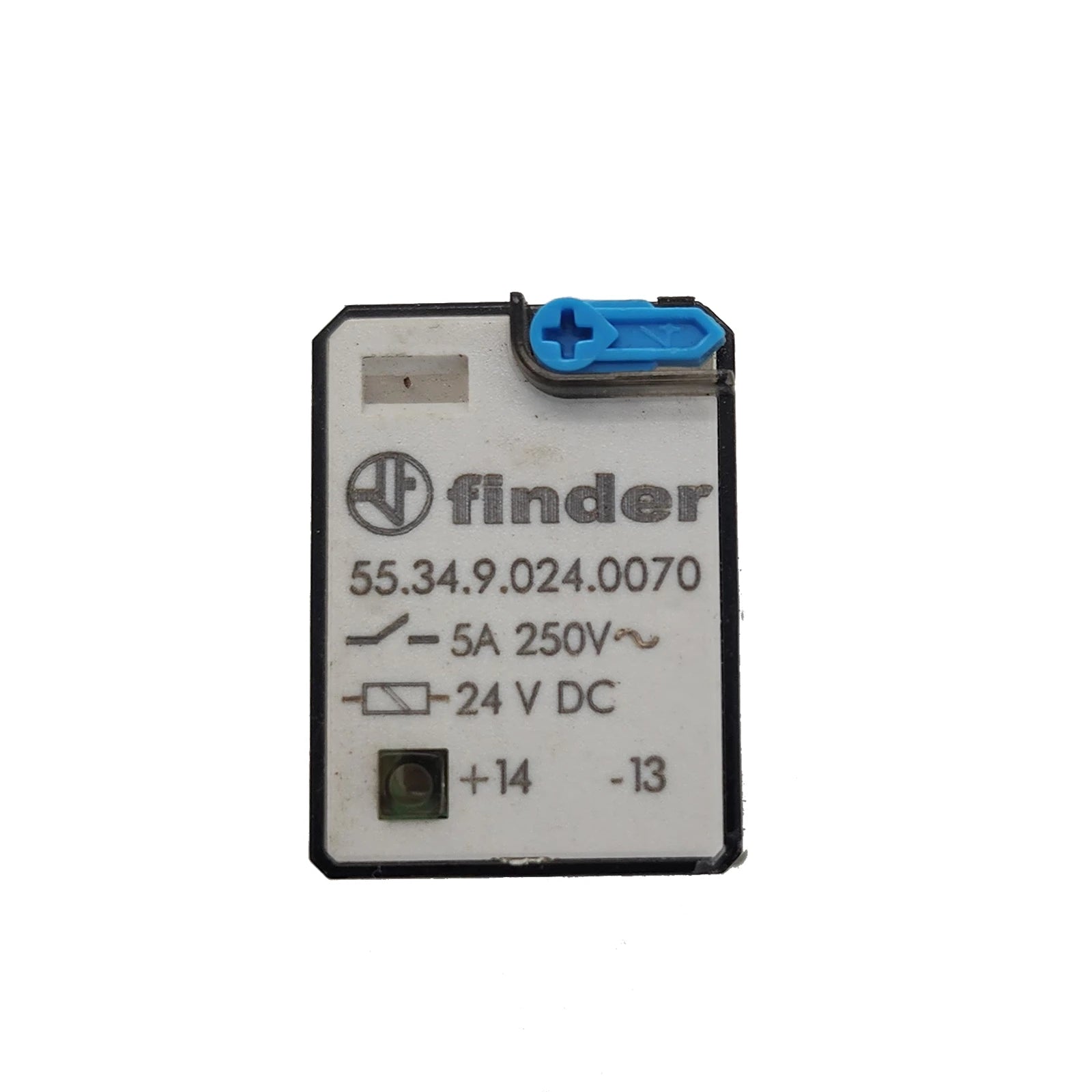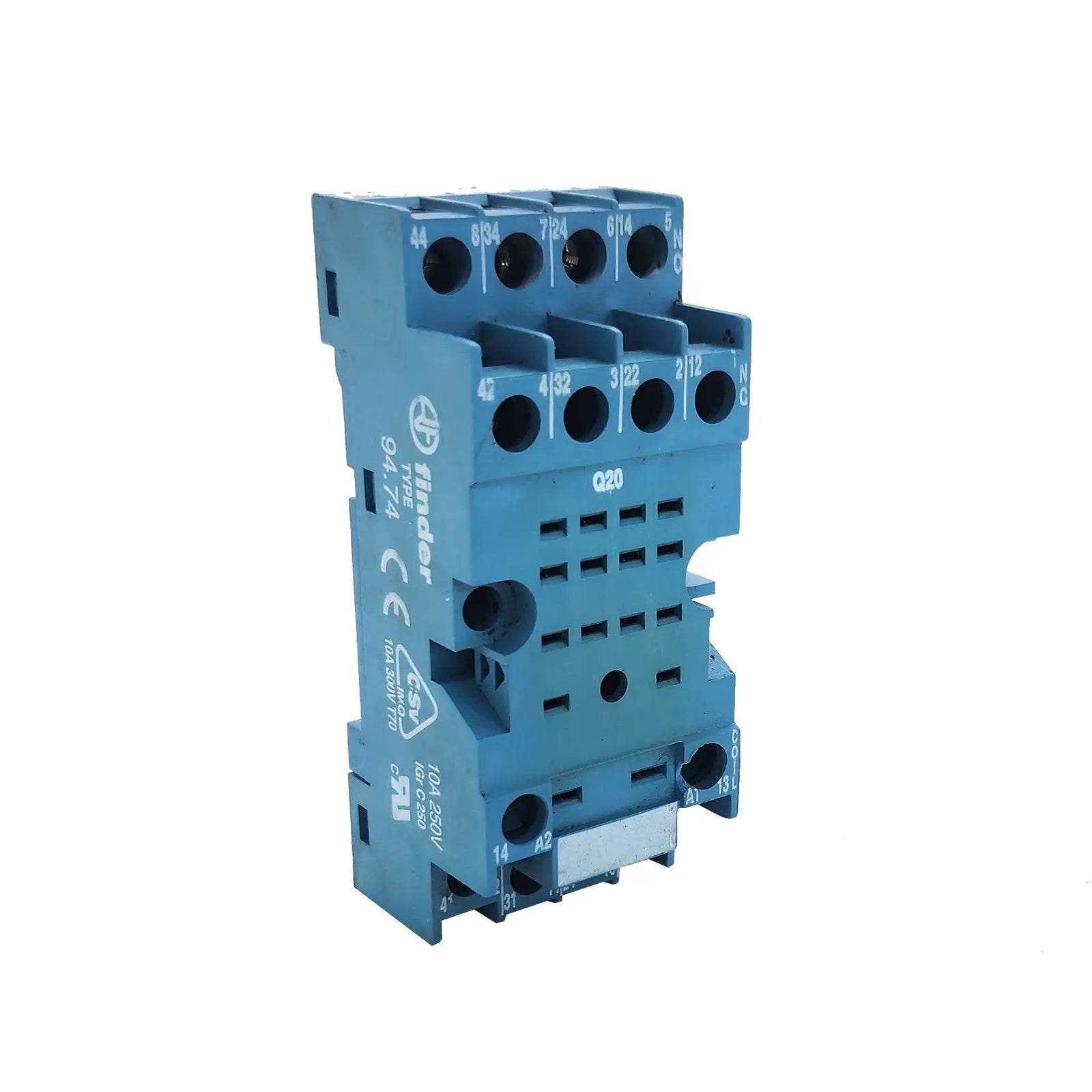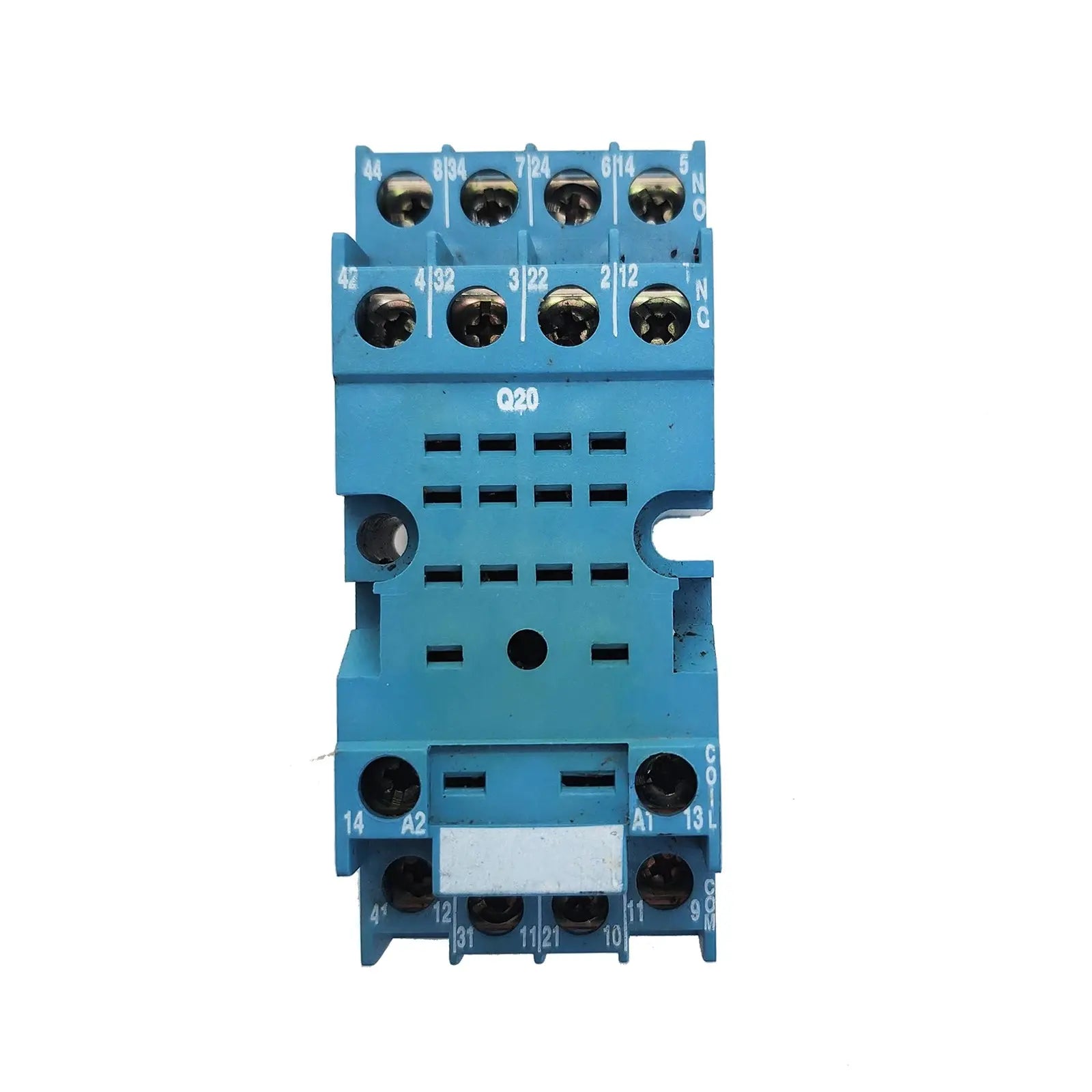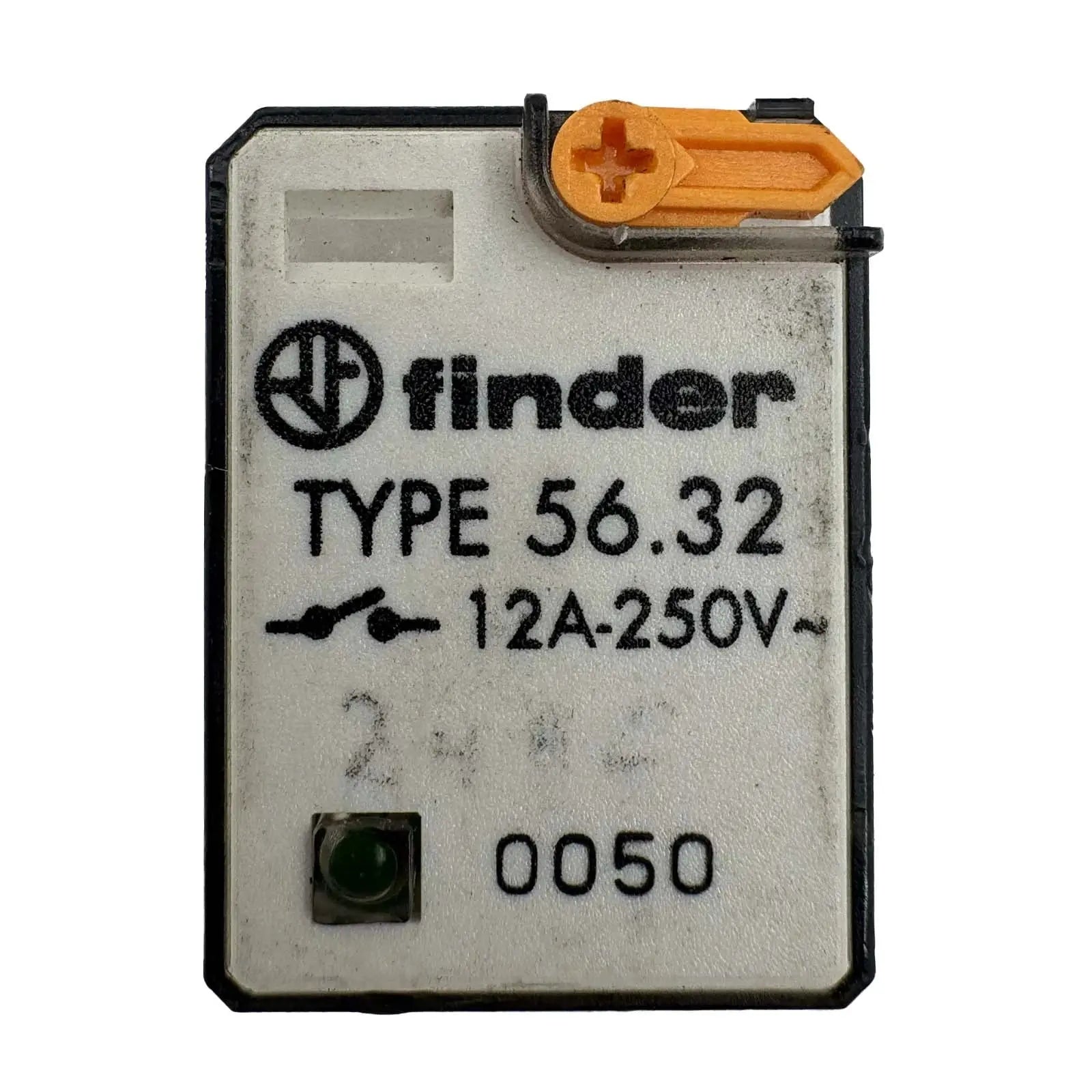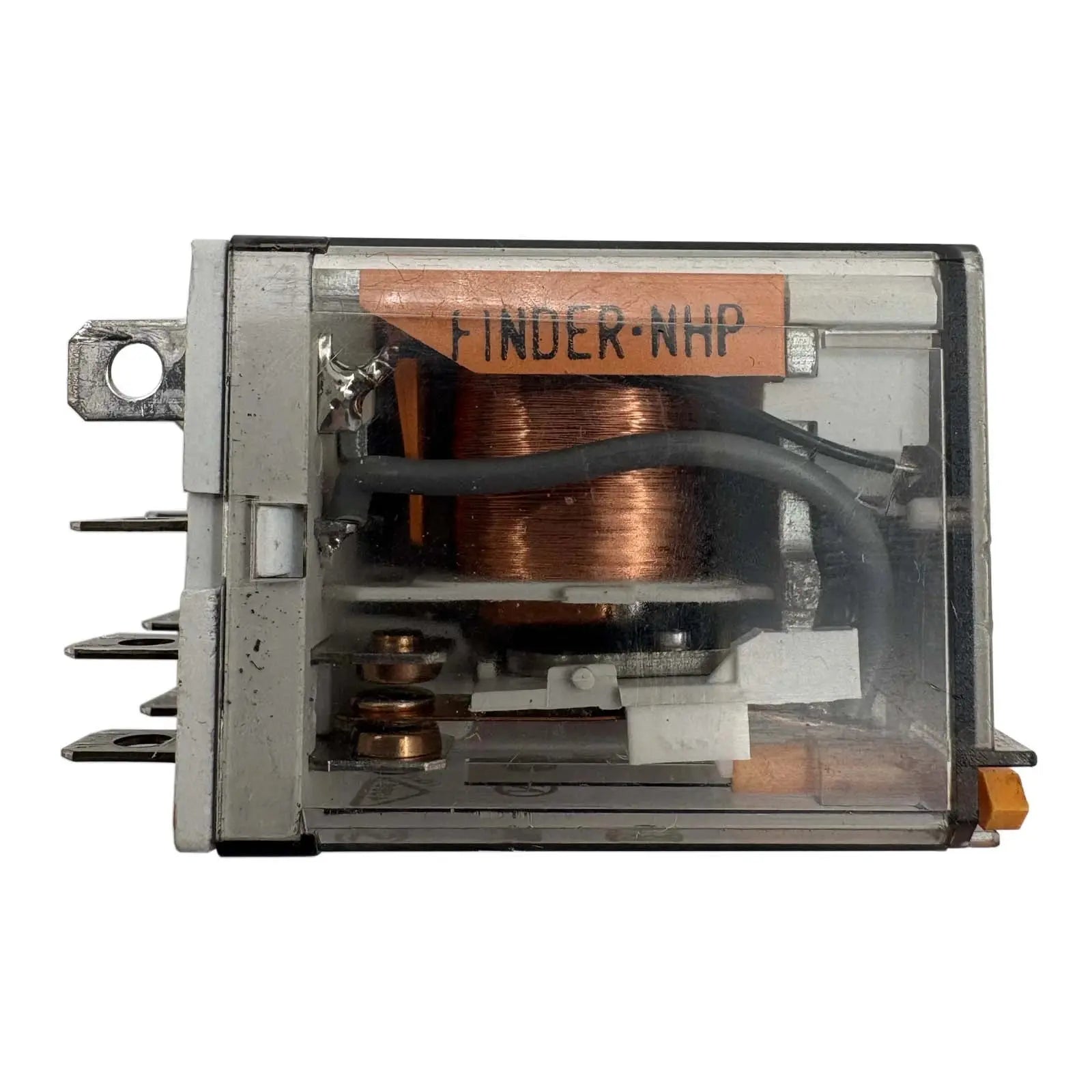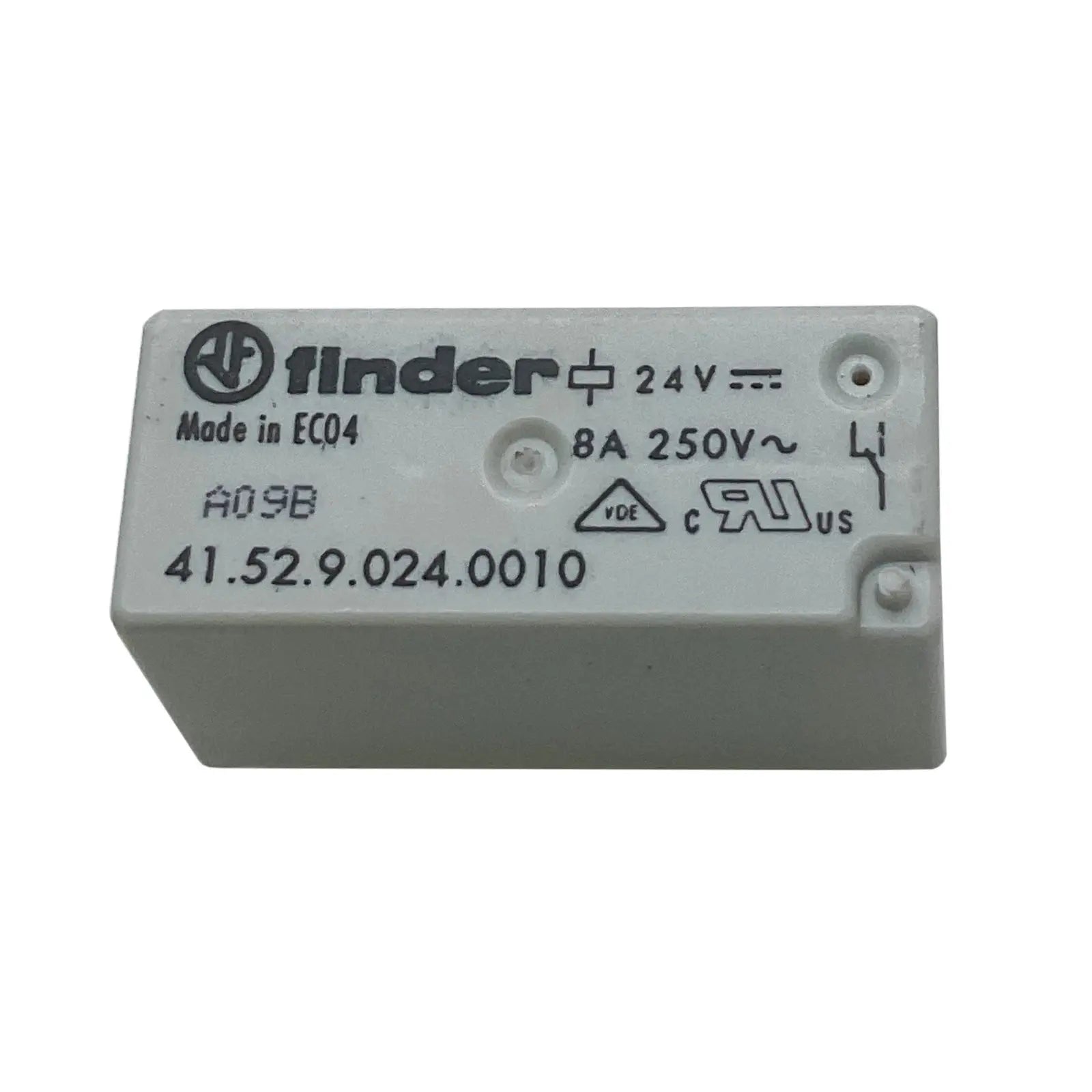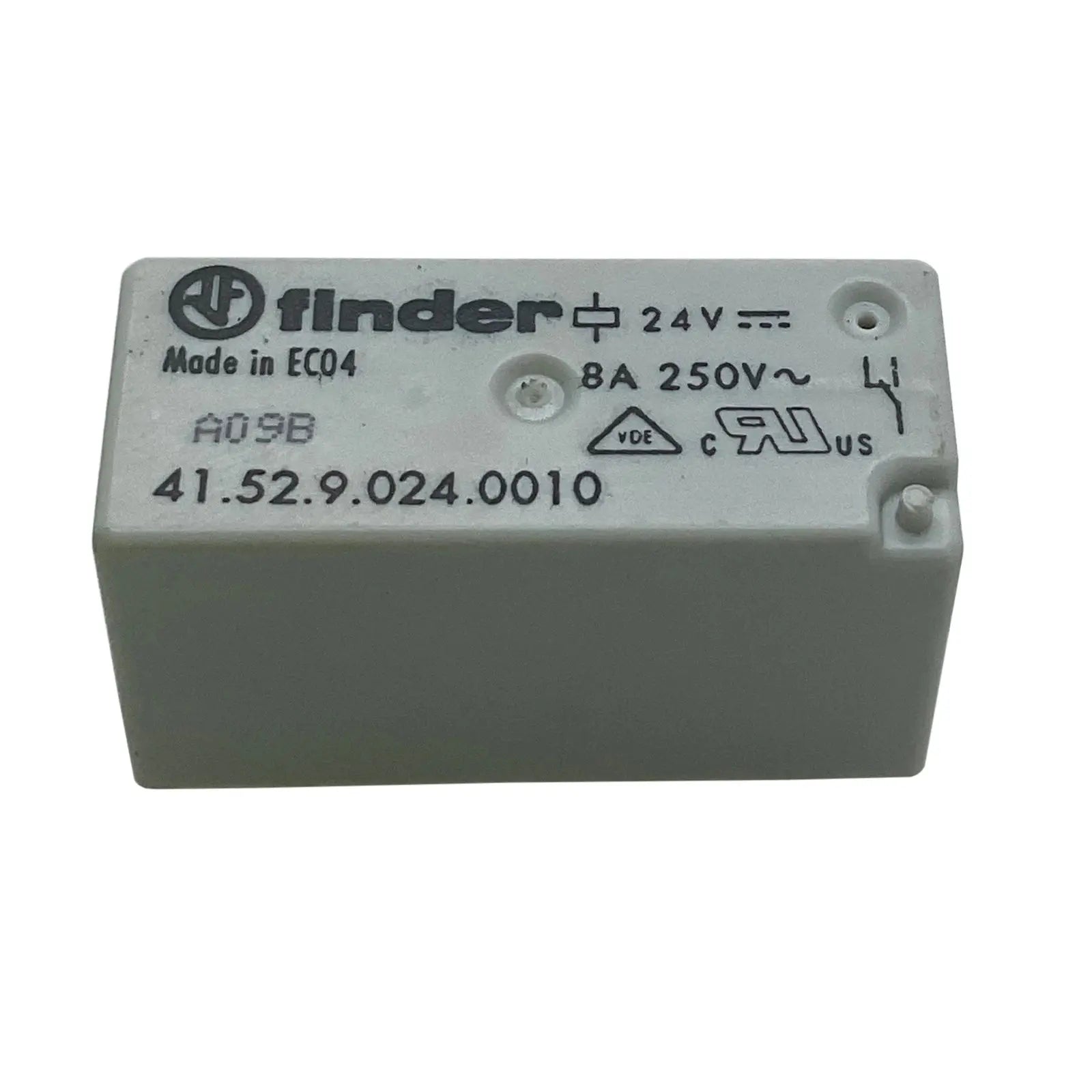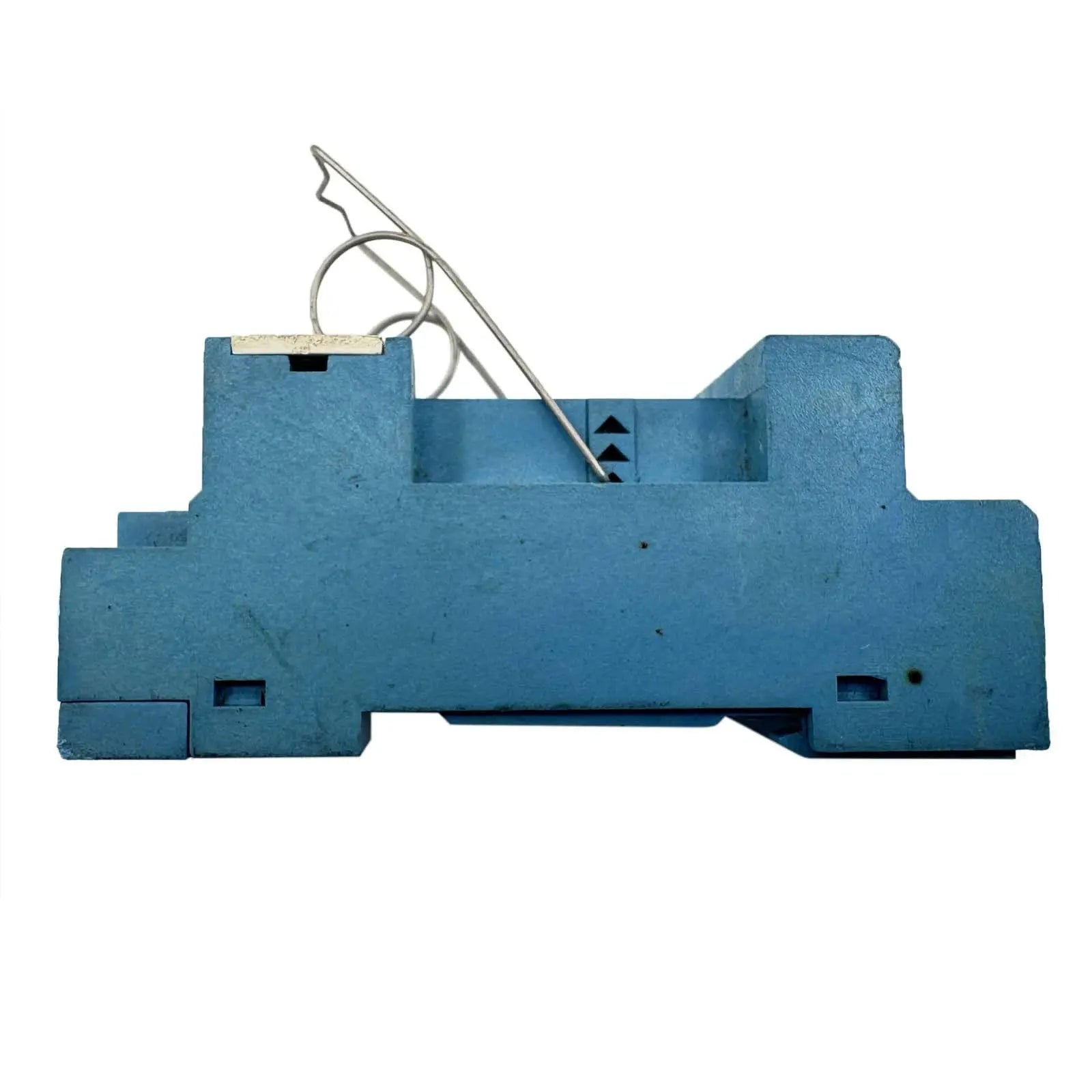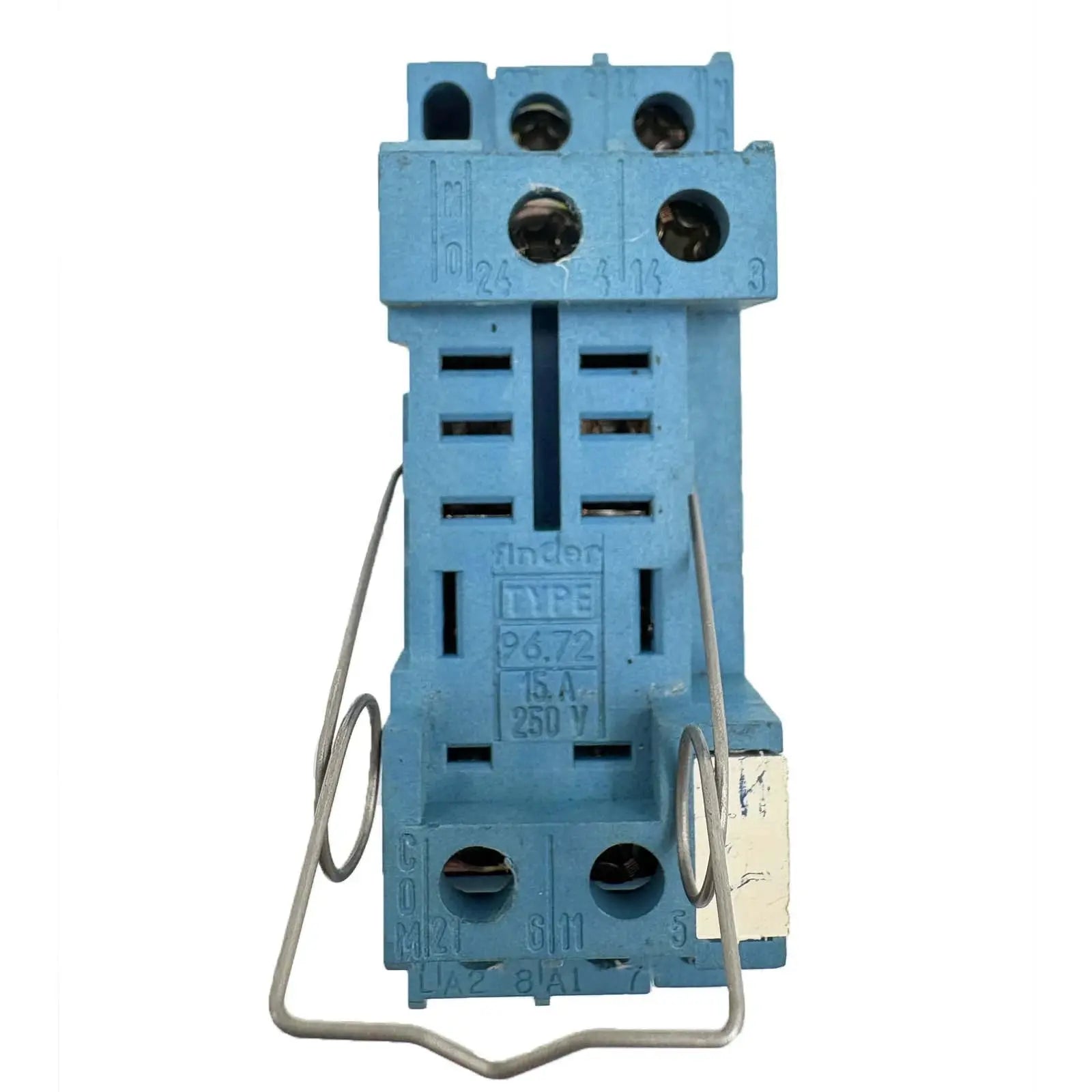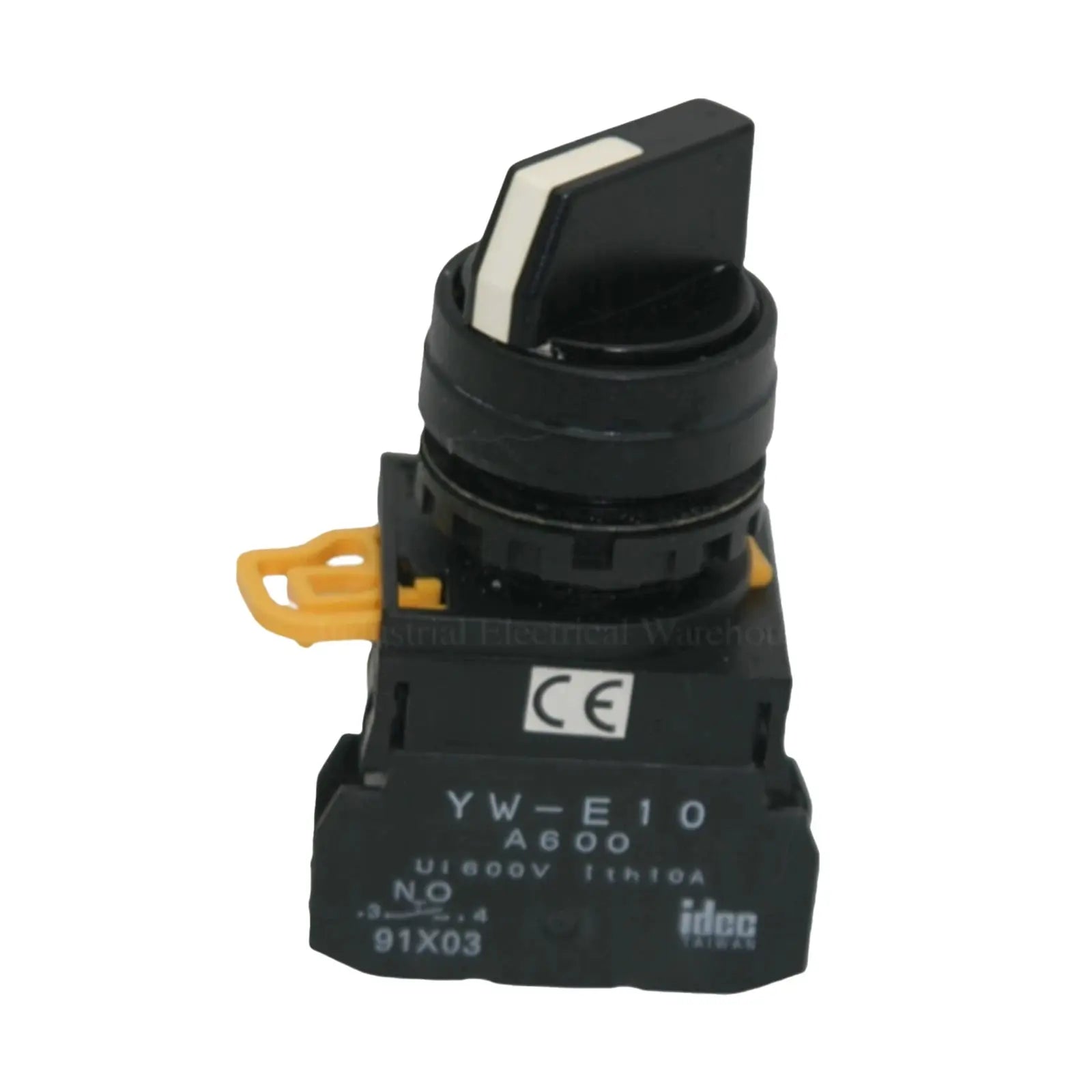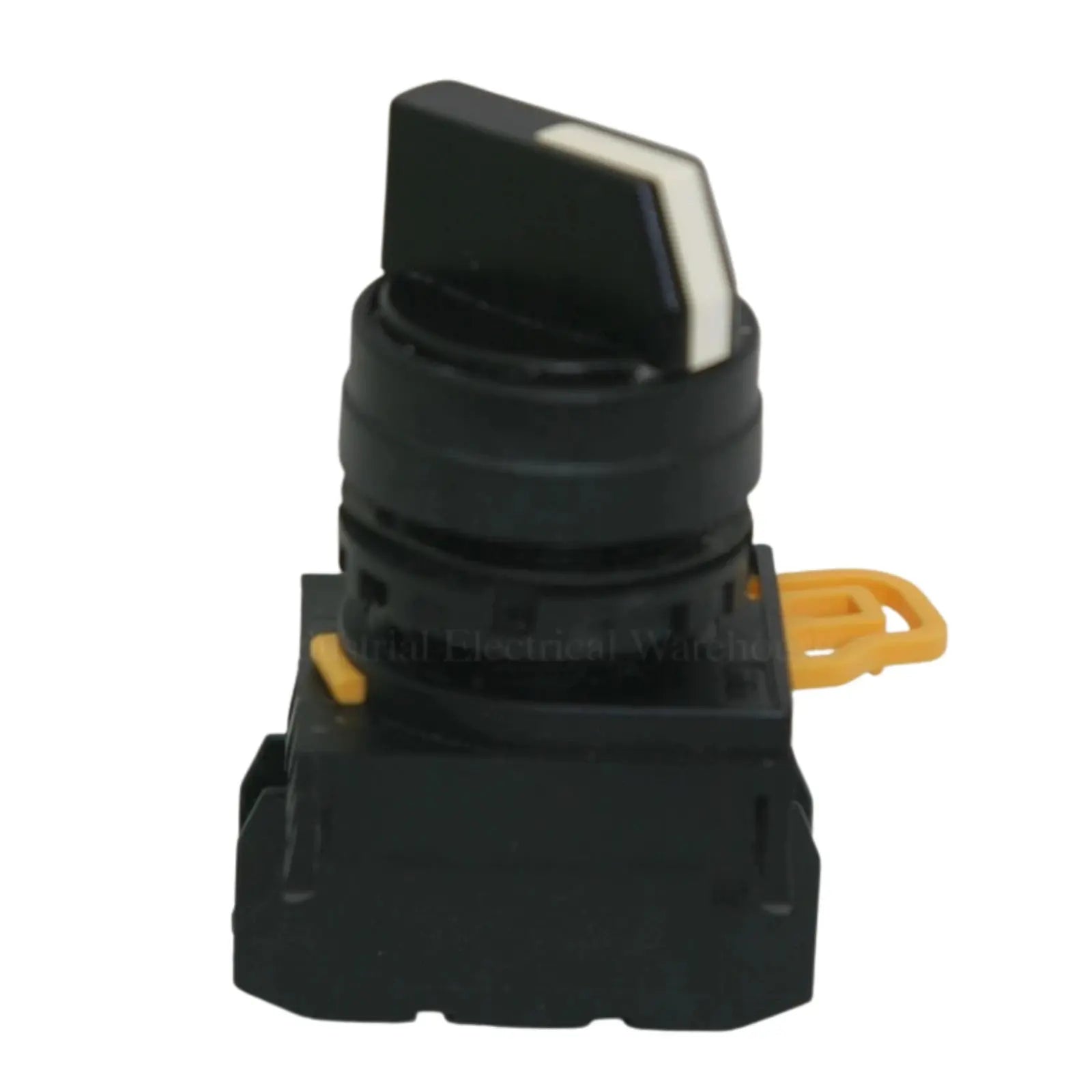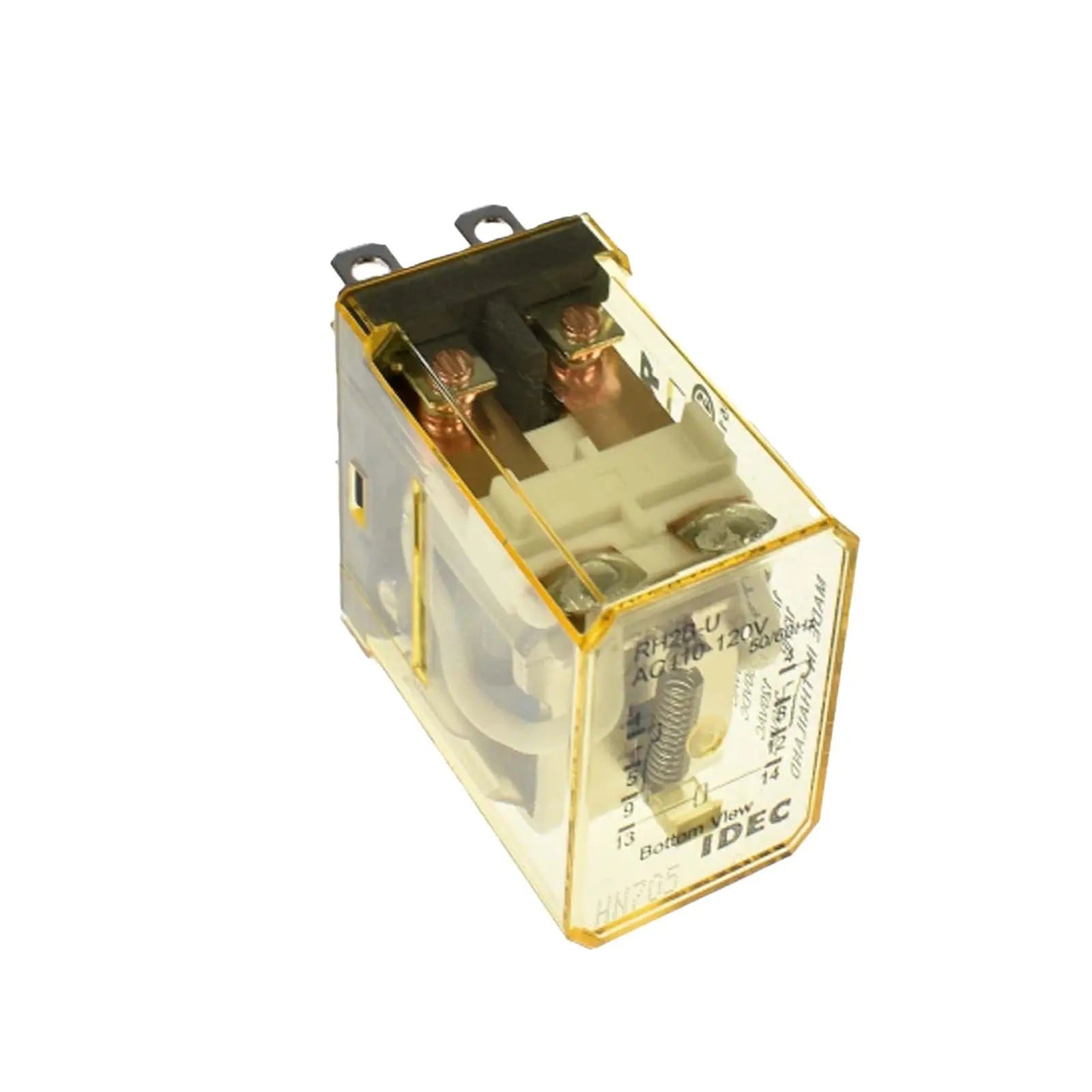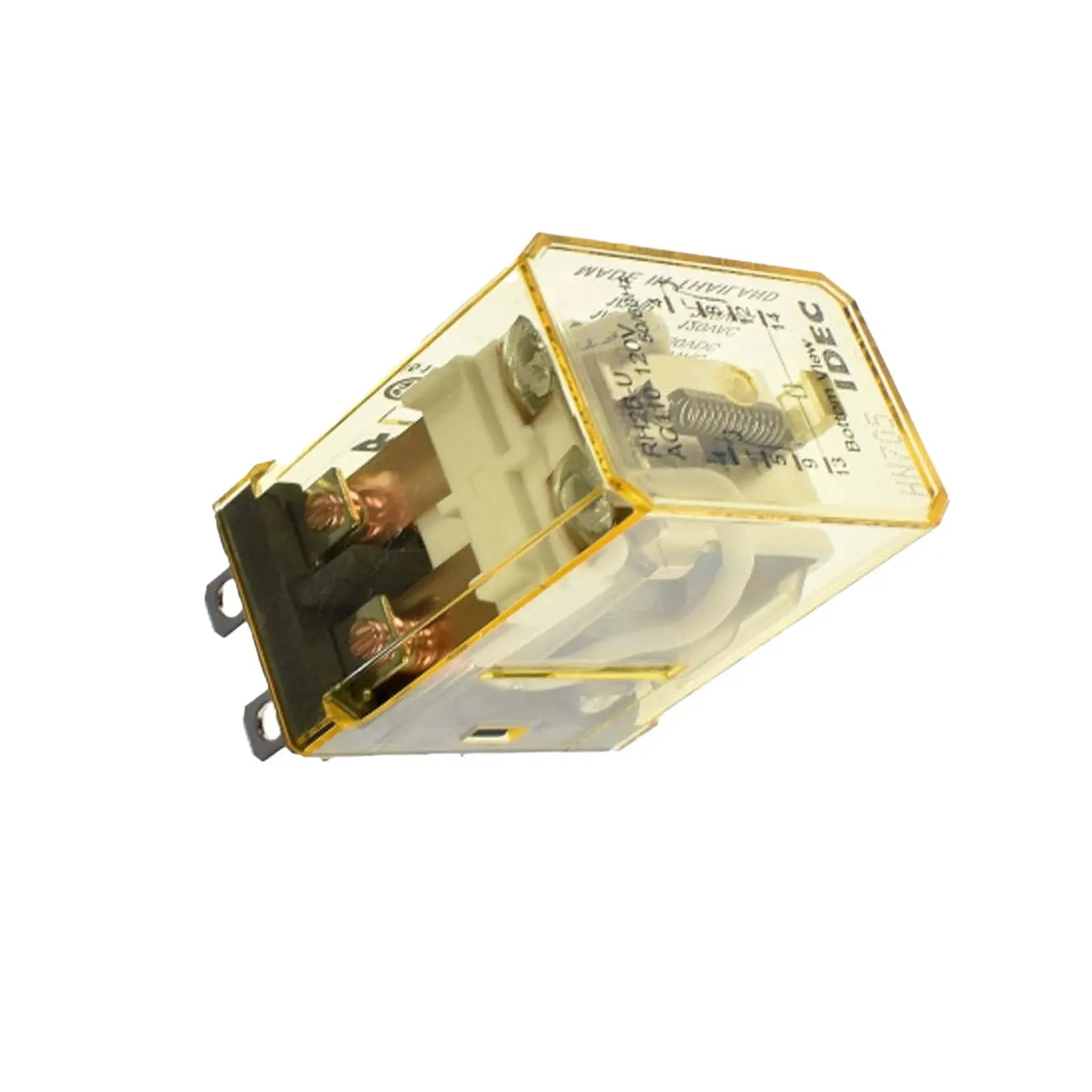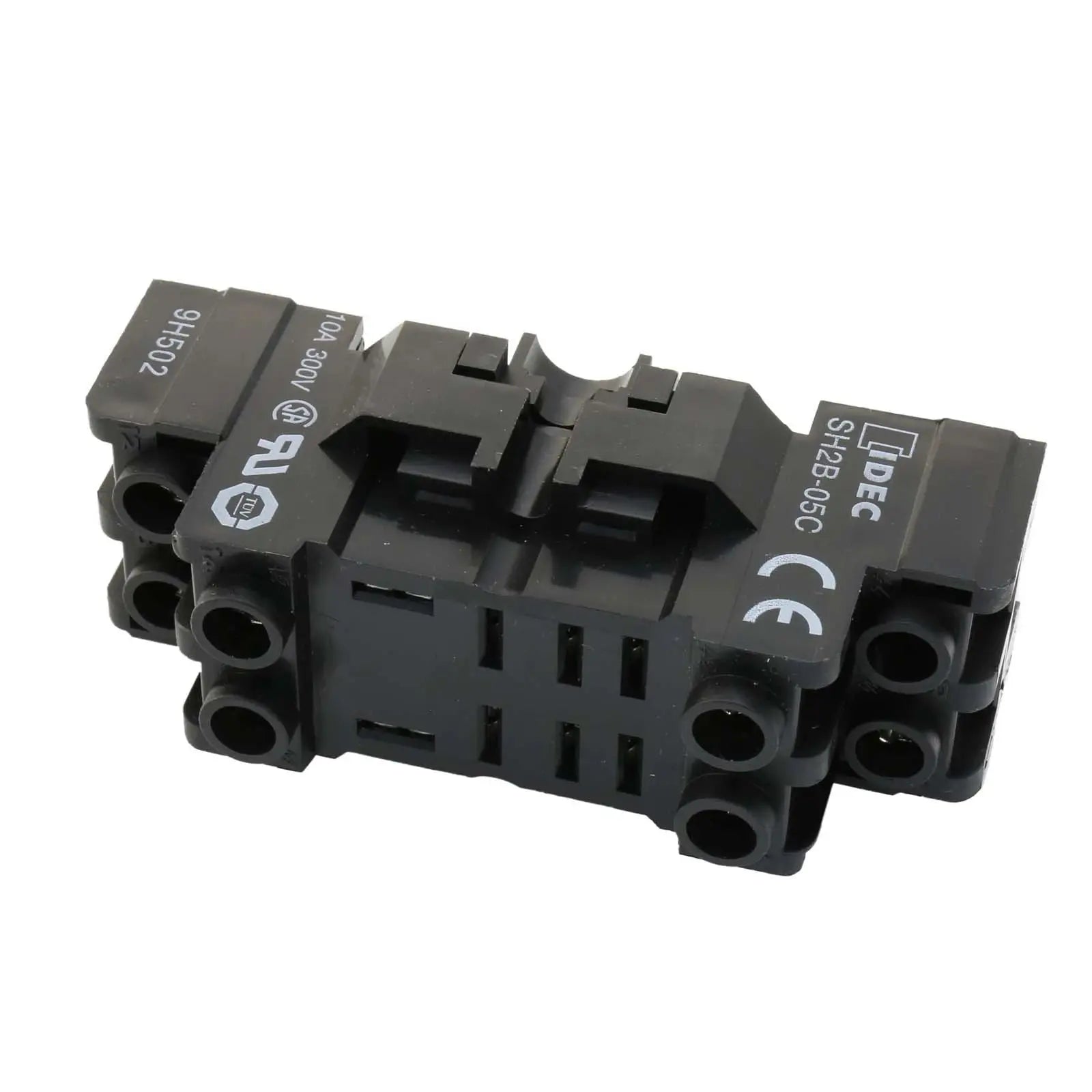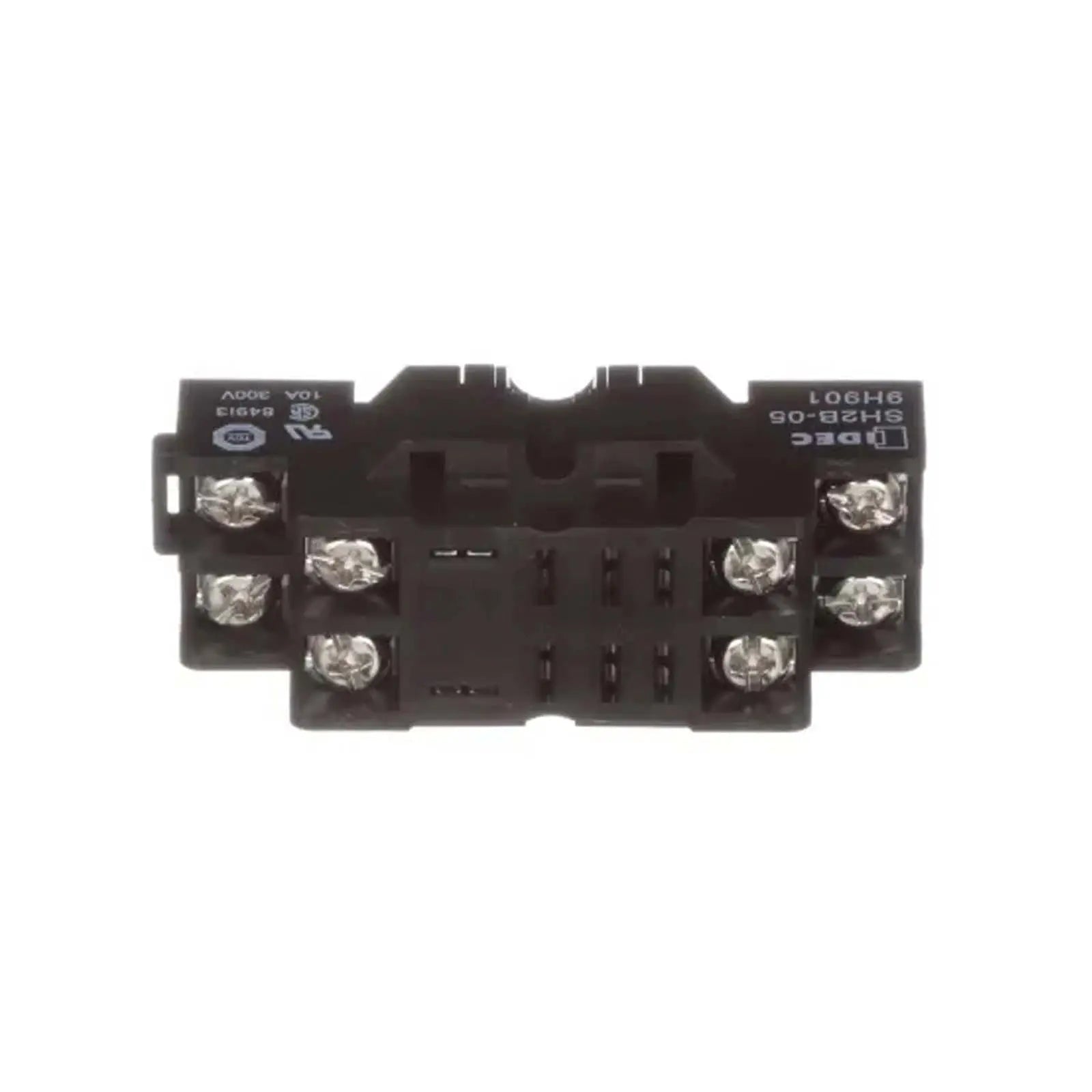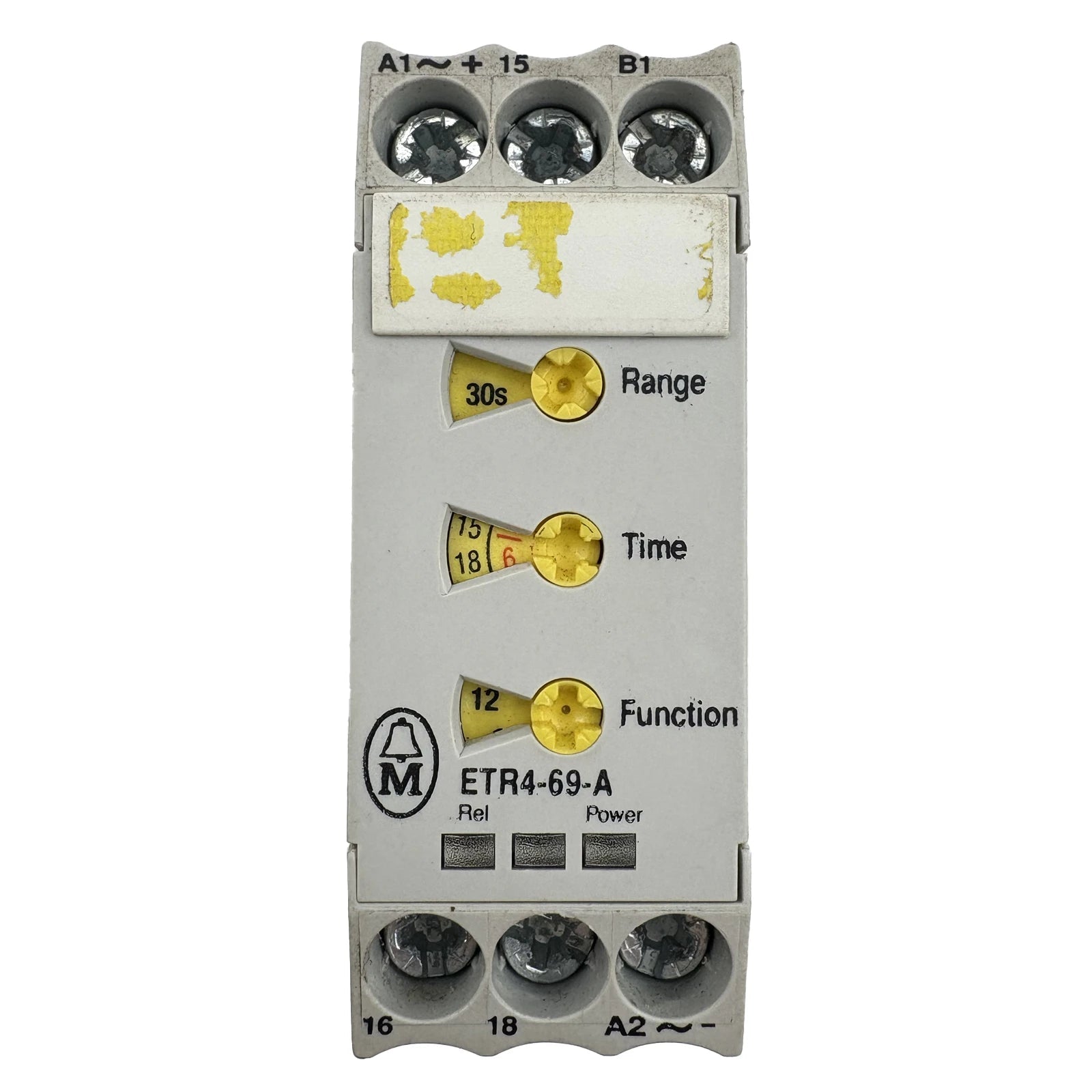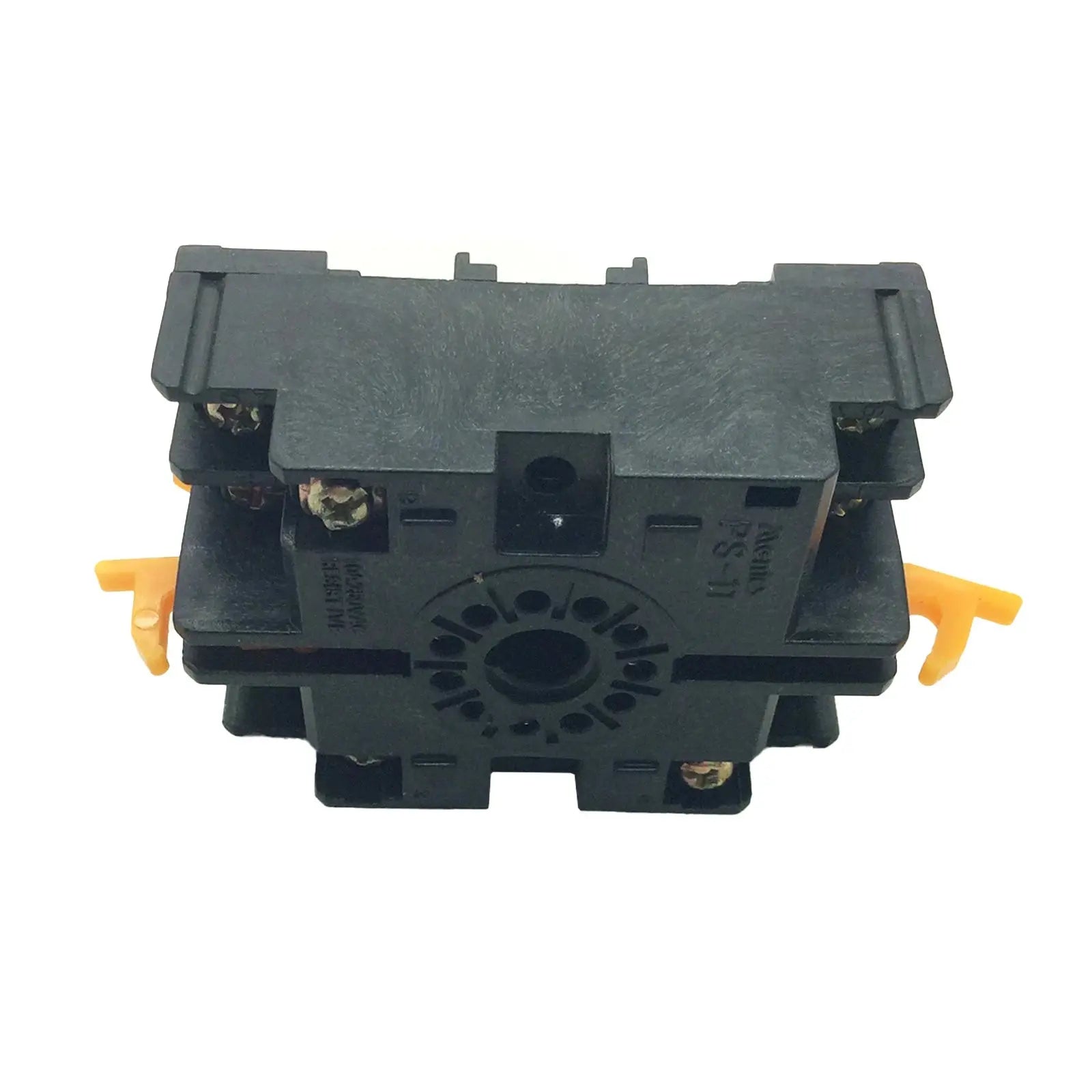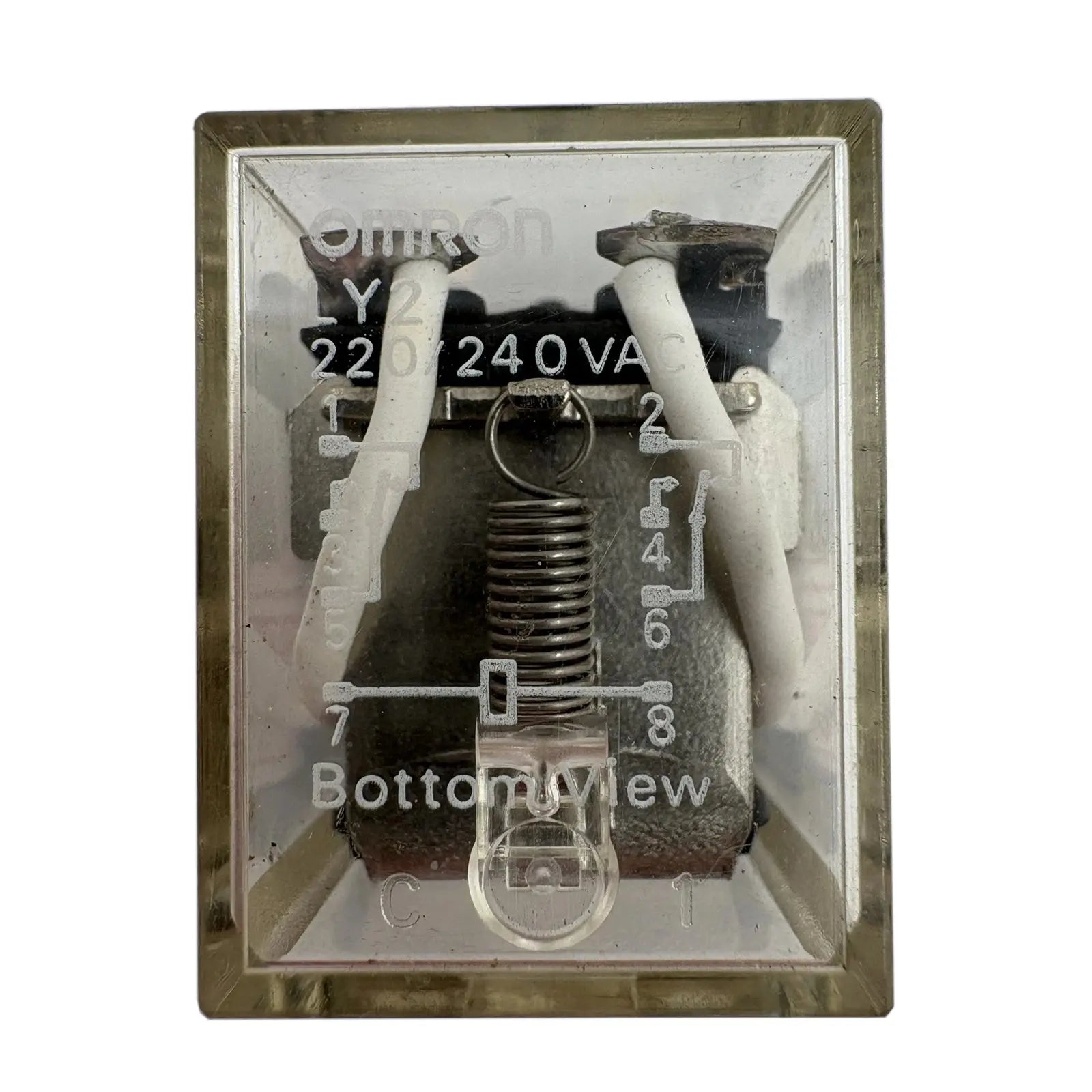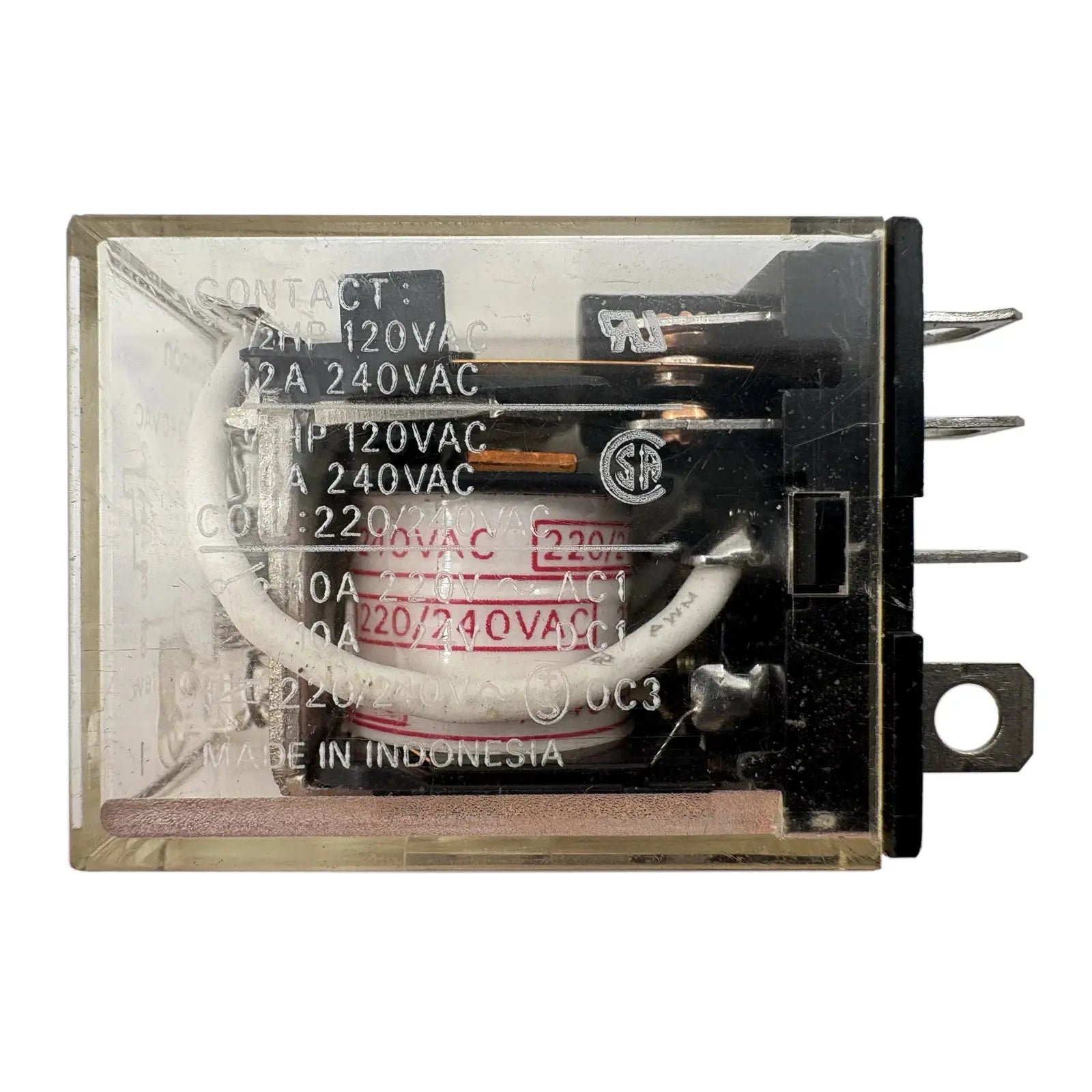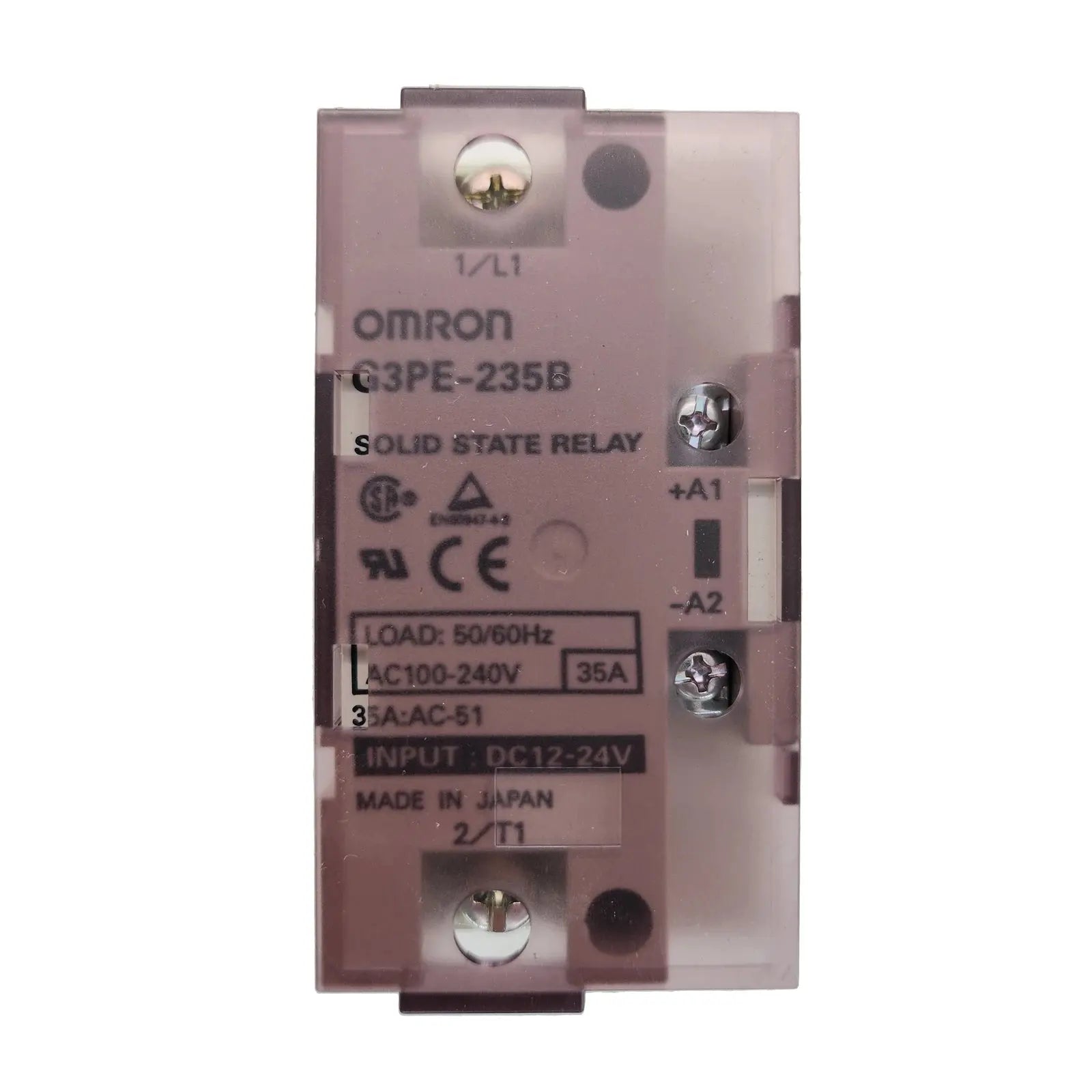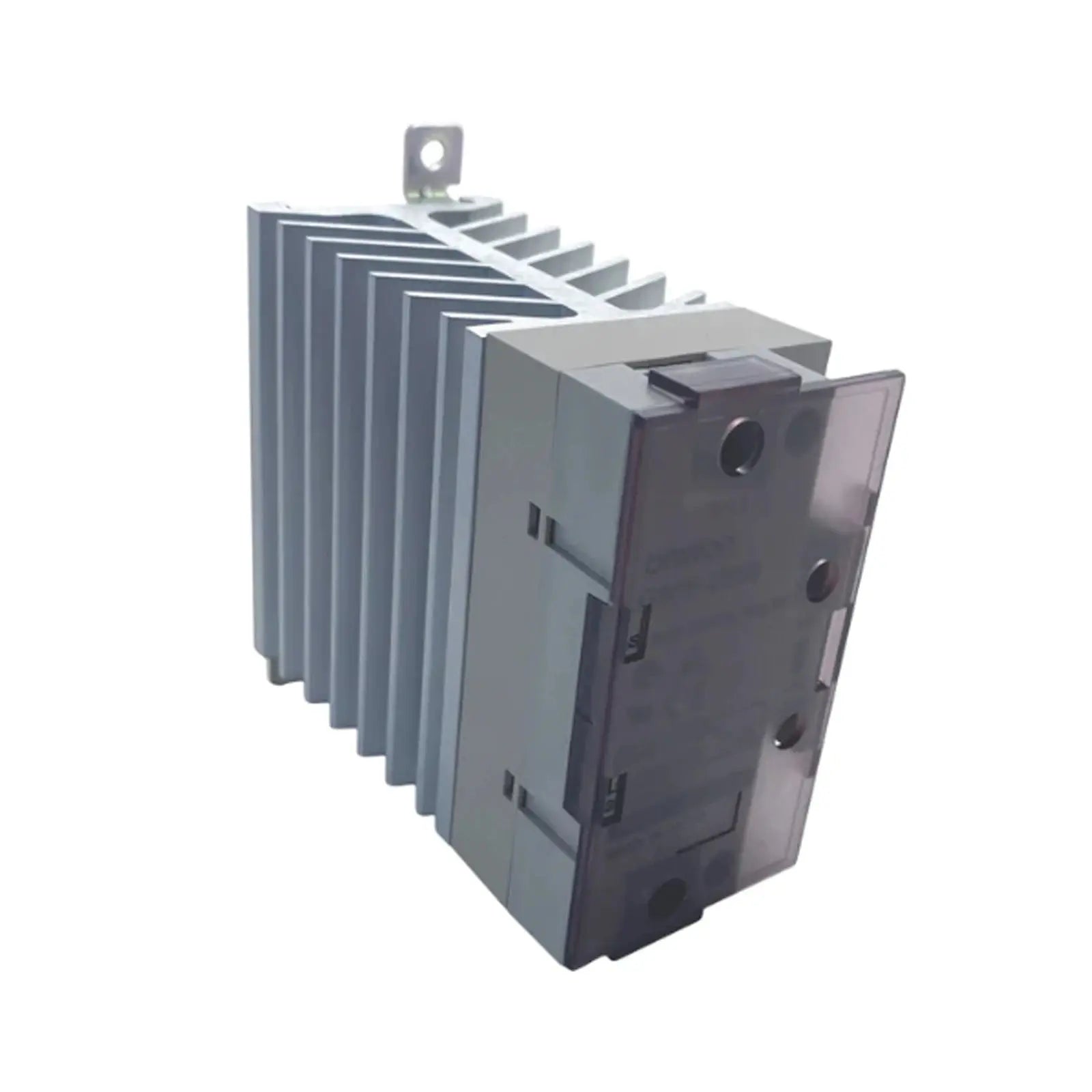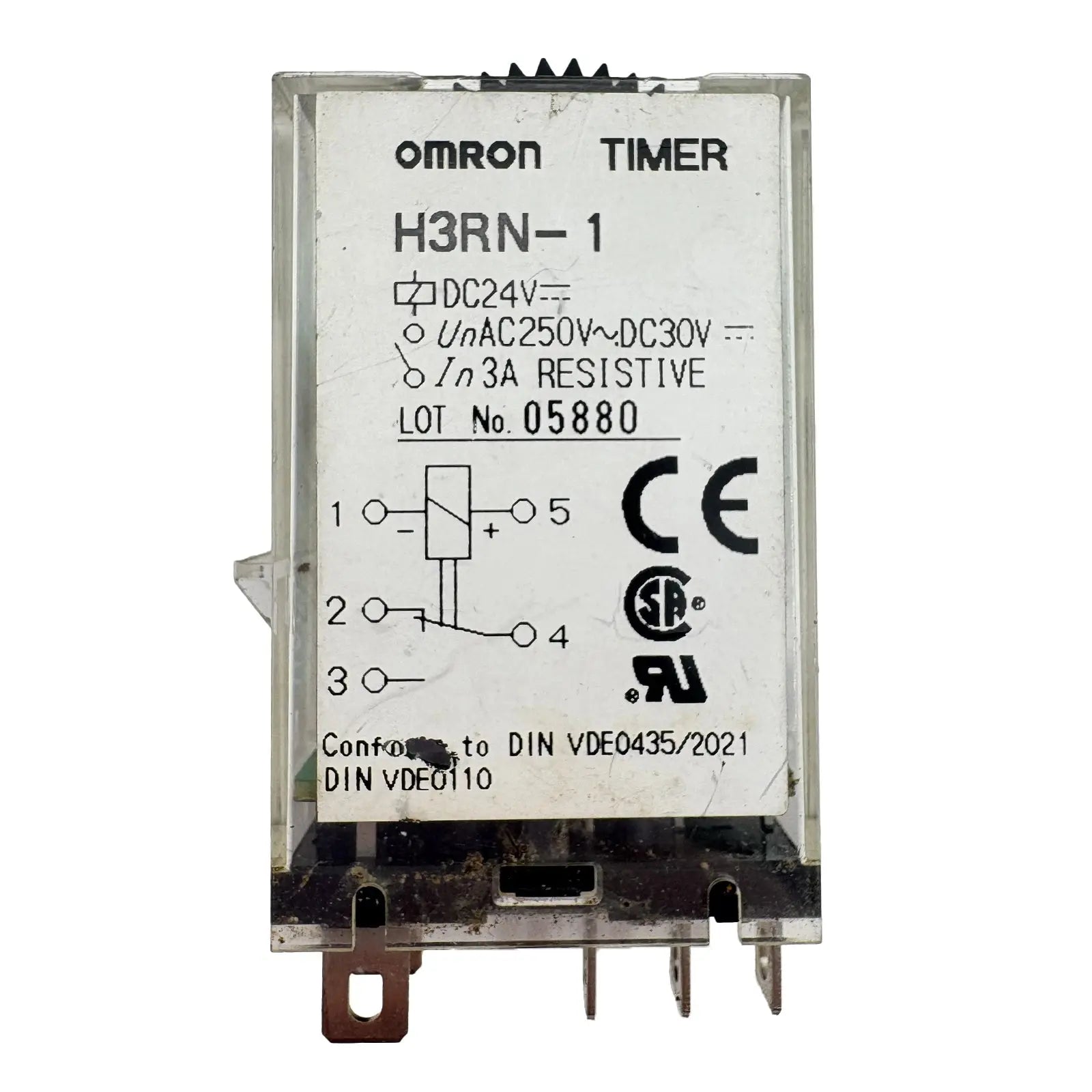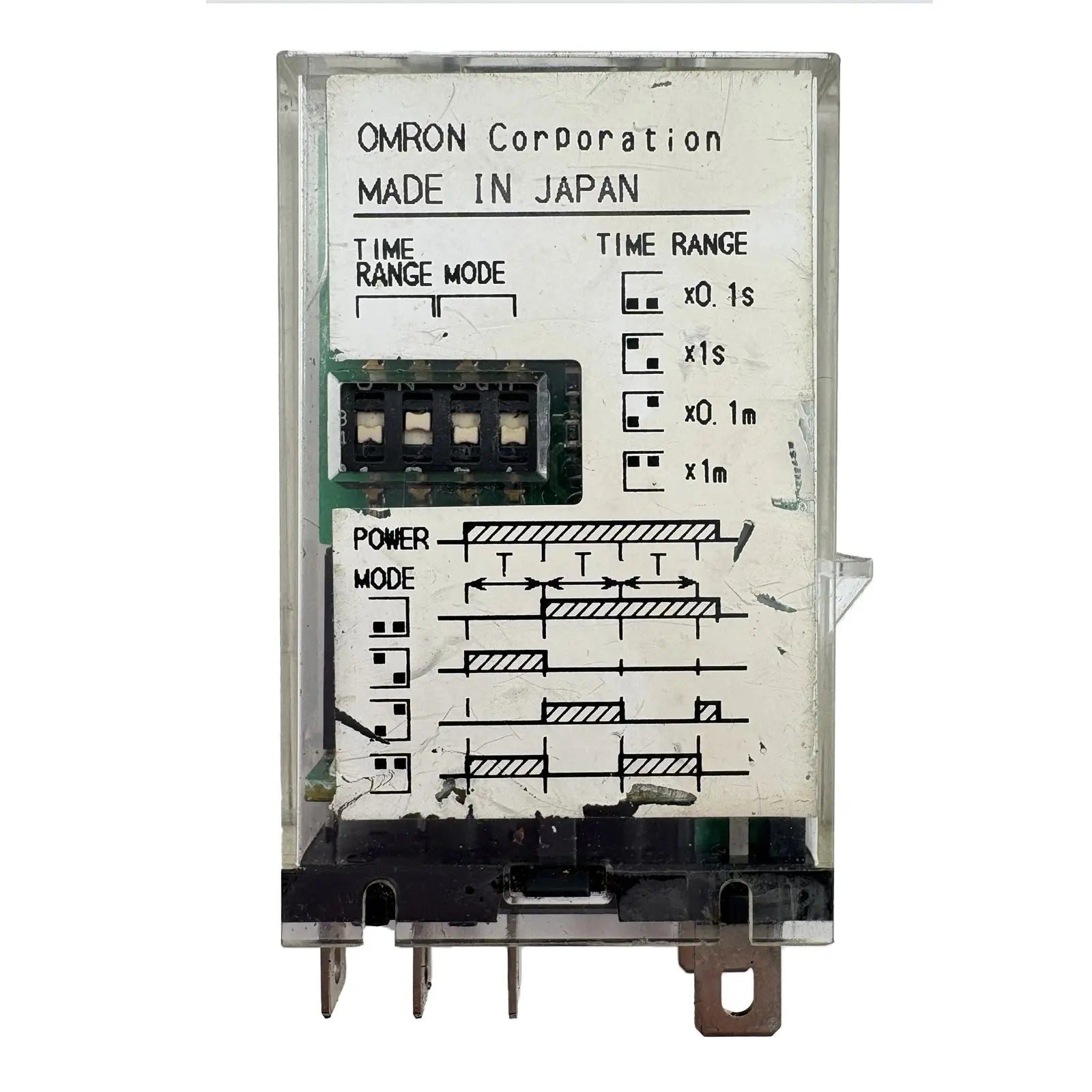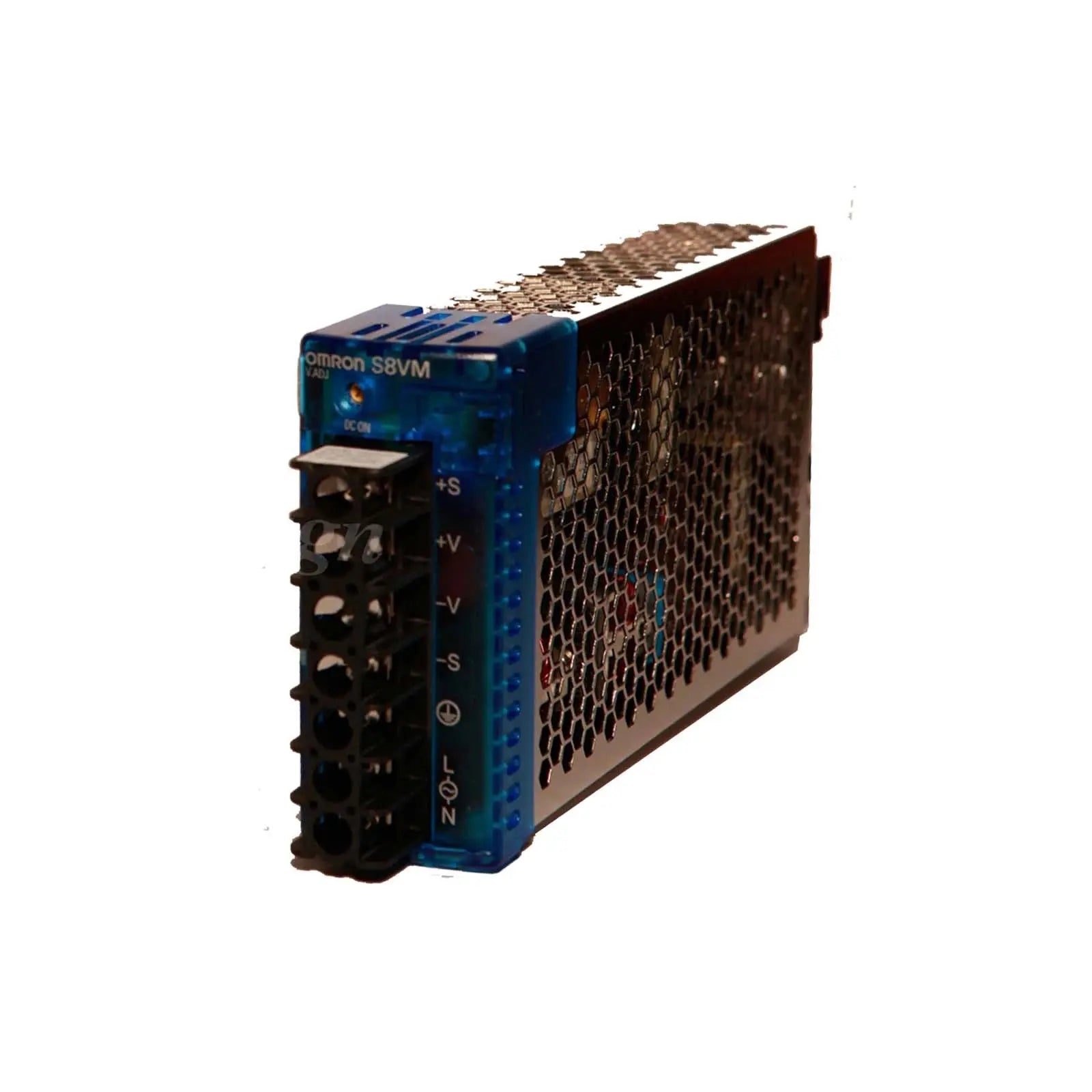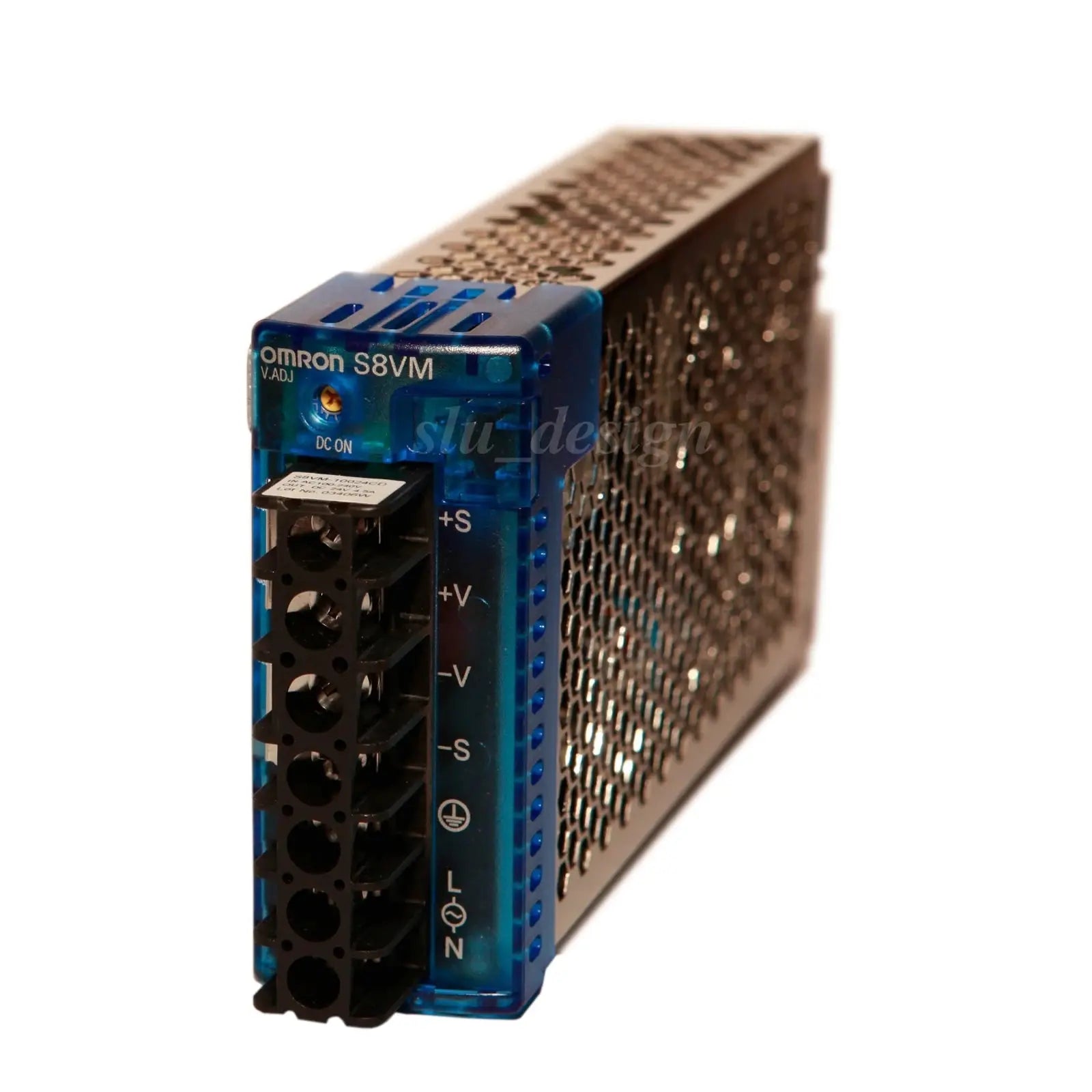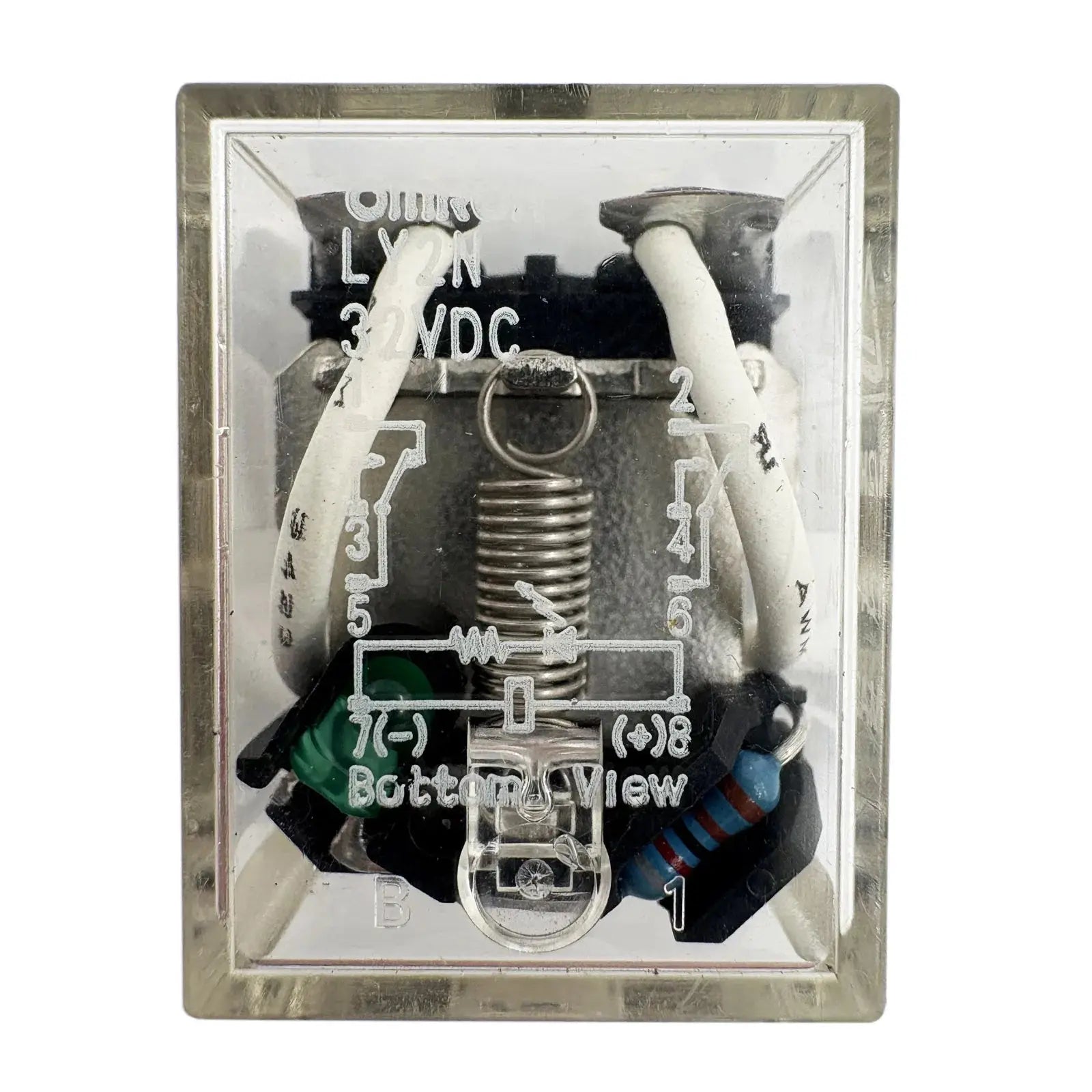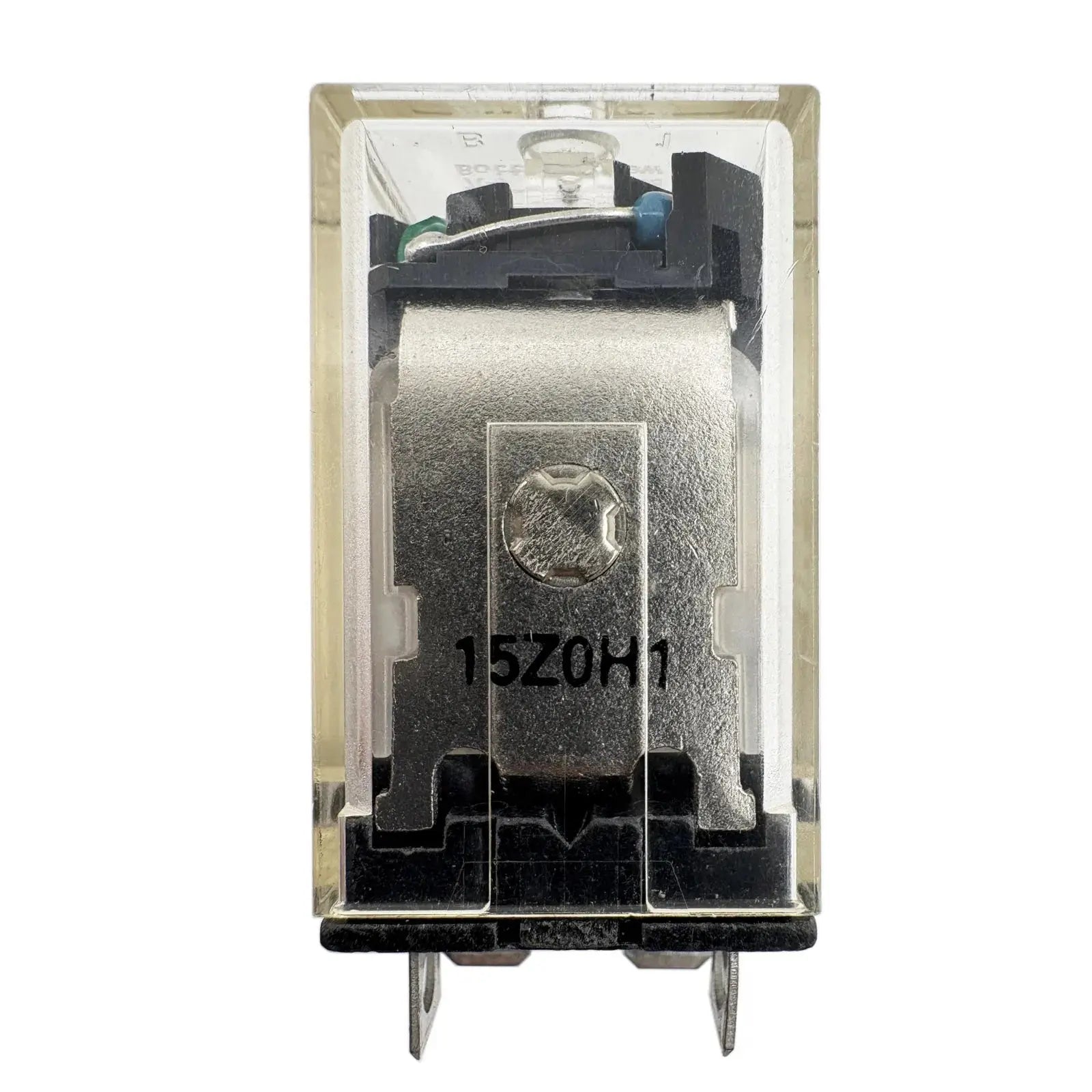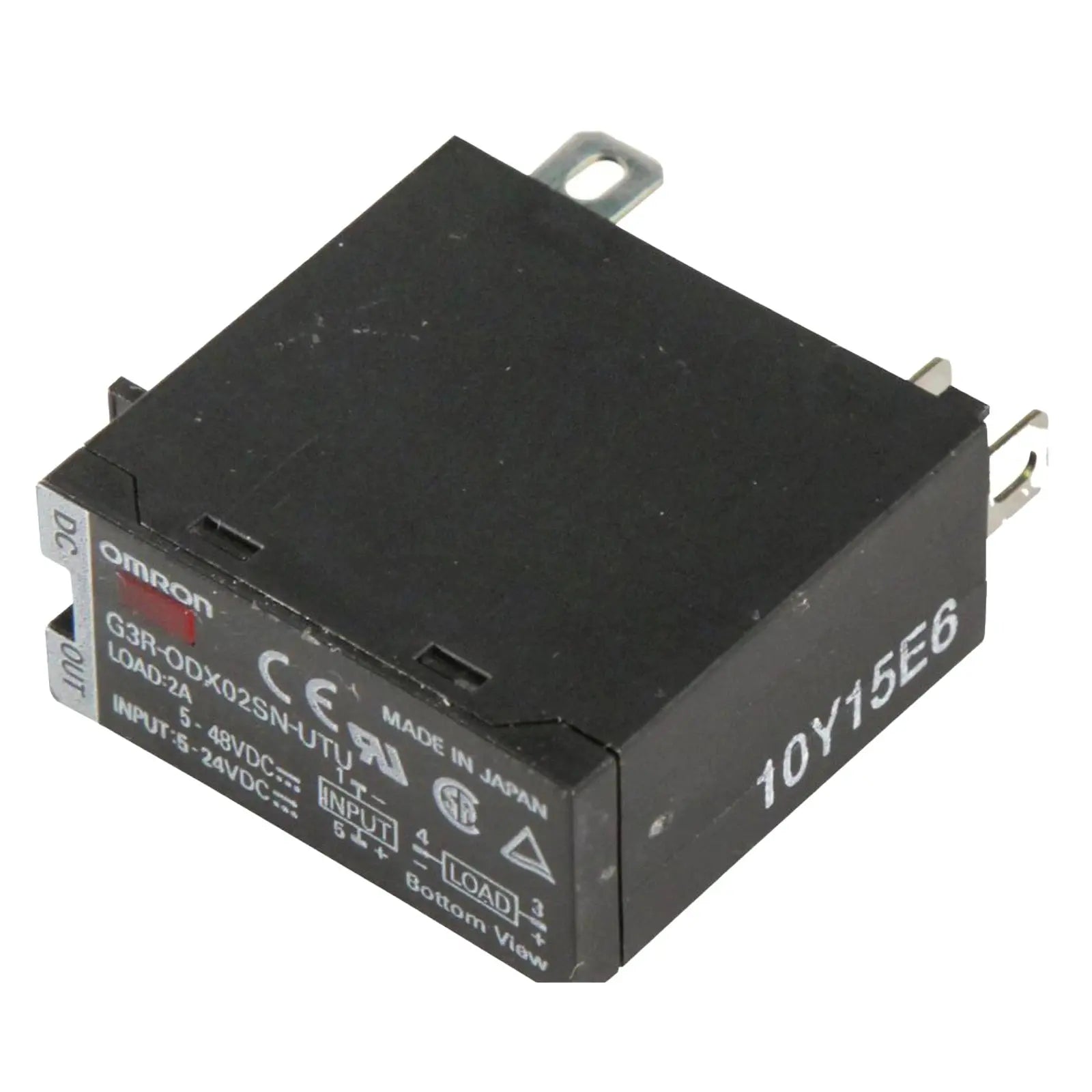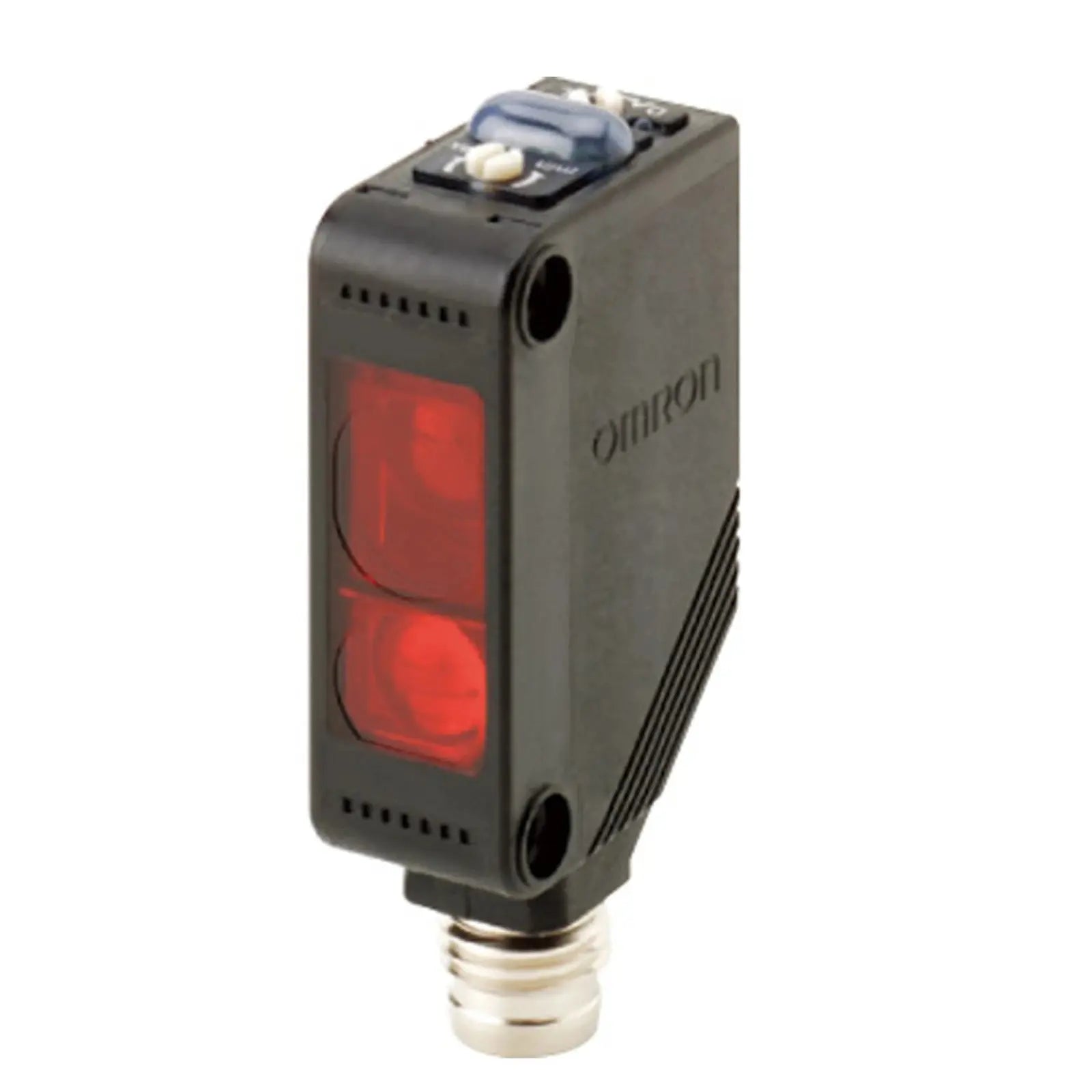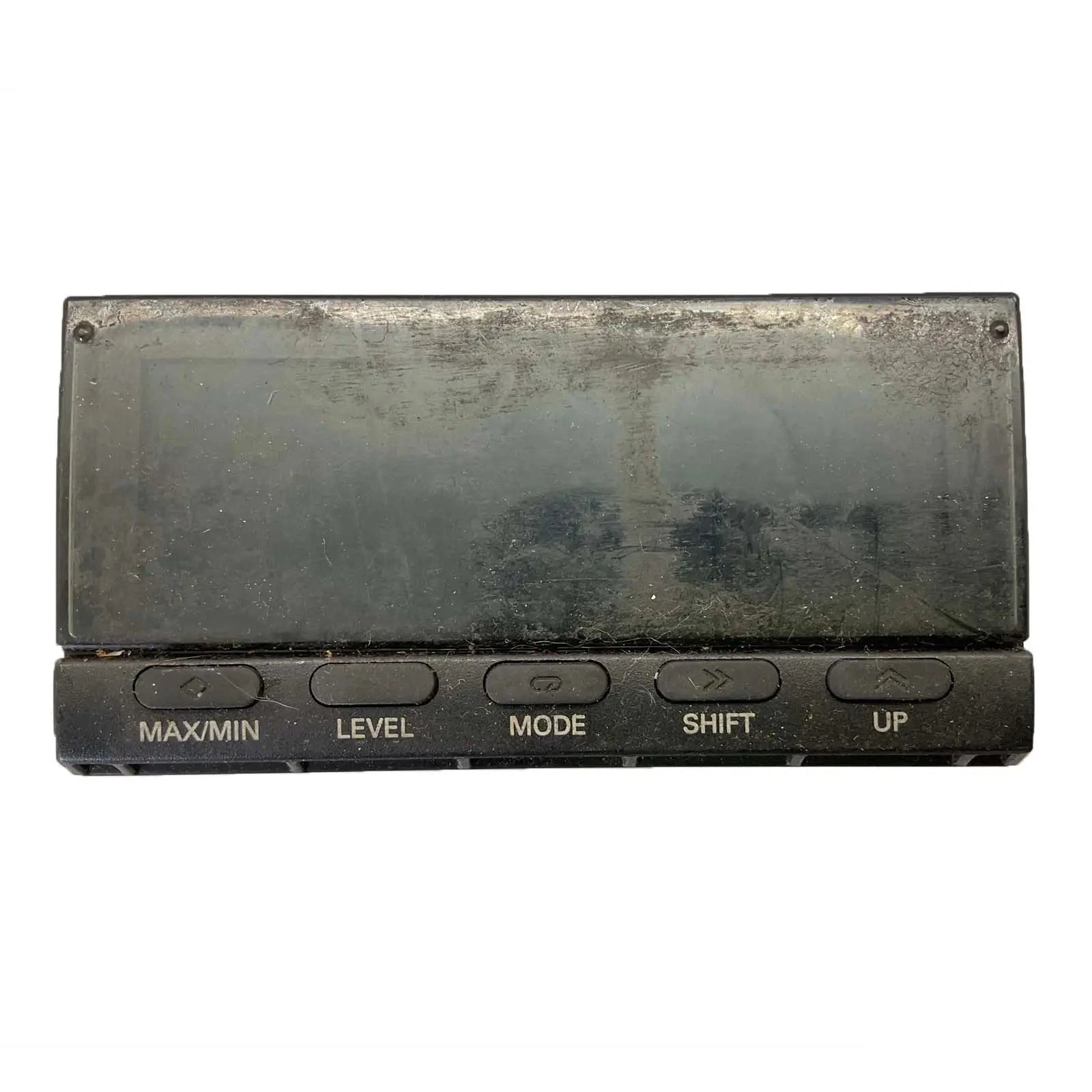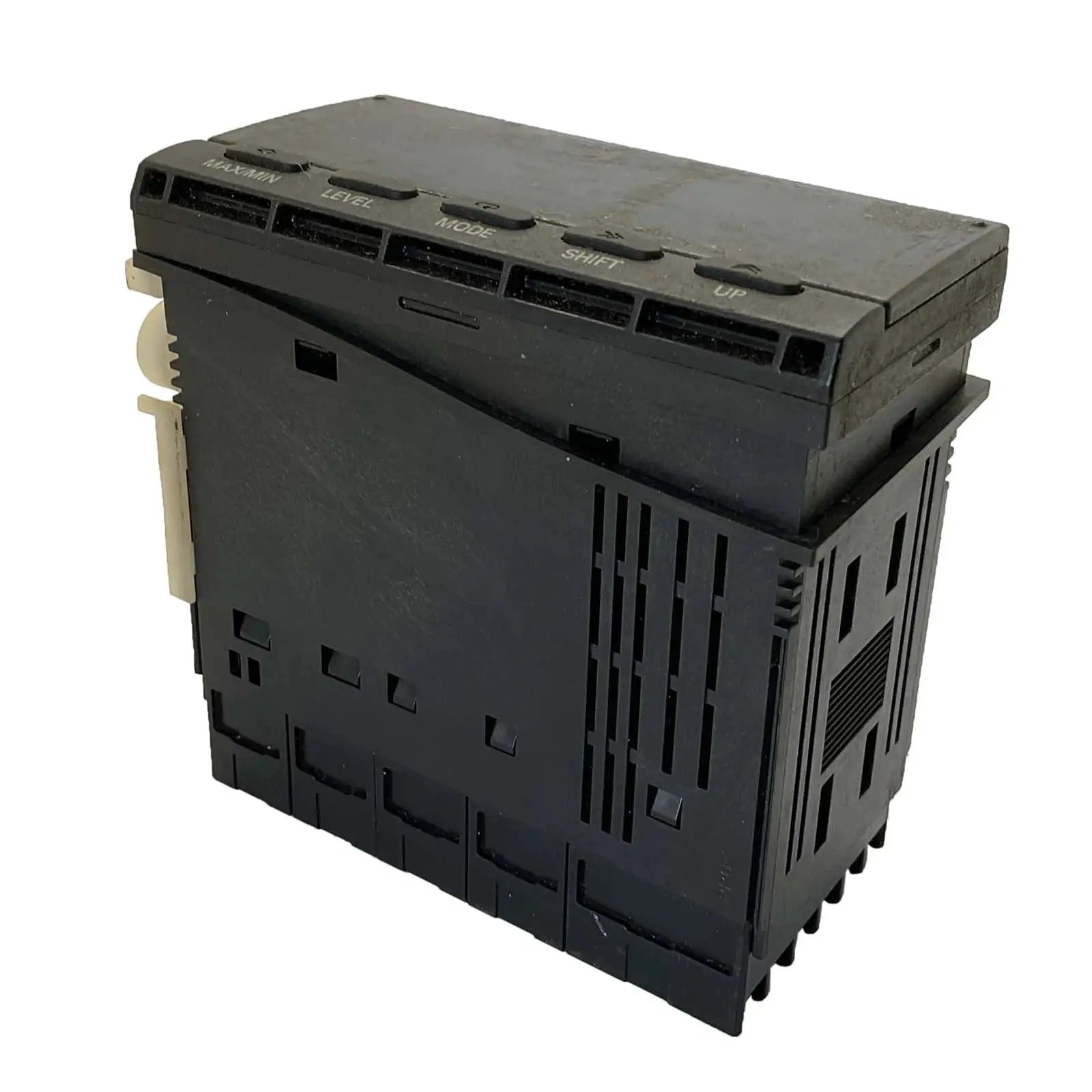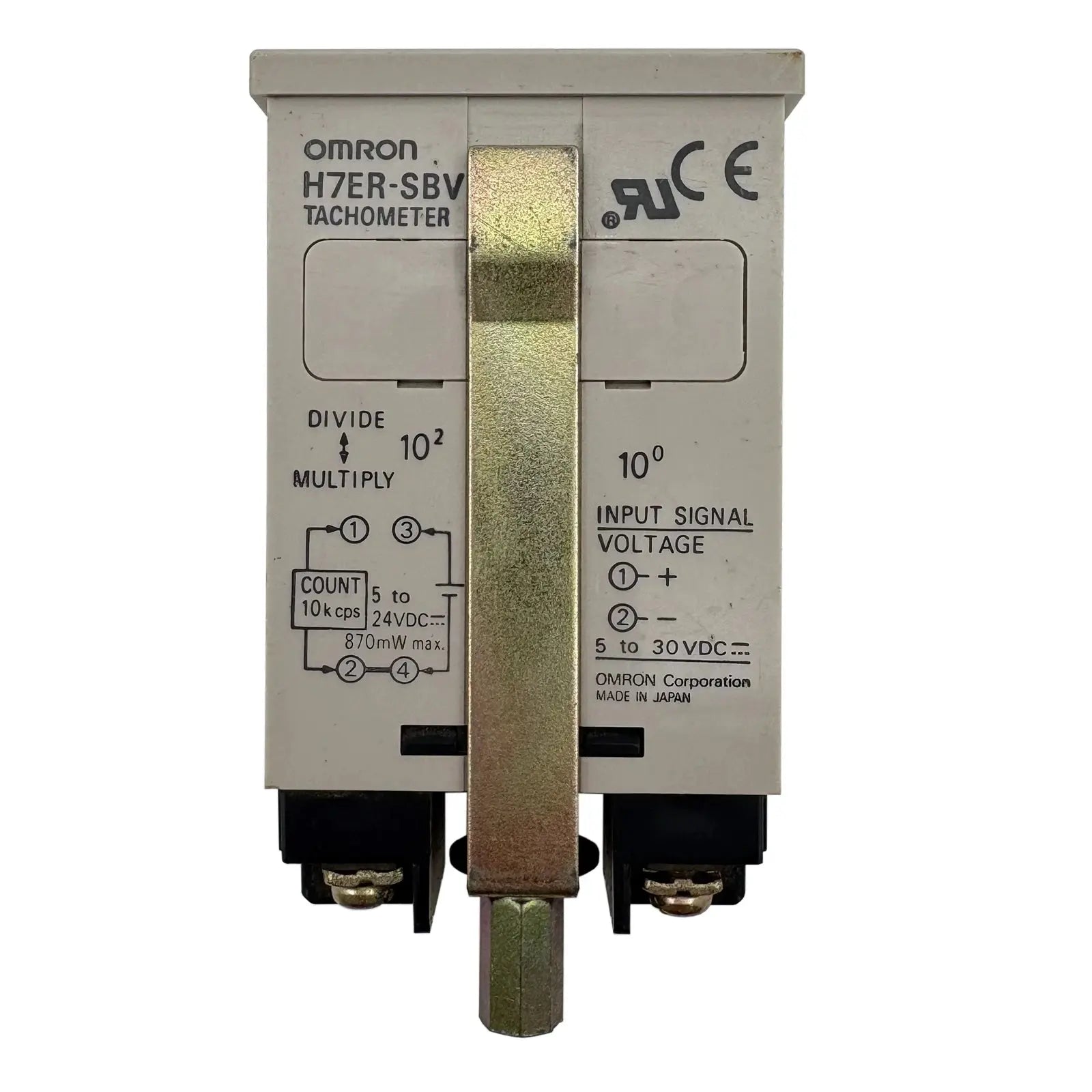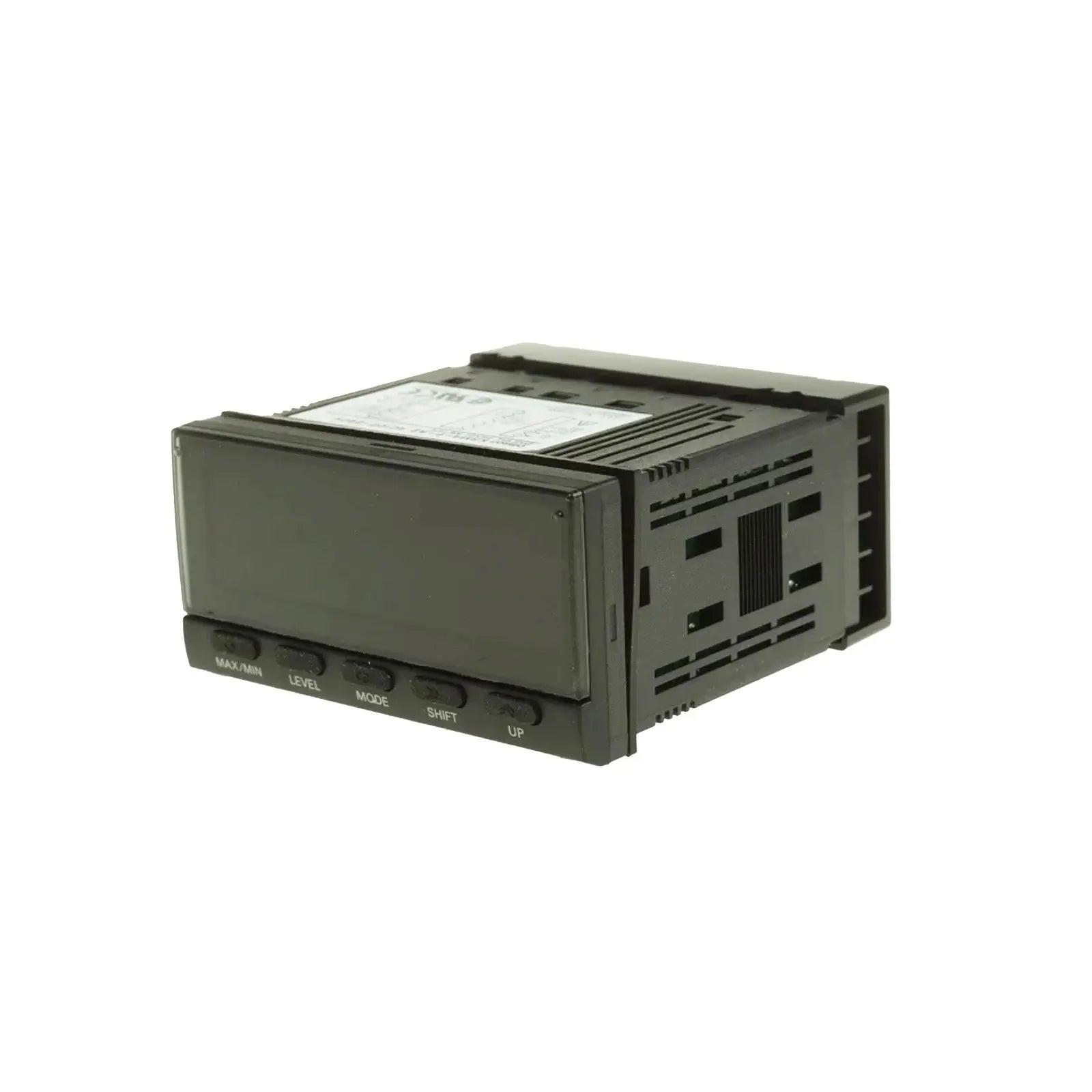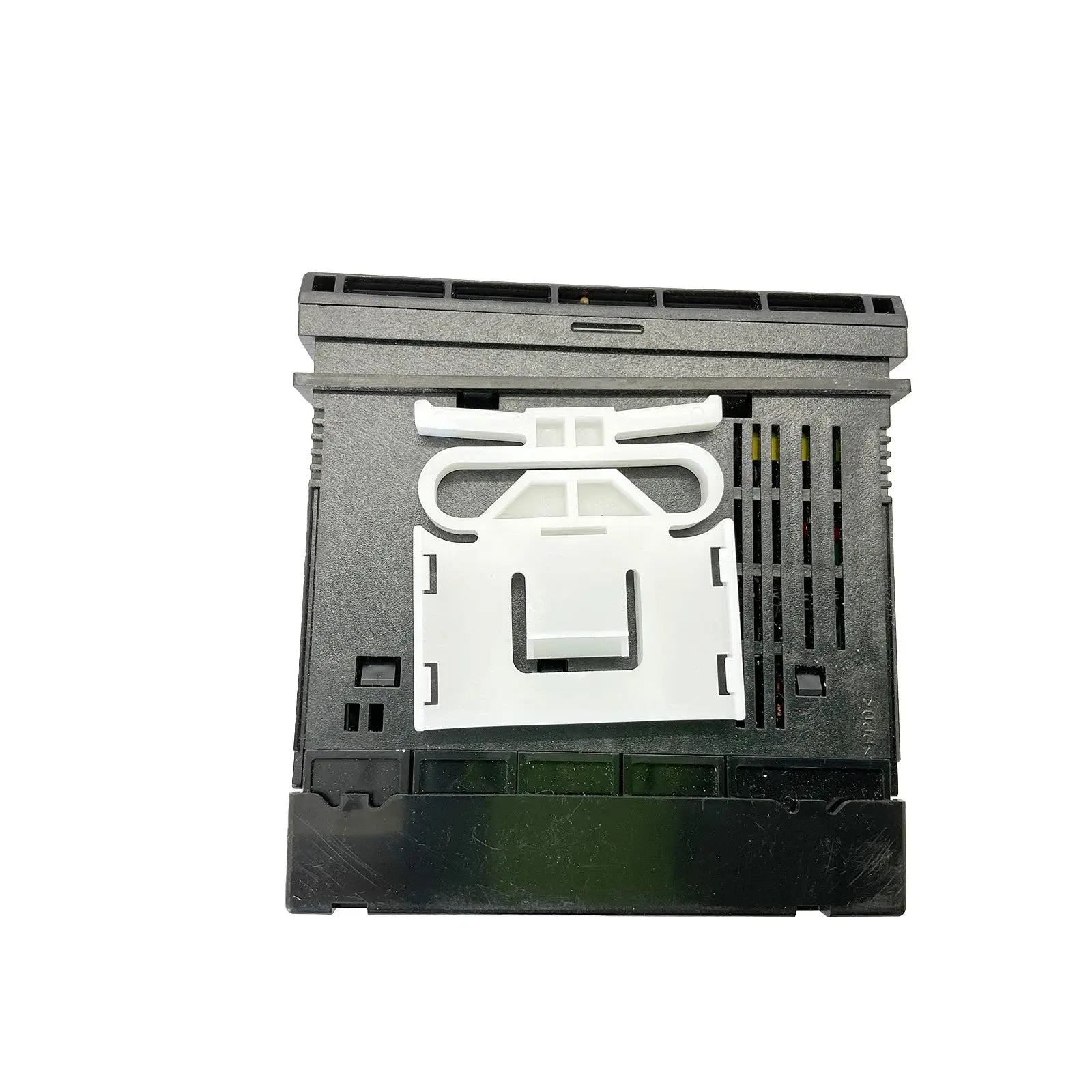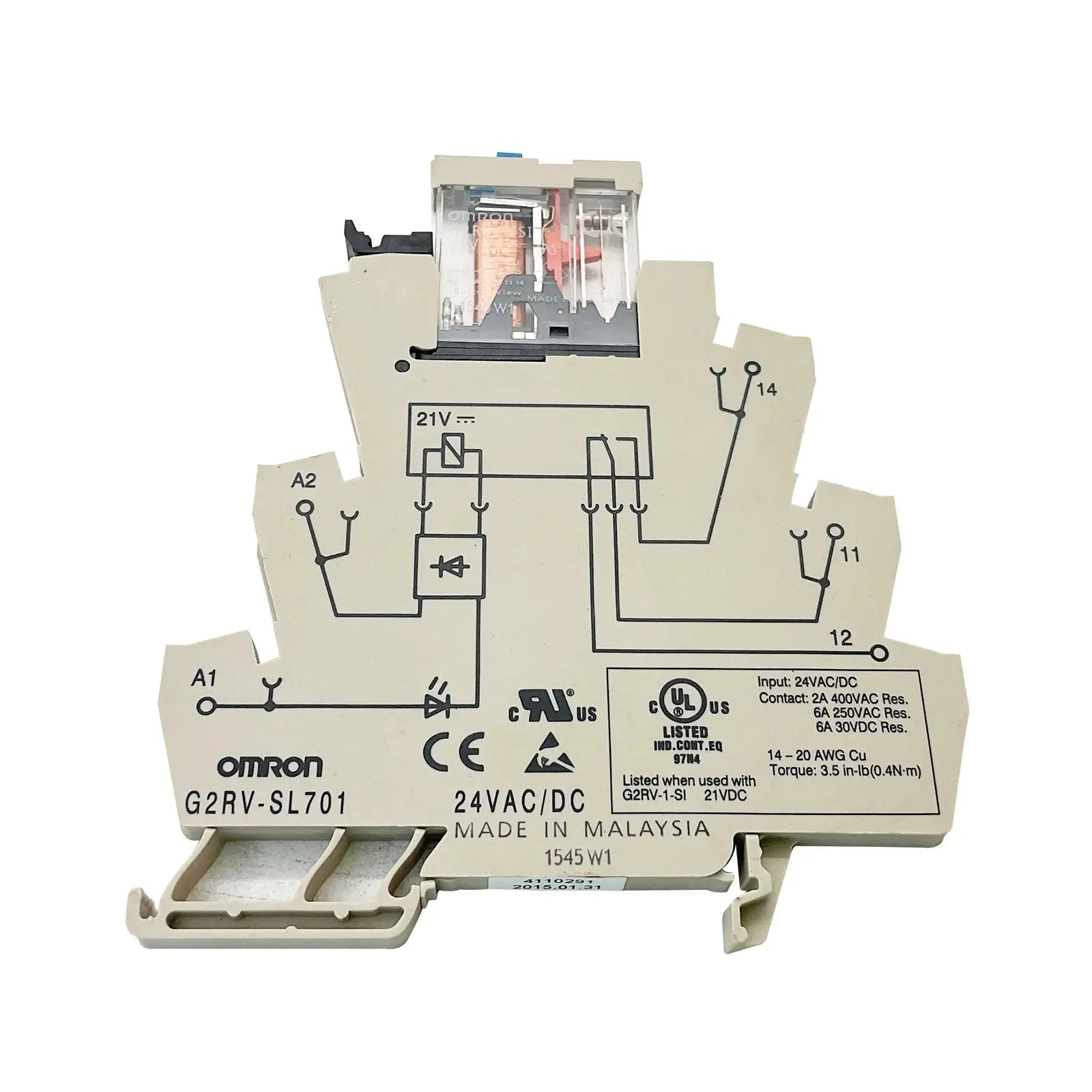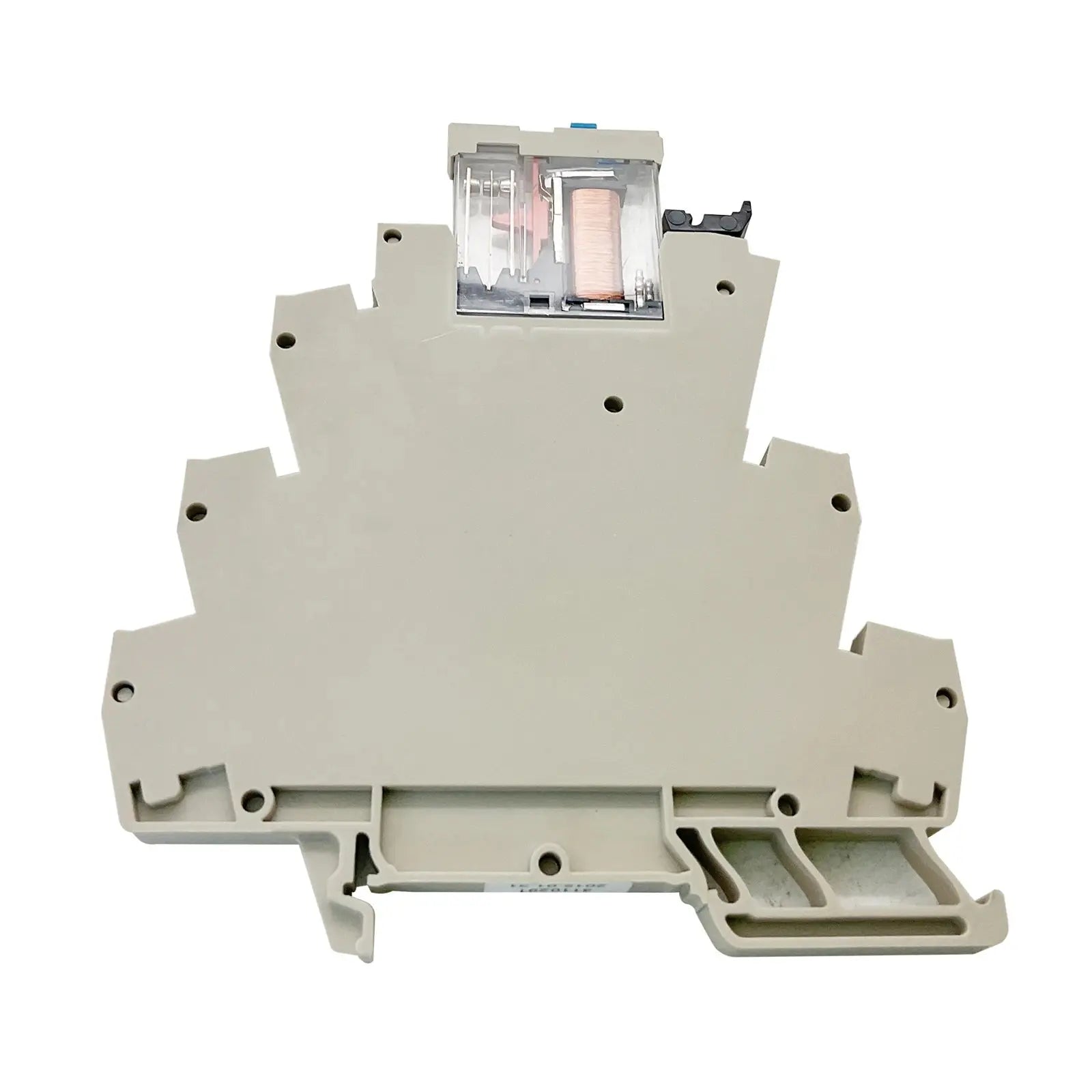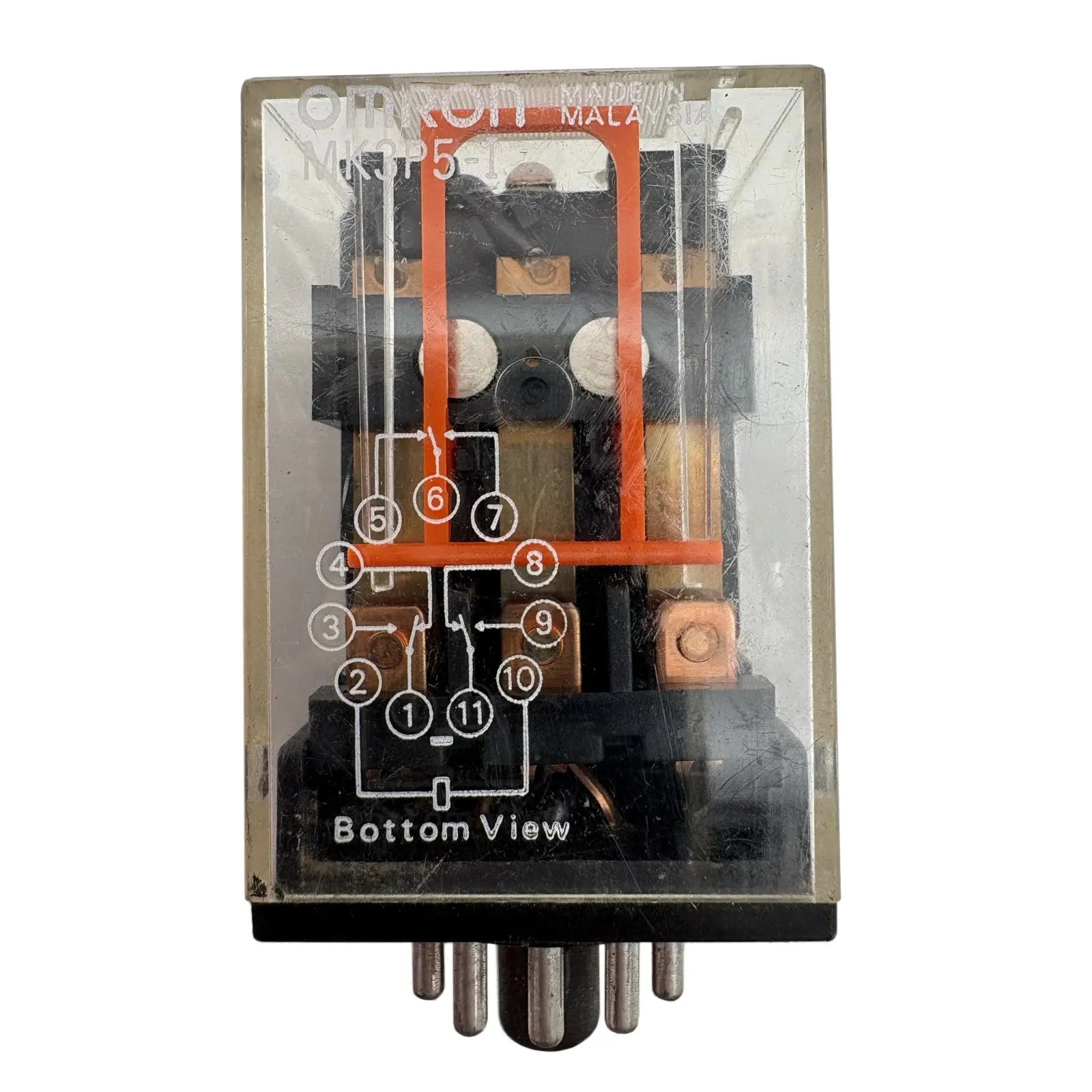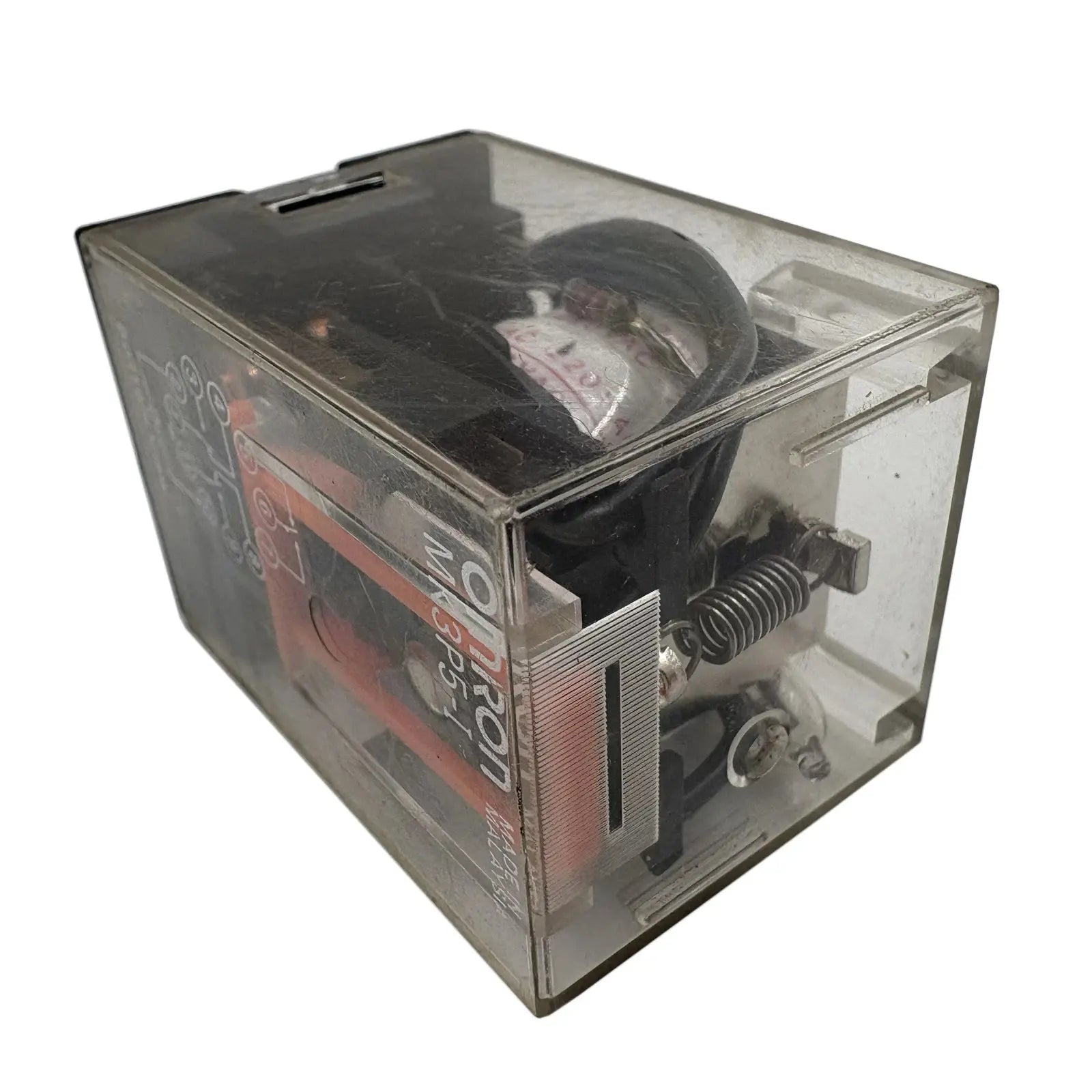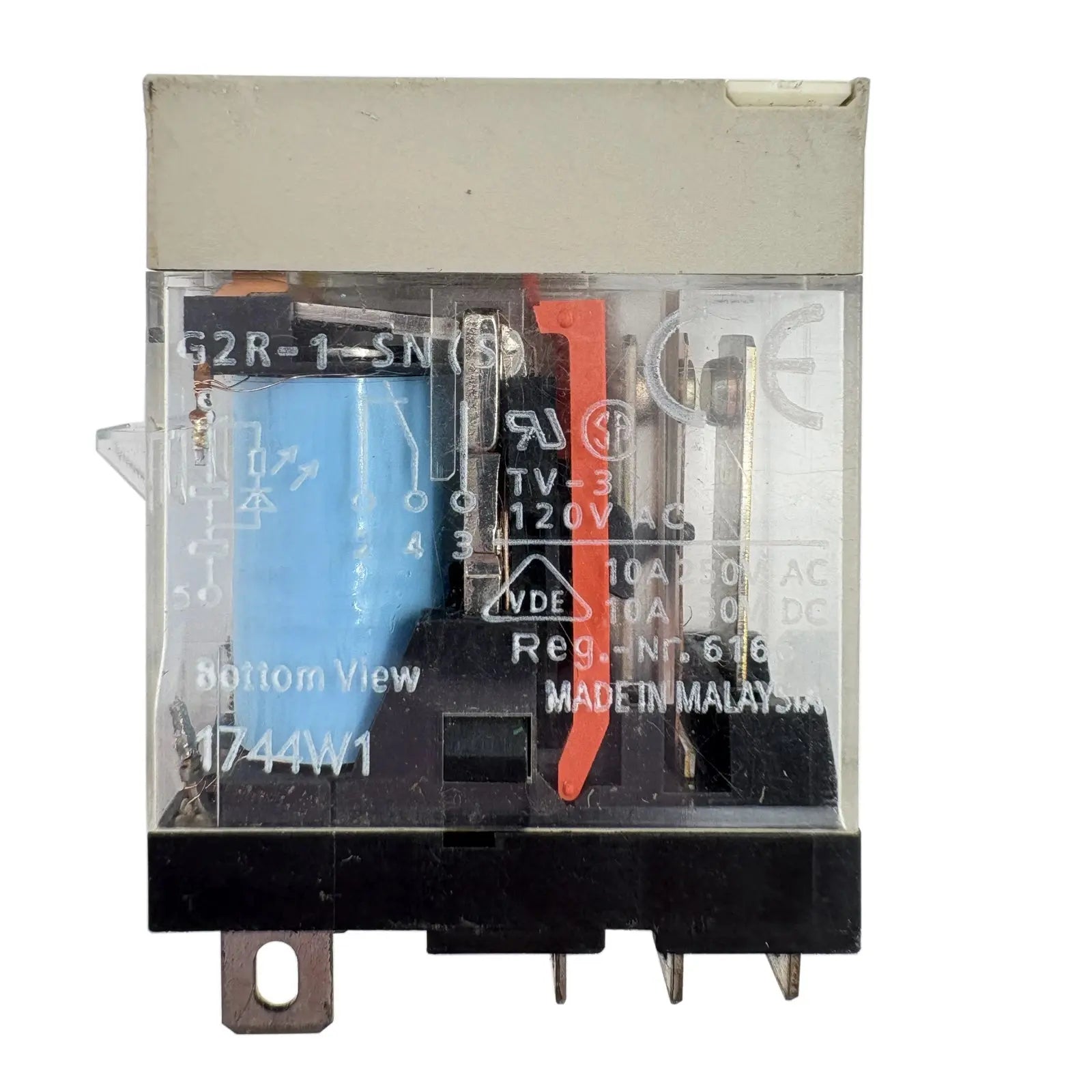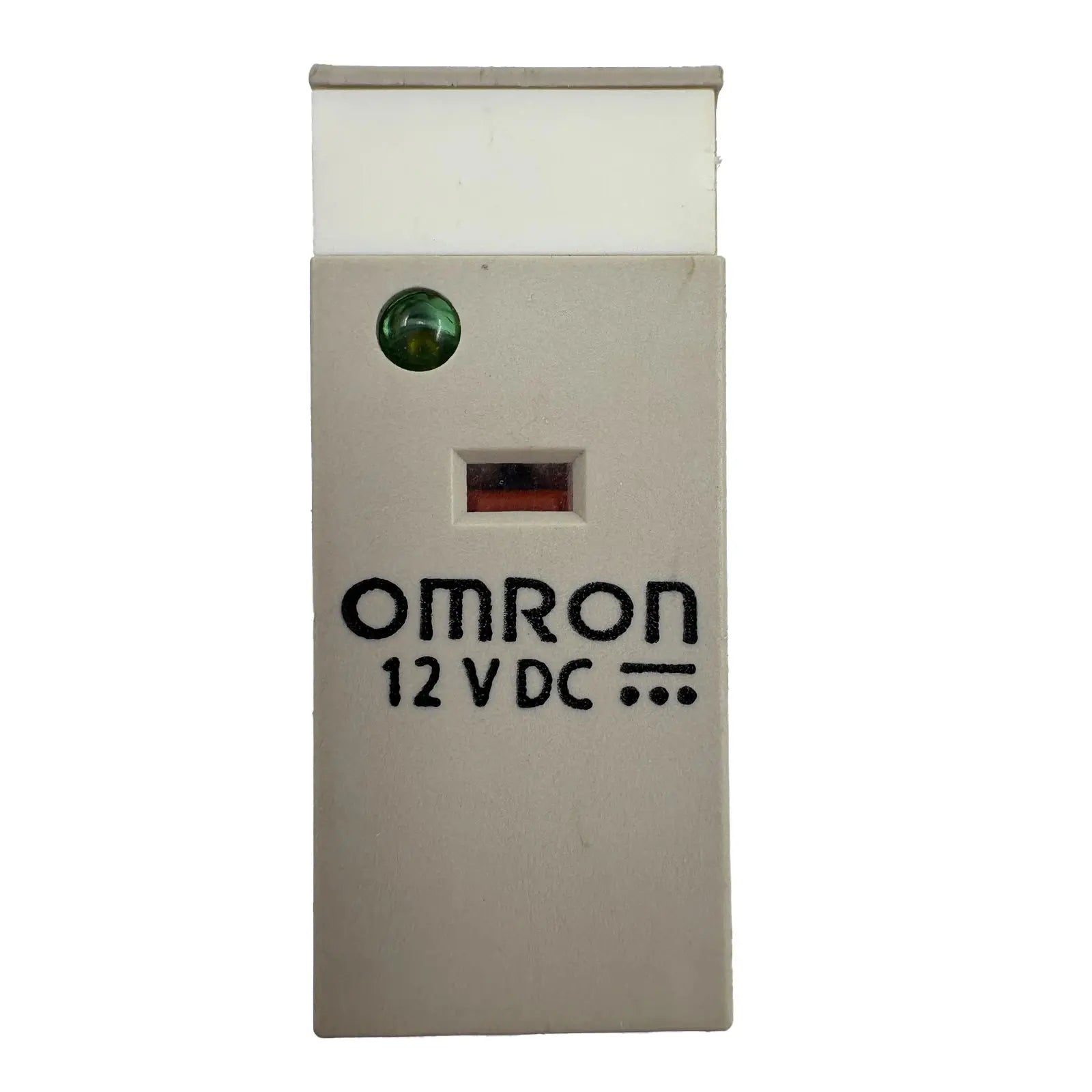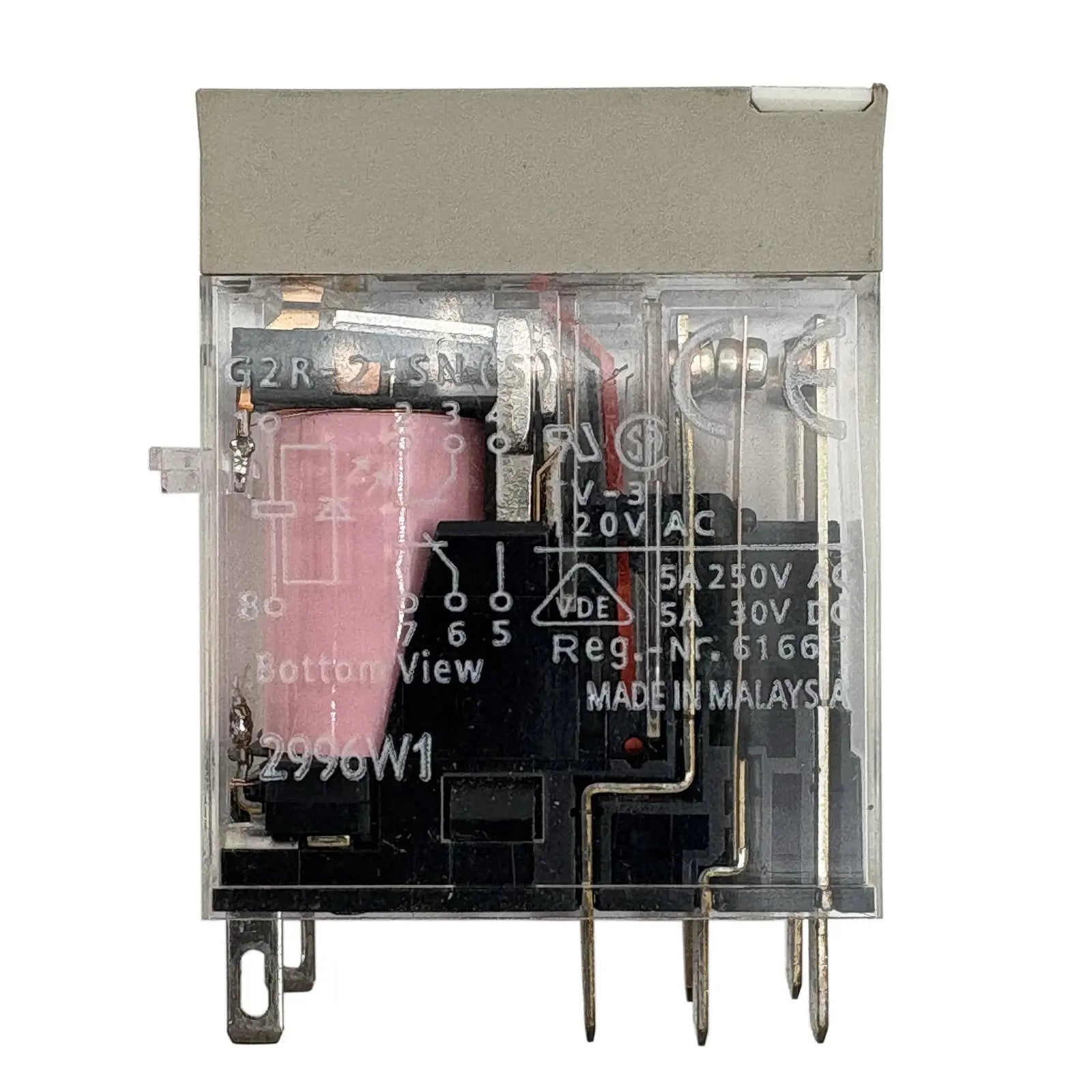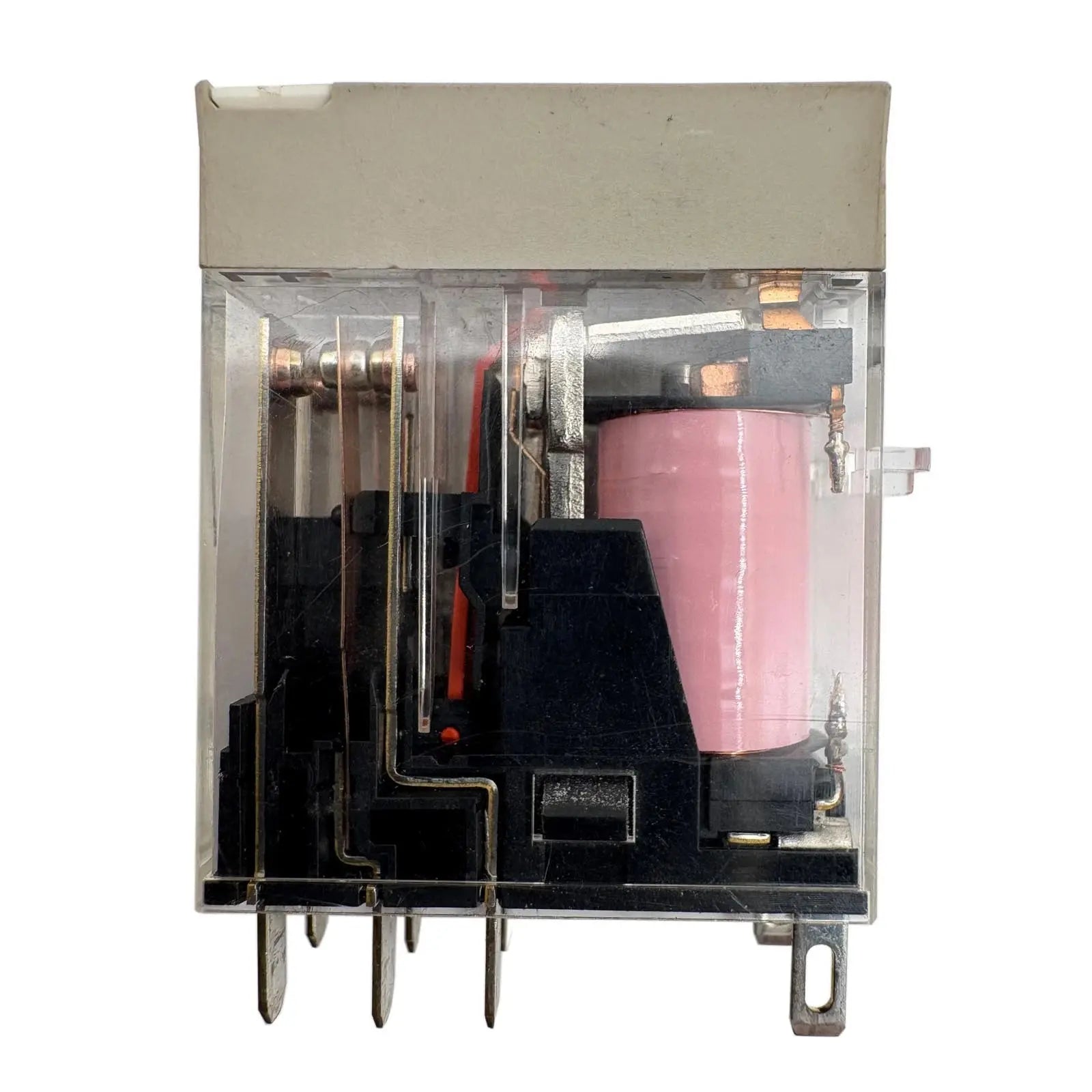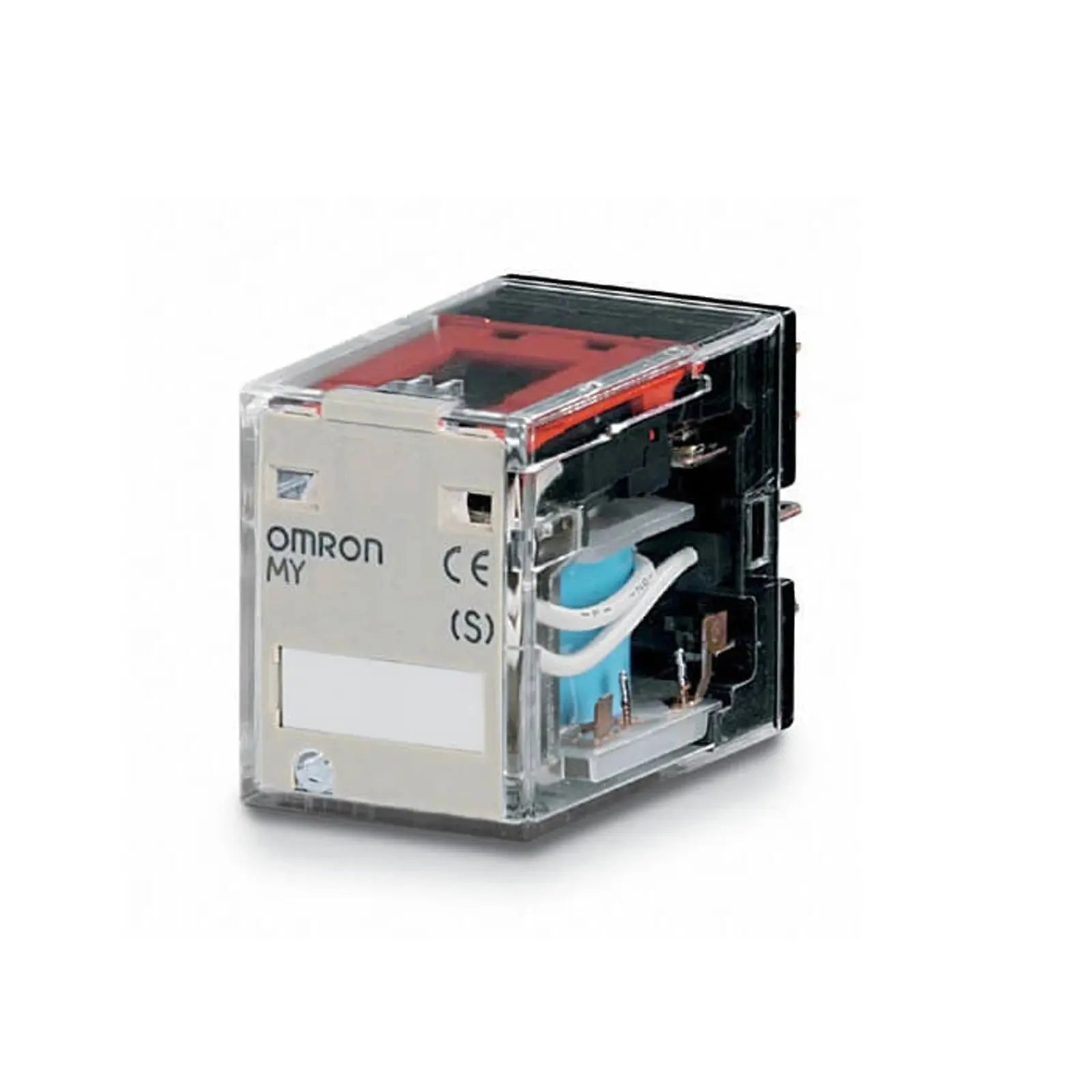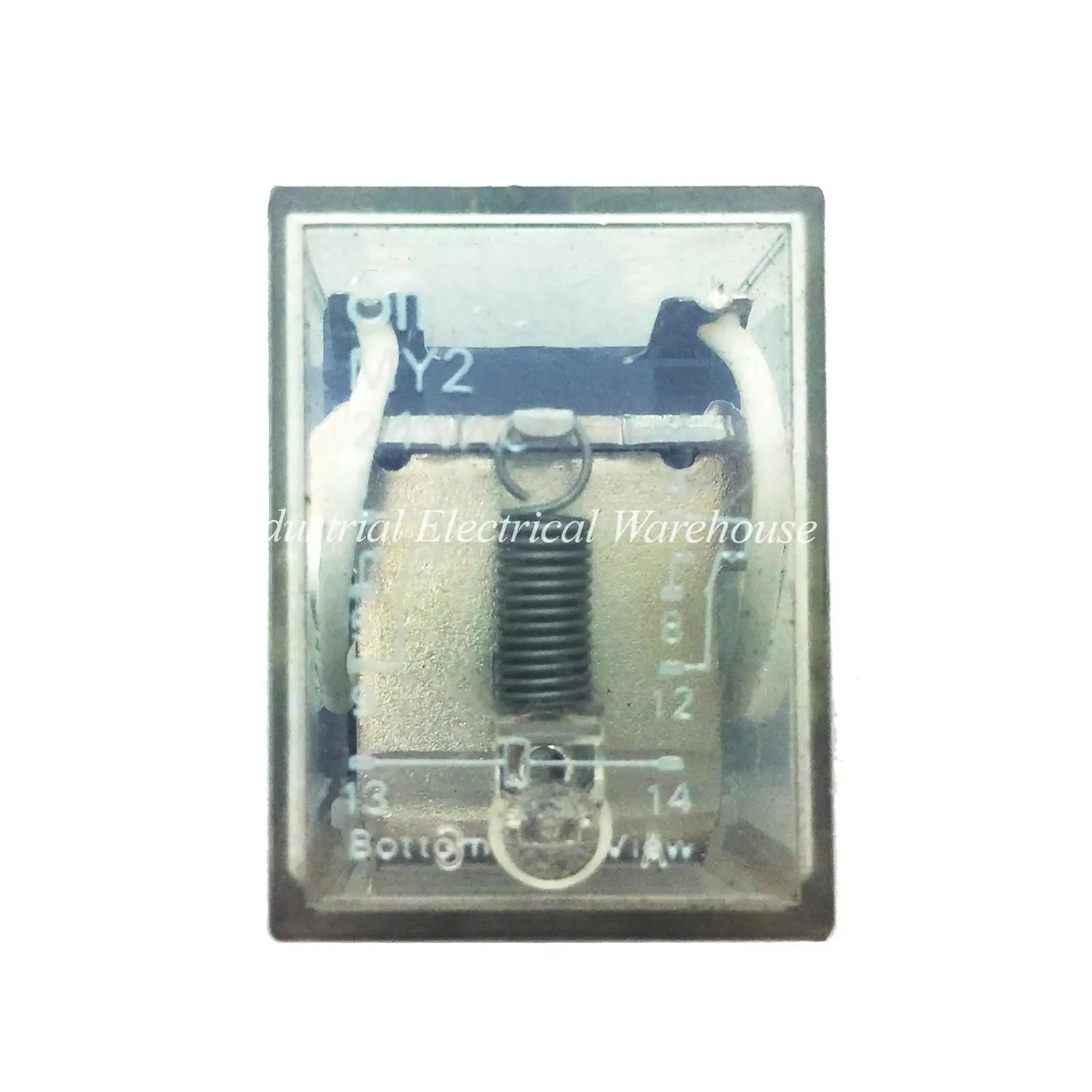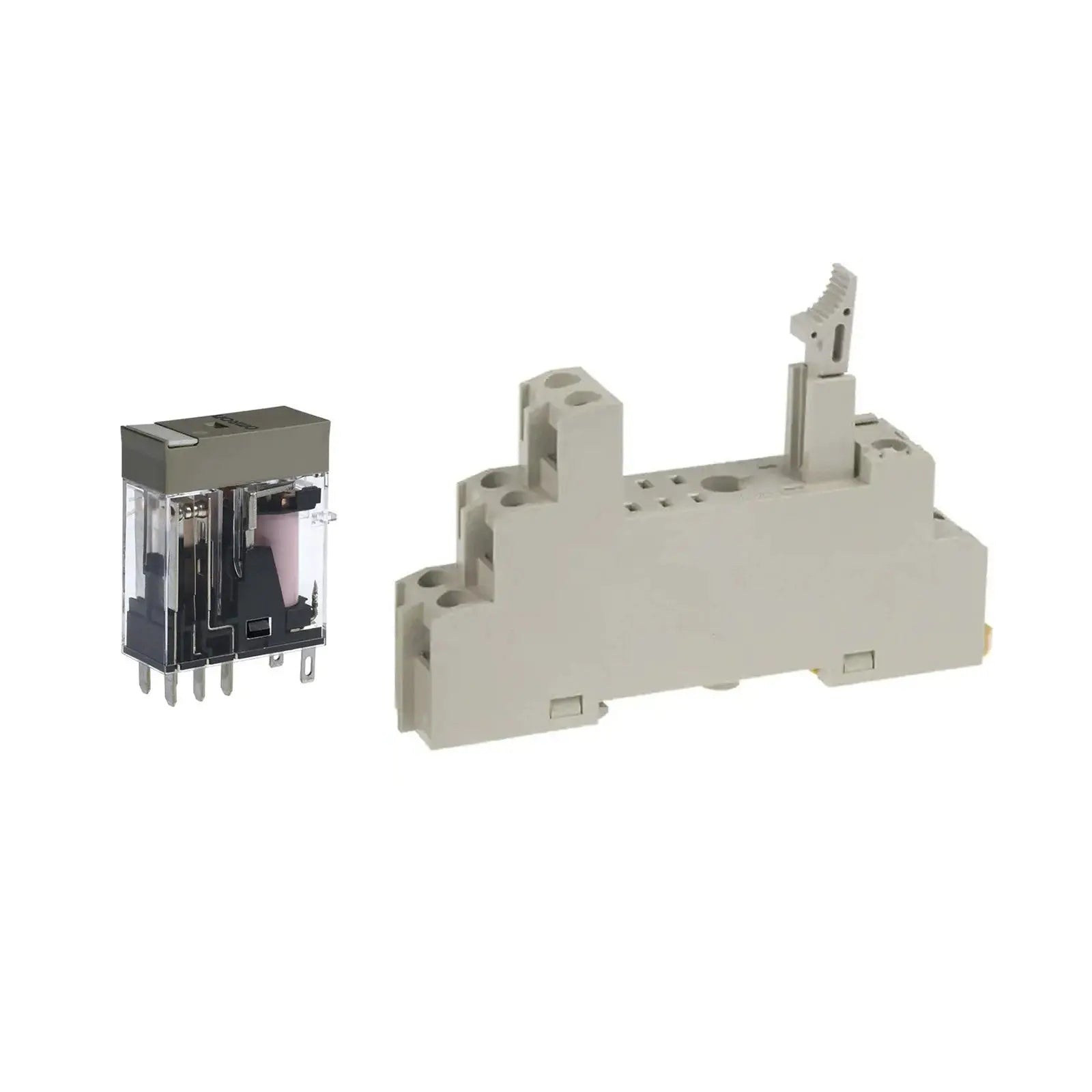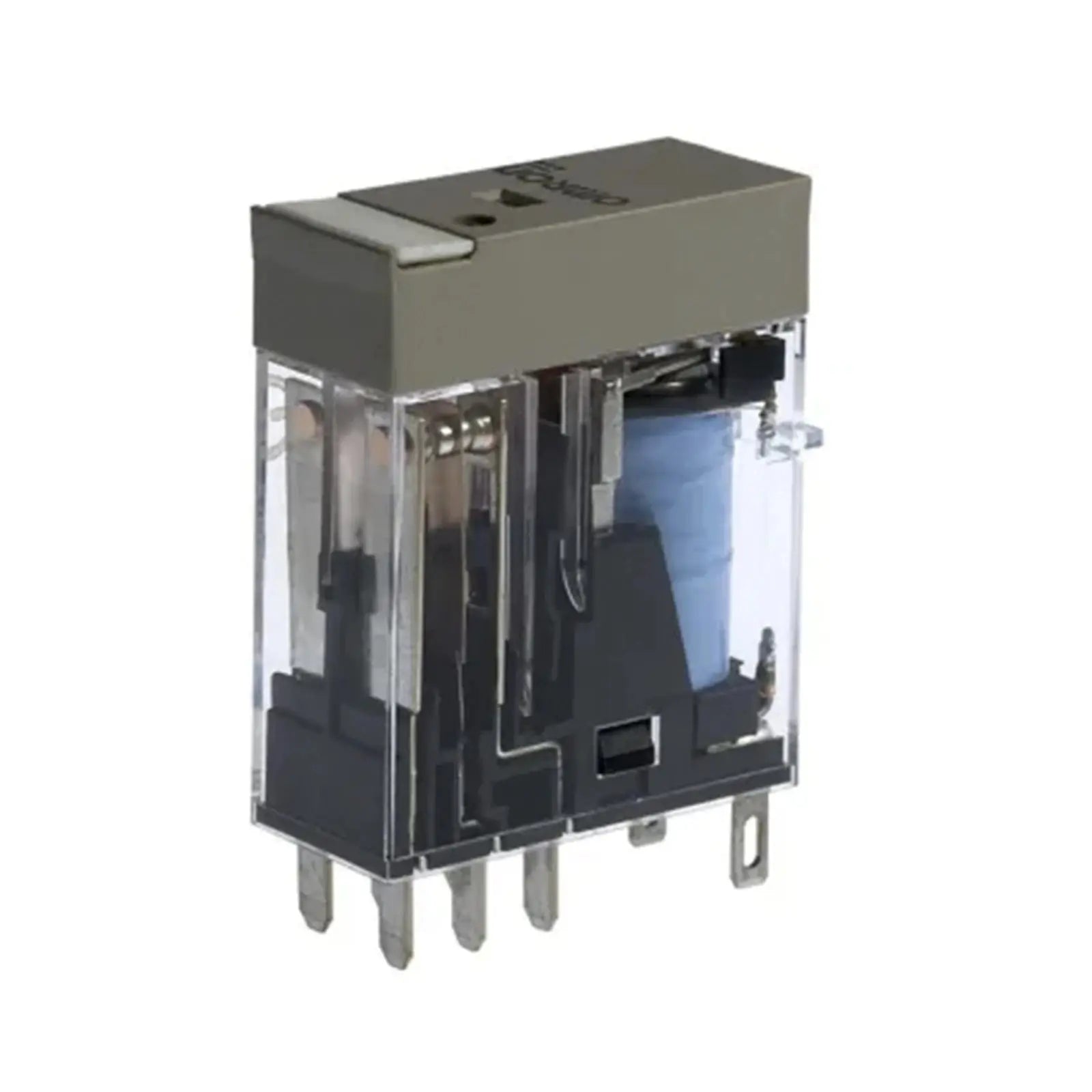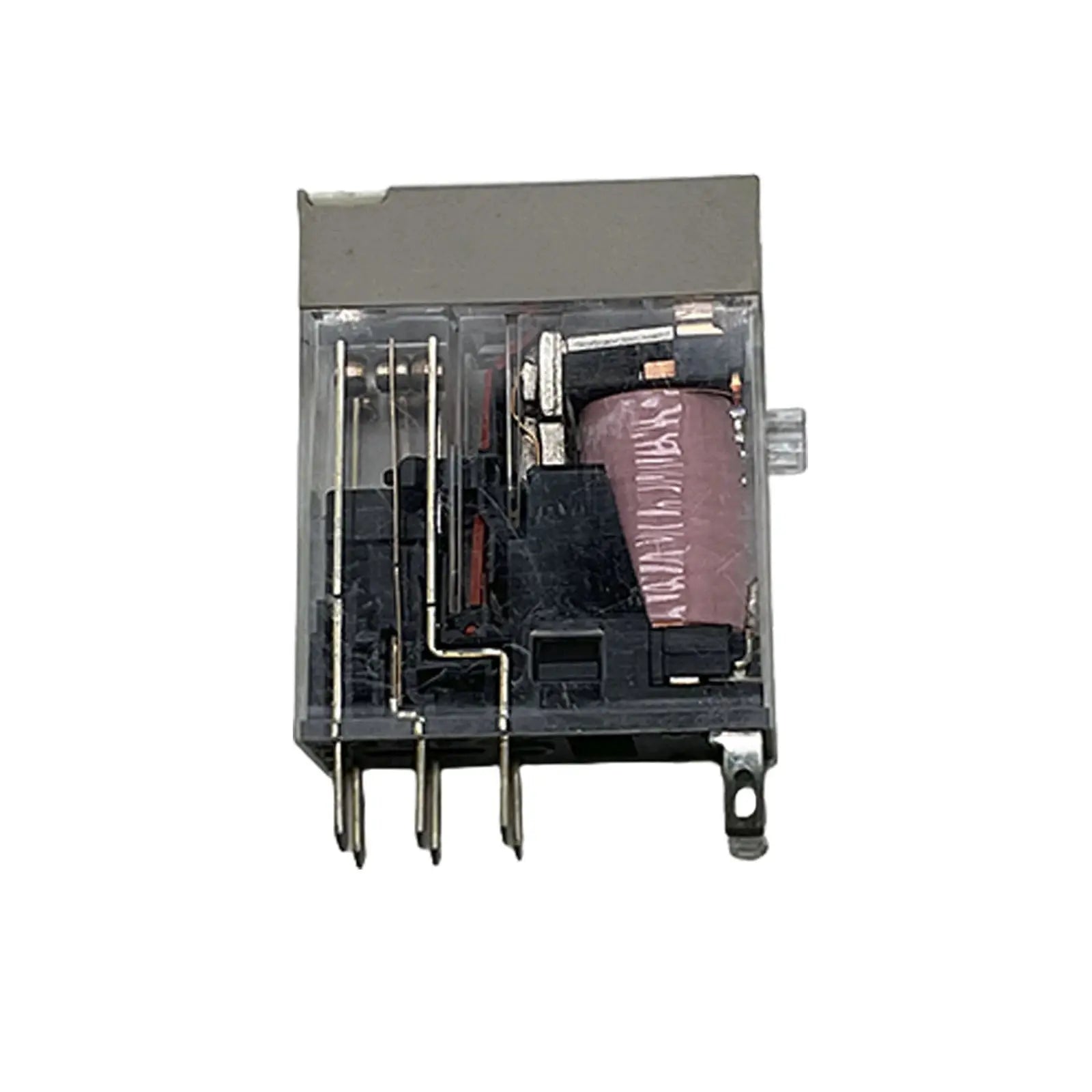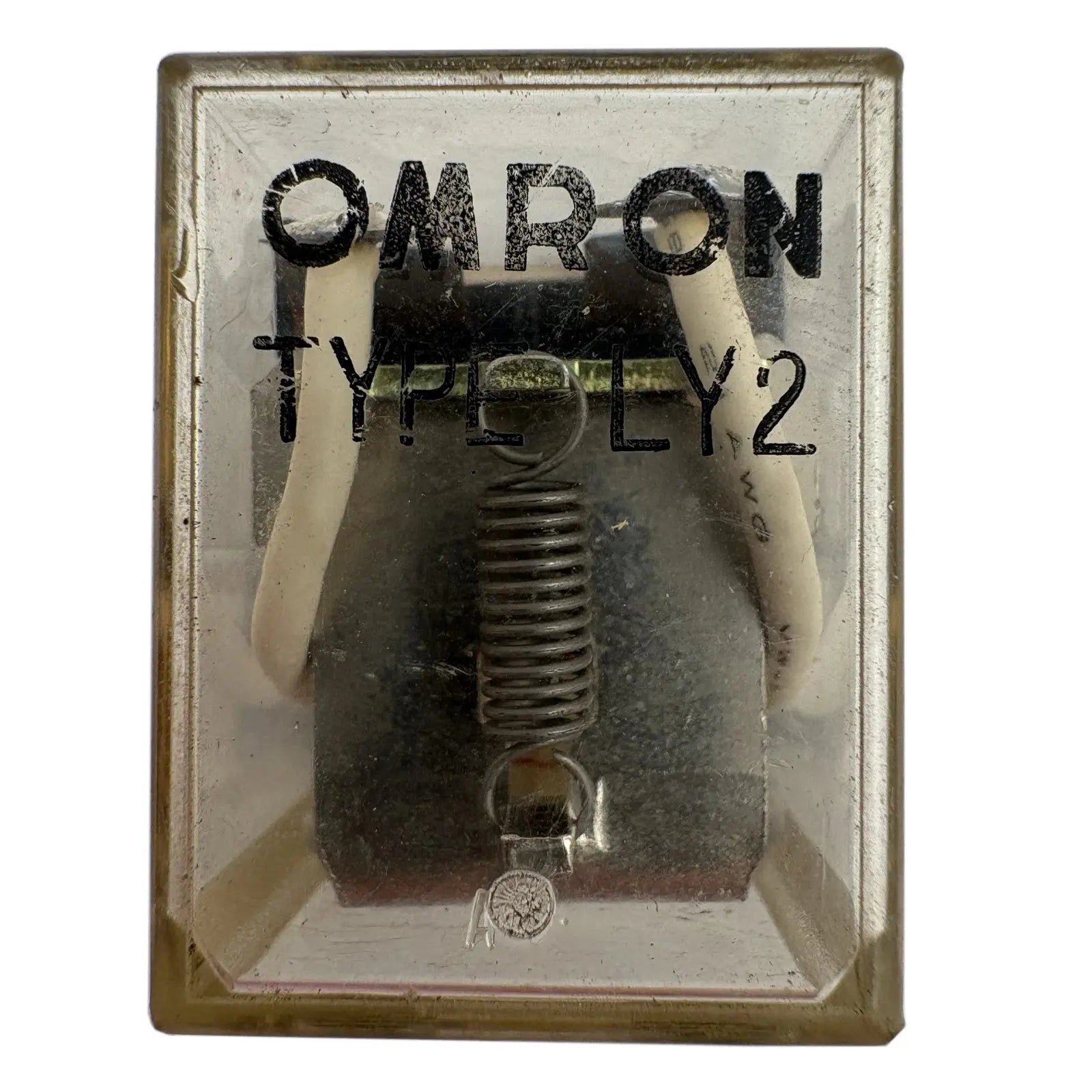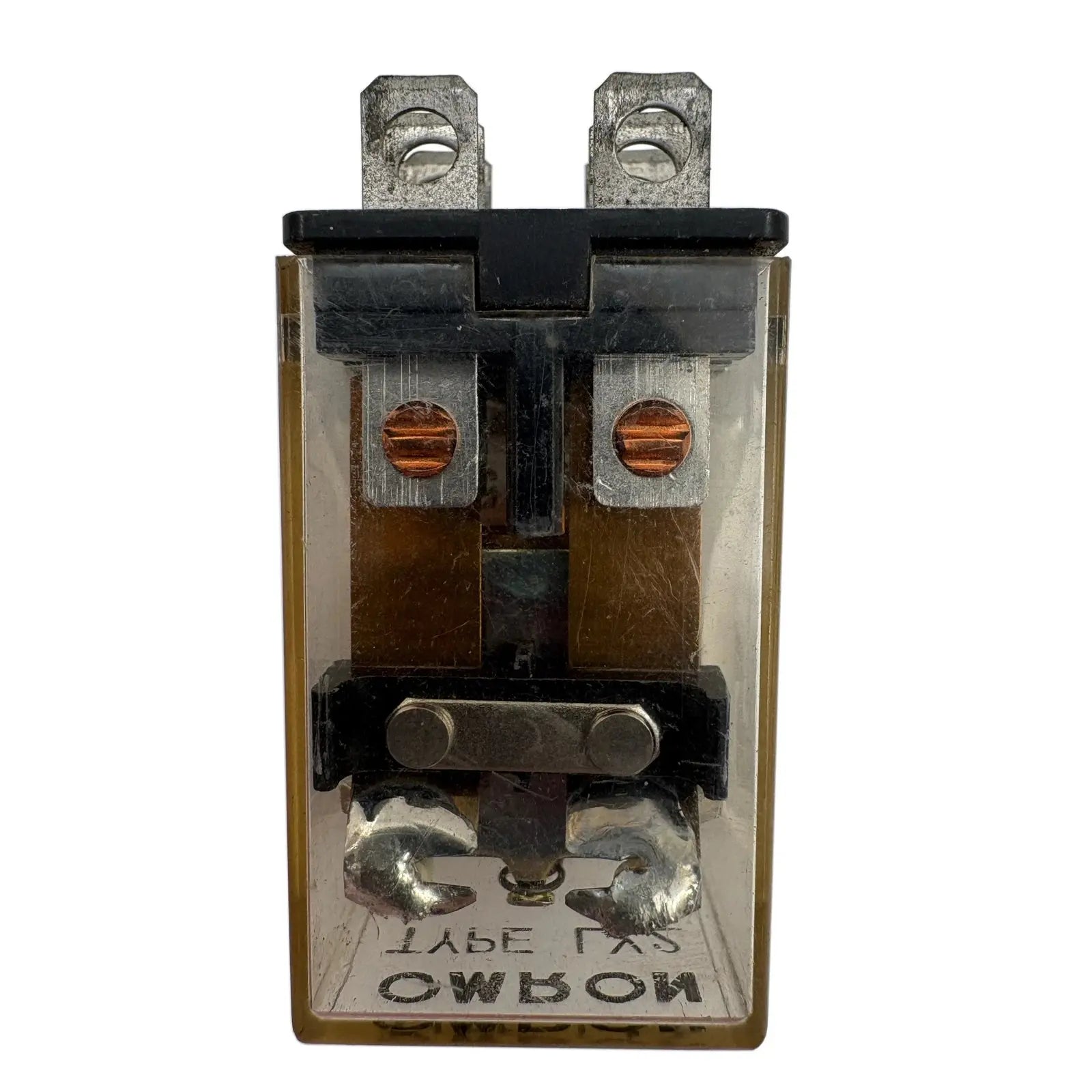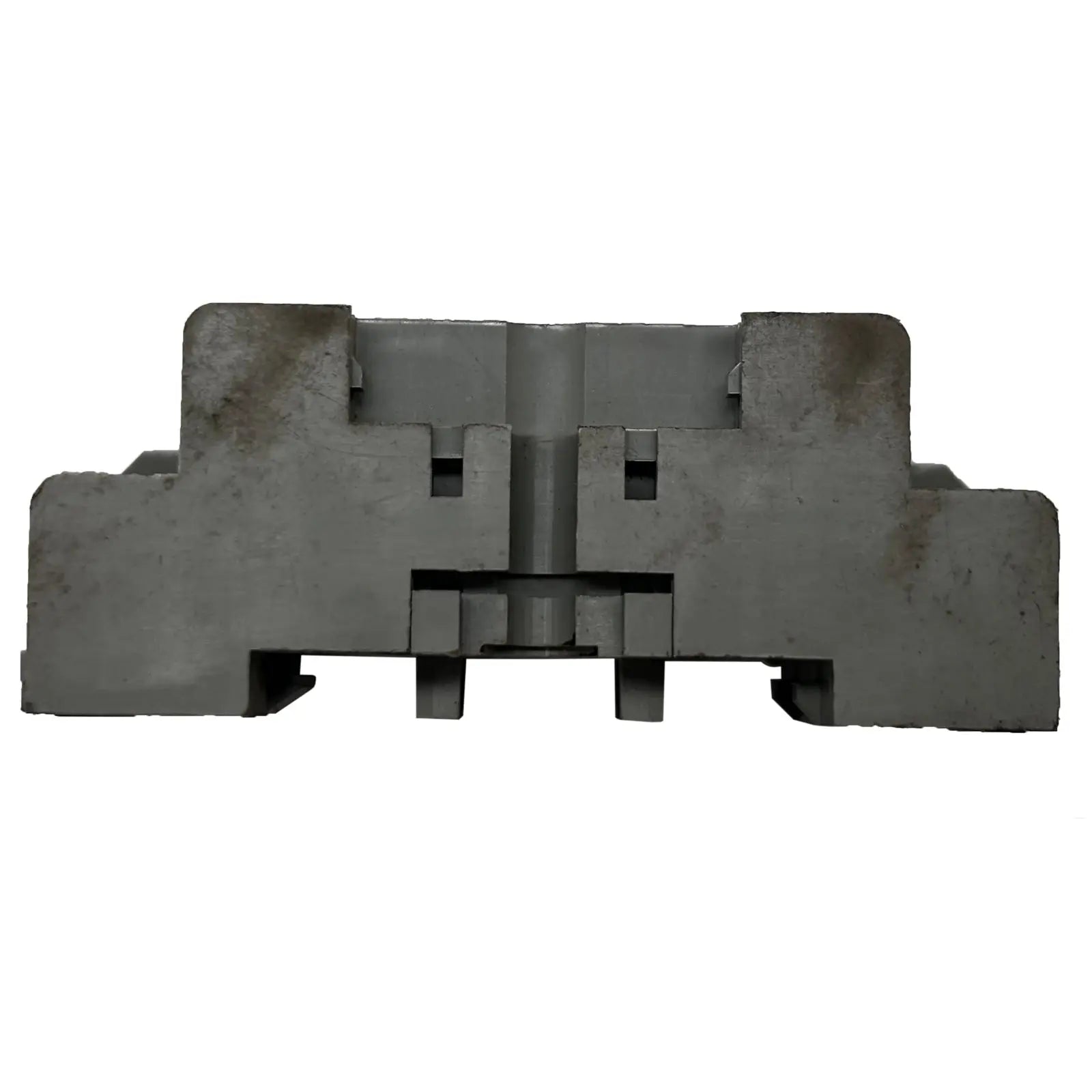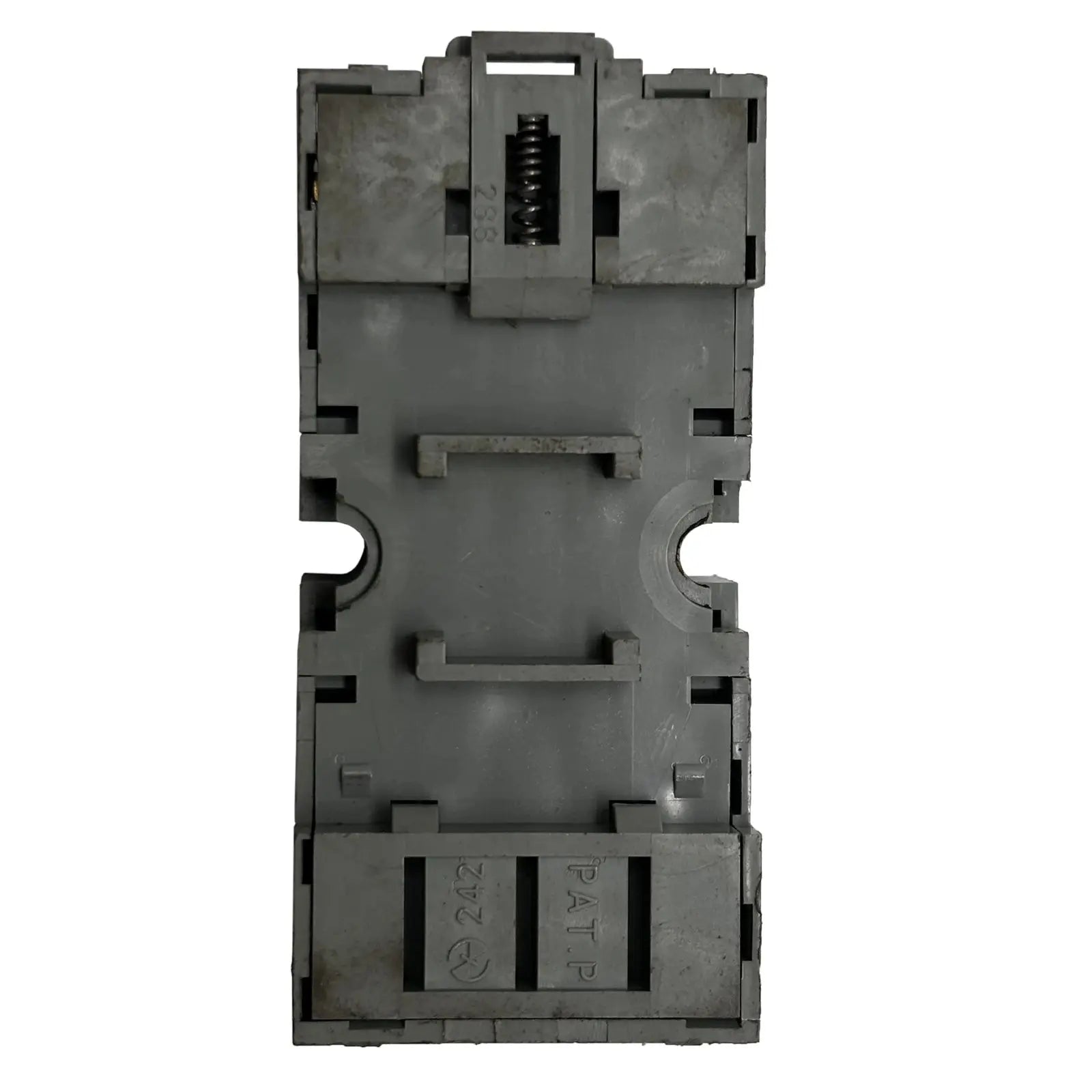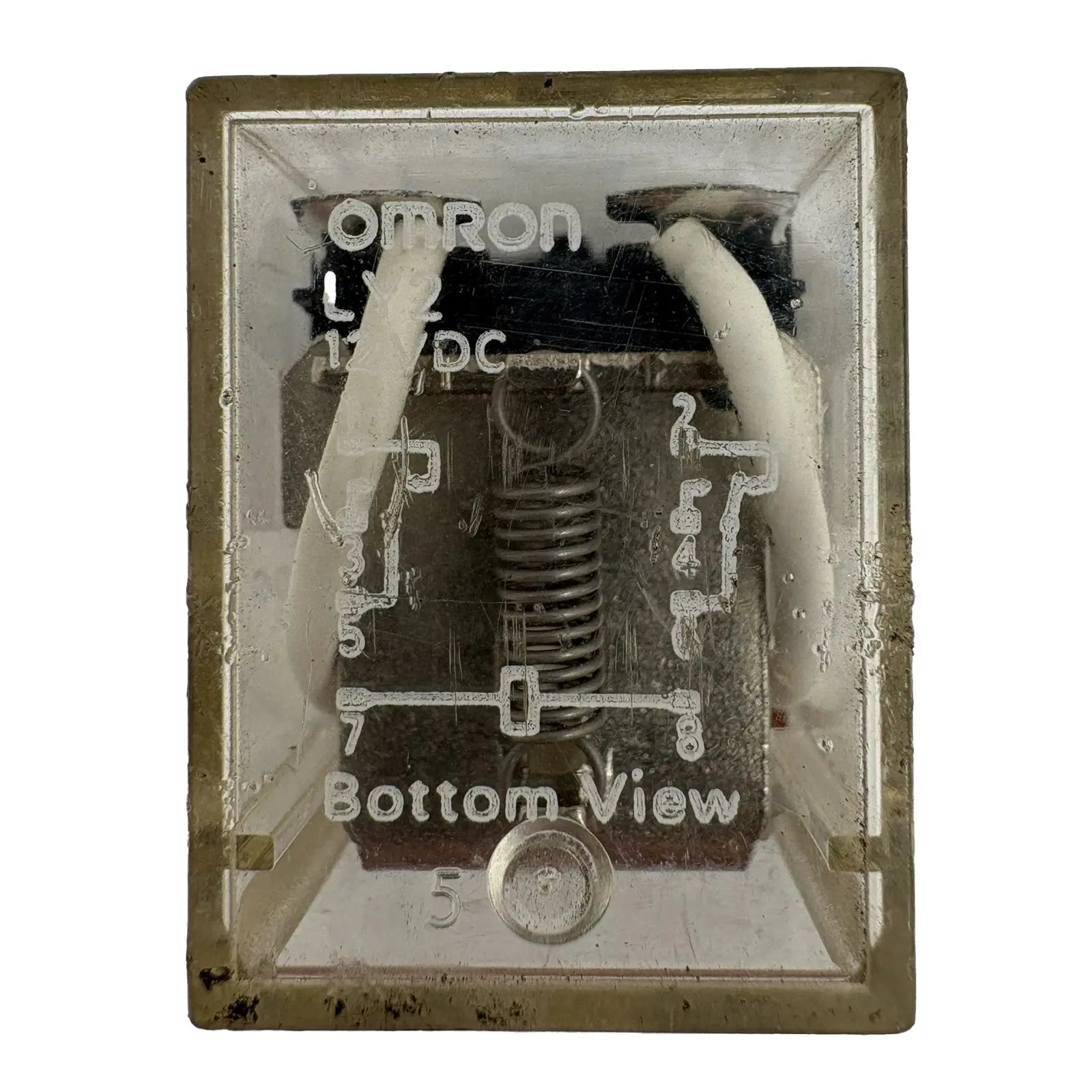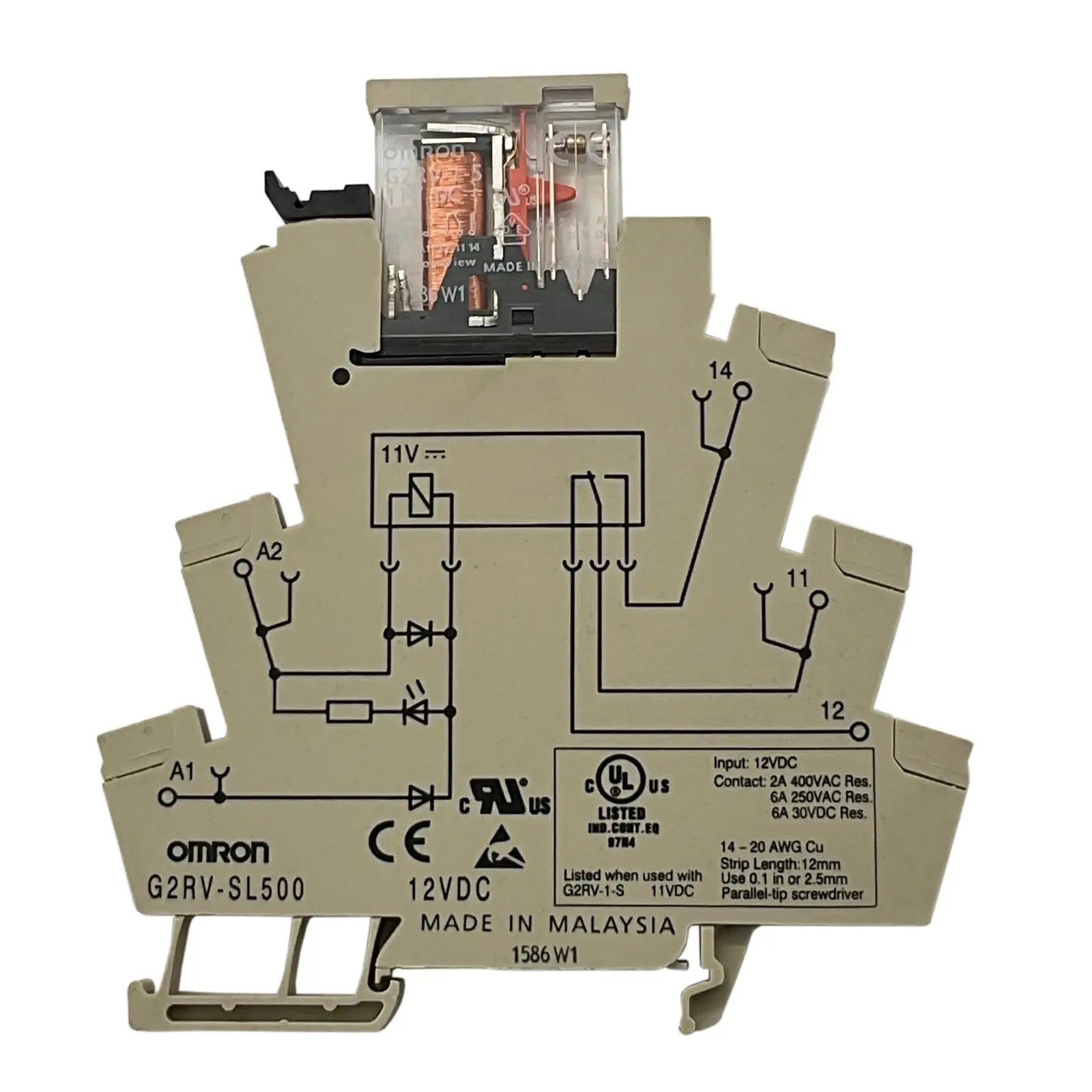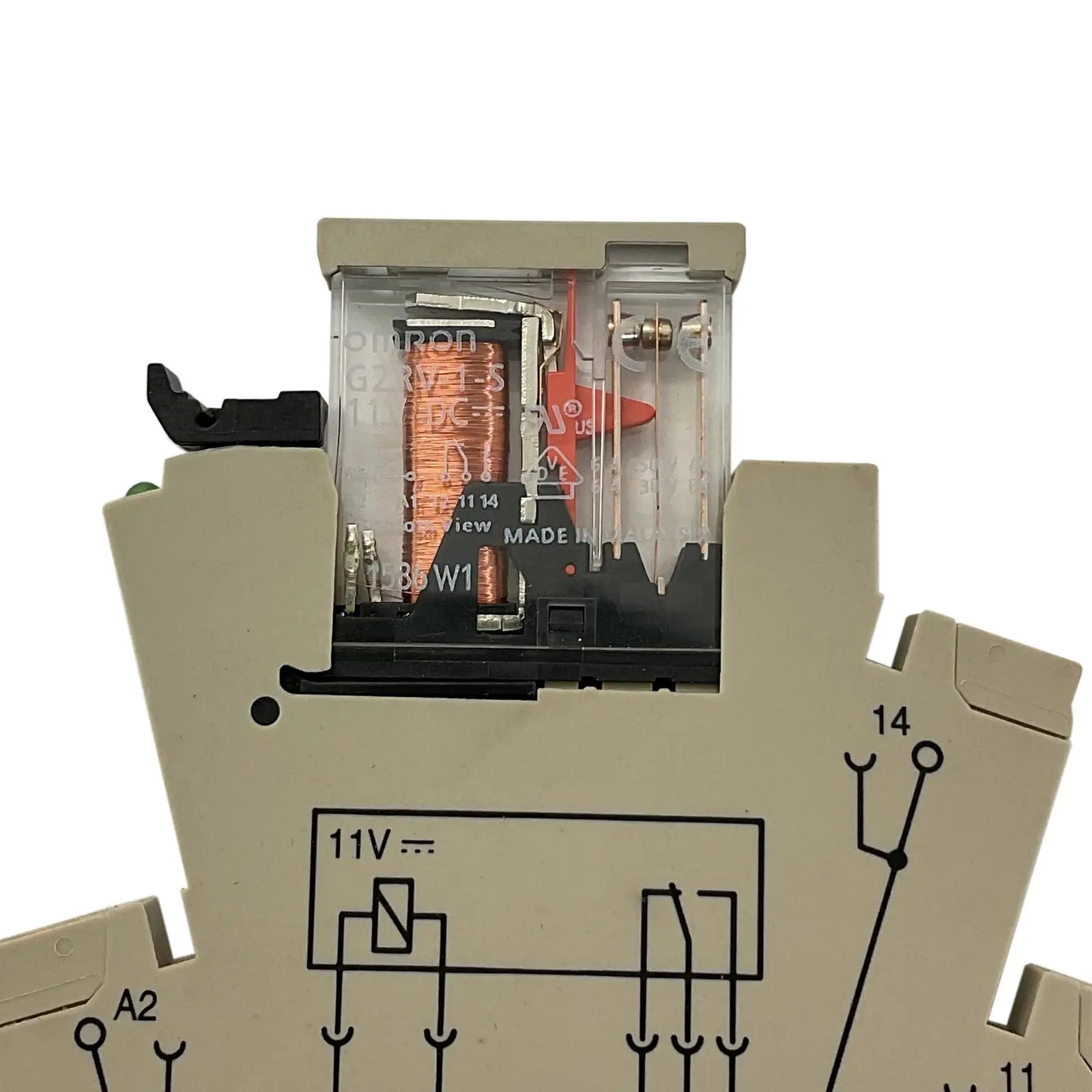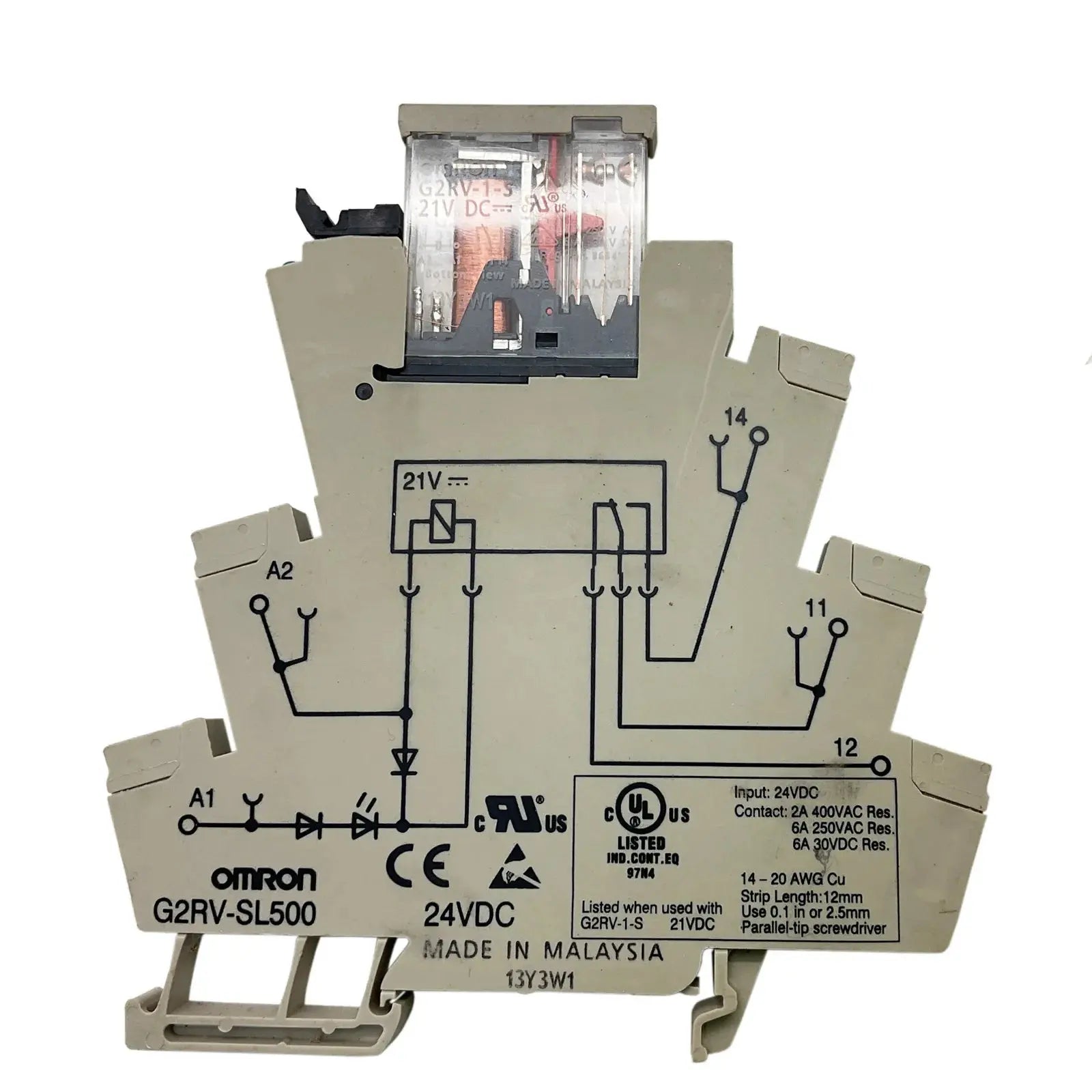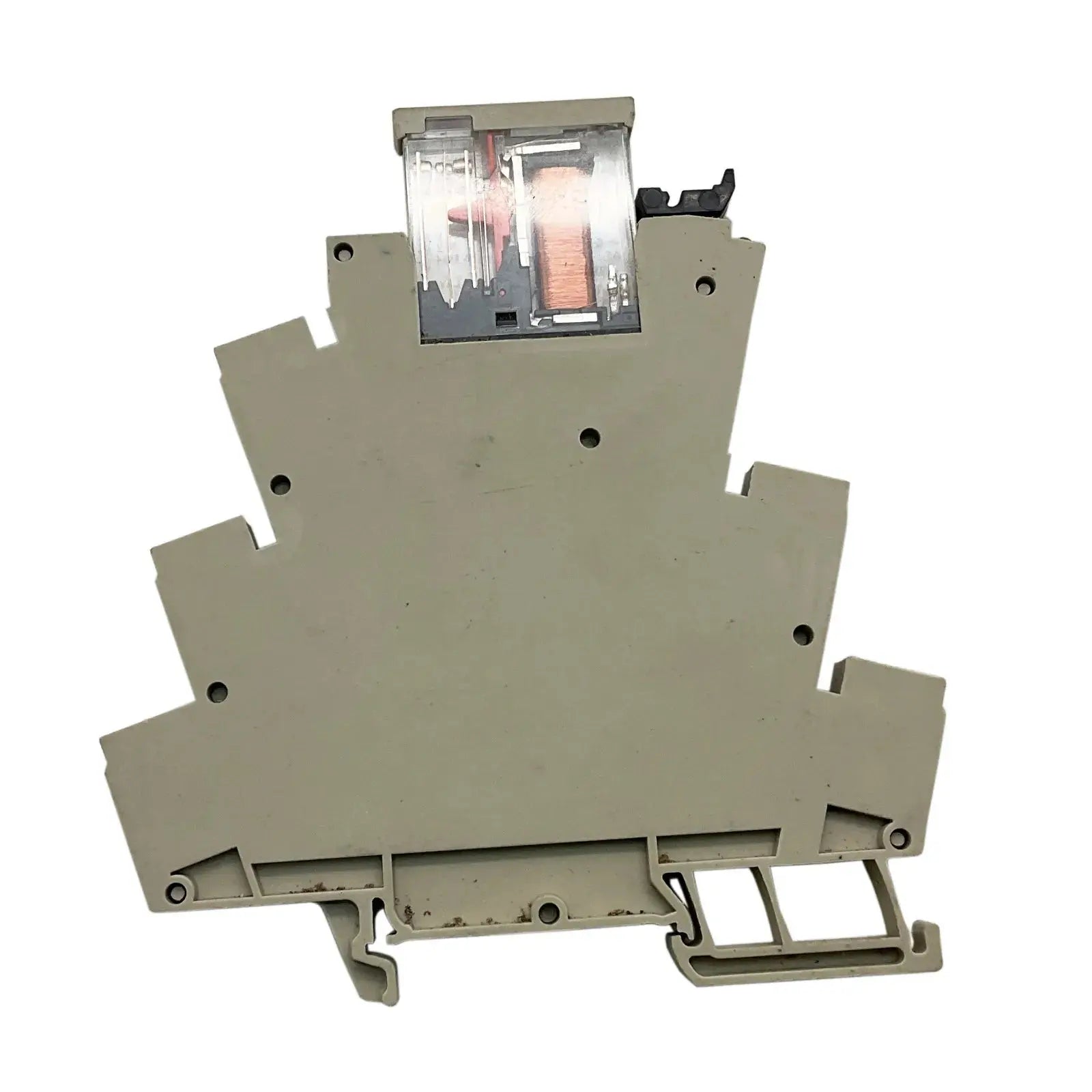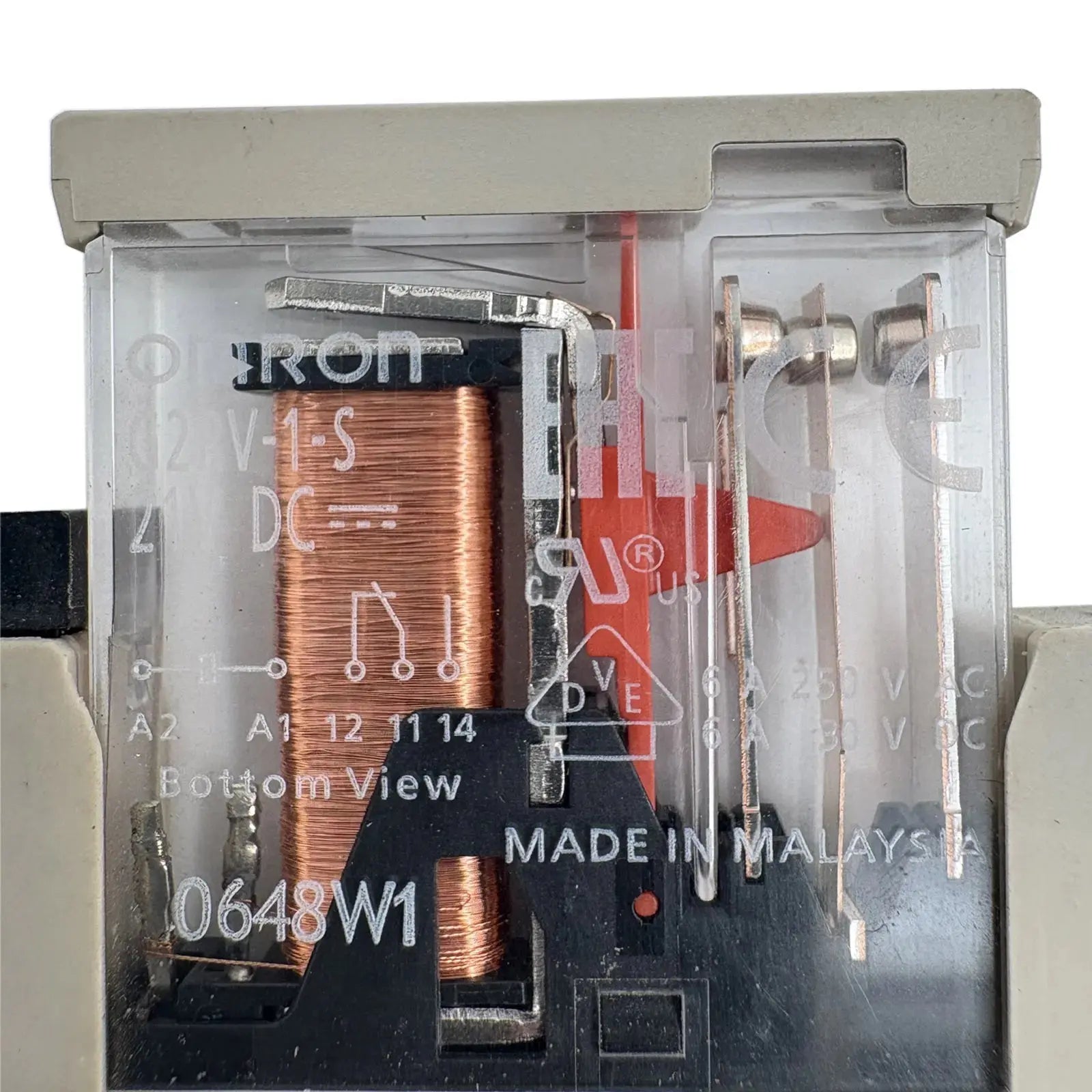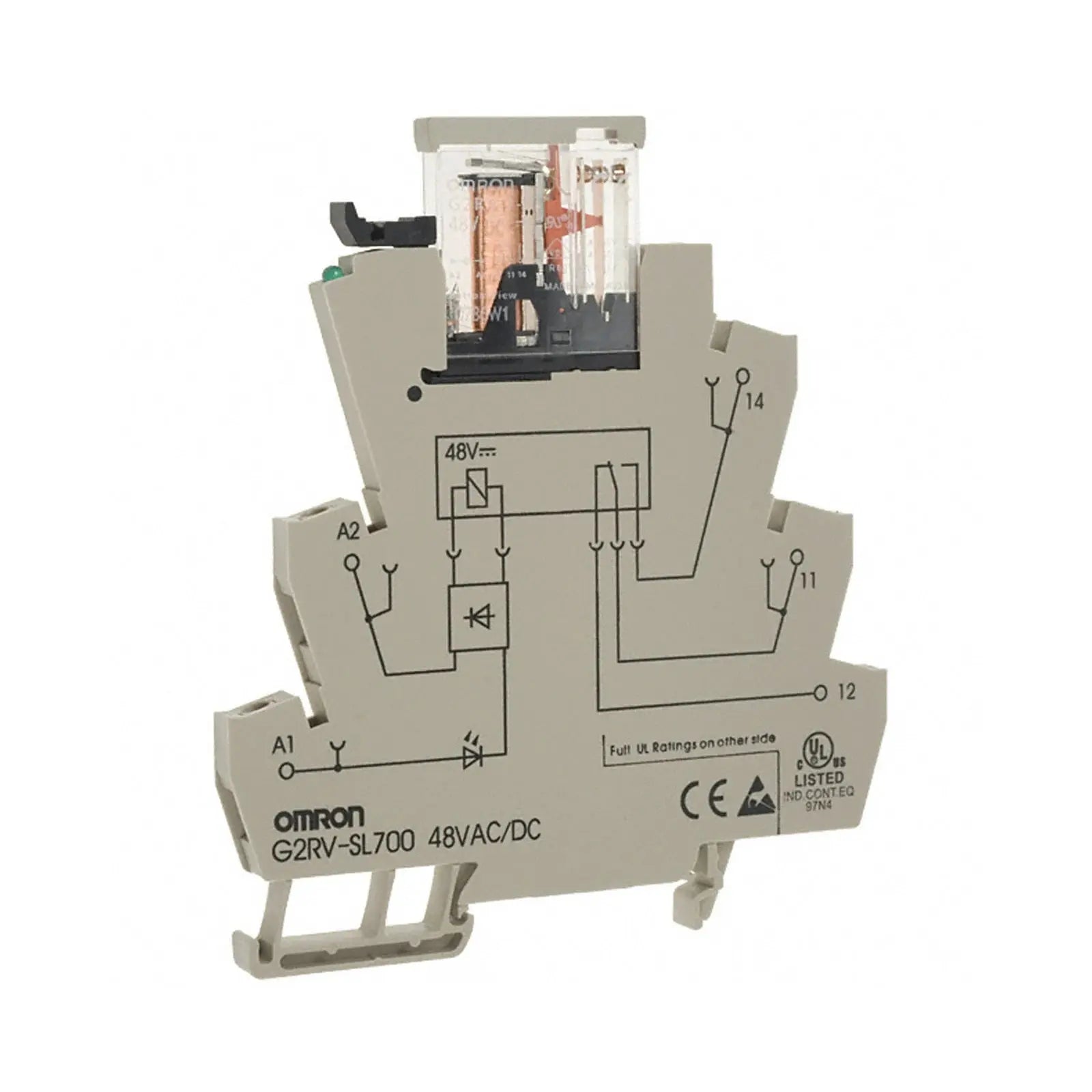Relés para distribución de energía: Soluciones eficientes de gestión de energía
En el mundo de la distribución y gestión de energía, los relés desempeñan un papel crucial para garantizar el funcionamiento eficiente y seguro de los sistemas eléctricos. Al actuar como interruptores, los relés controlan el flujo de electricidad, permitiendo una distribución óptima entre los diversos circuitos eléctricos. Comprender la importancia de los relés y sus ventajas en la gestión de energía puede mejorar considerablemente la eficiencia, la seguridad y el control general de los sistemas de distribución de energía.
Comprensión del papel de los relés en la distribución de energía
Los relés son dispositivos eléctricos diseñados para controlar circuitos eléctricos mediante la apertura o el cierre de contactos según señales eléctricas. En la distribución eléctrica, los relés son componentes clave que protegen los equipos eléctricos aislando las secciones defectuosas de los circuitos. Actúan como primera línea de defensa contra sobrecargas, cortocircuitos y otras fallas eléctricas que puedan ocurrir en el sistema.
La función básica de los relés consiste en recibir señales eléctricas de paneles de control o sensores y usarlas para conmutar los contactos del circuito. Esto permite que el relé controle el flujo eléctrico y garantice una distribución eficiente de la energía a los componentes necesarios.
Función básica de los relés
Los relés constan esencialmente de una bobina electromagnética, un conjunto de contactos y un mecanismo para conectar y desconectar mecánicamente los contactos. Cuando la bobina recibe una señal eléctrica, genera un campo magnético que provoca el cierre o la apertura de los contactos, según el diseño y la función del relé.
Al utilizar este principio electromagnético, los relés pueden utilizarse para controlar circuitos de alta potencia con señales de control de baja potencia. Esto permite una gestión eficaz de la potencia al separar la sección de control de la sección de potencia de alta corriente.
Tipos de relés utilizados en la distribución de energía
Existen varios tipos de relés utilizados en los sistemas de distribución eléctrica, cada uno con funciones específicas. Algunos tipos comunes incluyen:
Relés electromecánicos: Estos relés funcionan mediante una bobina electromagnética que conmuta mecánicamente los contactos. Su uso se ha extendido durante muchos años gracias a su fiabilidad y robustez.
Relés de estado sólido: A diferencia de los relés electromecánicos, los relés de estado sólido utilizan elementos de conmutación semiconductores para controlar el flujo de electricidad. Ofrecen ventajas como mayor velocidad de conmutación, mayor vida útil y mayor resistencia a vibraciones e impactos.
Relés de Sobrecarga Térmica: Estos relés están diseñados para proteger los motores del sobrecalentamiento interrumpiendo el circuito al detectar un calor excesivo. Desempeñan un papel crucial para prevenir la quema del motor y garantizar la longevidad del equipo.
Relés de retardo: Los relés de retardo se utilizan para introducir un retardo en la conmutación de circuitos, lo que permite una secuenciación o control adecuados. Se utilizan comúnmente en aplicaciones que requieren una temporización precisa, como en sistemas de automatización y control industrial.
Importancia de los relés en los sistemas de potencia
Los relés son de suma importancia en los sistemas de energía por varias razones:
Protección: Los relés protegen equipos costosos y sensibles aislando las secciones defectuosas de los circuitos. Previenen daños causados por sobrecargas, cortocircuitos y otras fallas eléctricas que pueden provocar fallas en los equipos. Esta protección garantiza la confiabilidad y la longevidad del sistema de distribución eléctrica.
Seguridad: Al aislar eficazmente las fallas, los relés contribuyen a la seguridad general de los sistemas eléctricos. Minimizan el riesgo de incendios, descargas eléctricas y otros peligros asociados a fallas eléctricas. Esta protección se extiende no solo a los equipos, sino también al personal que trabaja en las inmediaciones del sistema.
Control y automatización: Los relés permiten el control preciso y la automatización de los sistemas de distribución de energía. Facilitan la operación remota, el control de retroalimentación y la integración con sistemas de control avanzados, mejorando la eficiencia y la eficacia general del sistema. Gracias a su capacidad para monitorizar y responder a señales eléctricas, los relés desempeñan un papel fundamental para optimizar la distribución de energía y garantizar el correcto funcionamiento de diversos procesos industriales.
Flexibilidad y adaptabilidad: Los relés ofrecen flexibilidad en los sistemas de distribución de energía, ya que se pueden reemplazar o reconfigurar fácilmente para adaptarse a los cambios en los requisitos del sistema. Esta adaptabilidad permite actualizaciones, modificaciones y ampliaciones eficientes para satisfacer la evolución de la demanda de energía.
A medida que los sistemas de distribución eléctrica siguen evolucionando, el papel de los relés sigue siendo esencial para mantener la integridad, la seguridad y la eficiencia de las redes eléctricas. Su capacidad para controlar y proteger los circuitos eléctricos los convierte en componentes indispensables en la compleja red de distribución eléctrica.
Ventajas del uso de relés para la gestión de energía
Los relés ofrecen varias ventajas en lo que respecta a la gestión de energía:
Mejora de la eficiencia en la distribución de energía
Al controlar eficazmente el flujo eléctrico, los relés ayudan a optimizar la distribución de energía en diversos circuitos eléctricos. Garantizan que la energía se dirija donde se necesita, evitando el desperdicio y mejorando la eficiencia general.
Por ejemplo, en una gran instalación industrial, se pueden utilizar relés para priorizar el suministro de energía a equipos críticos durante los periodos de máxima demanda. Esto garantiza que las operaciones esenciales se mantengan sin interrupciones mientras los sistemas no esenciales se apagan temporalmente, reduciendo así el consumo y los costes energéticos.
Además, los relés permiten la conmutación selectiva, lo que permite aislar las secciones defectuosas a la vez que mantiene el suministro eléctrico a las zonas no afectadas. Esto mejora la fiabilidad del sistema y minimiza el tiempo de inactividad. En una red eléctrica compleja, los relés pueden identificar y aislar rápidamente una sección defectuosa, evitando que todo el sistema se vea afectado y reduciendo el tiempo necesario para la resolución de problemas y las reparaciones.
Mejorando la seguridad y la protección
La función protectora de los relés es fundamental. Al detectar y aislar rápidamente las fallas eléctricas, previenen daños a equipos valiosos y reducen el riesgo de accidentes eléctricos, como incendios o descargas eléctricas.
Los relés también contribuyen a la seguridad del operador al permitir la operación y el control remotos. El personal puede controlar circuitos y supervisar sistemas eléctricos a una distancia segura, minimizando así la exposición a posibles peligros. Esto resulta especialmente beneficioso en entornos de alto riesgo, como subestaciones o entornos industriales peligrosos.
Además, los relés pueden integrarse con sistemas de protección avanzados que emplean algoritmos sofisticados para detectar condiciones anormales, como sobrecorriente o fluctuaciones de voltaje. Al detectar estas condiciones, los relés pueden activar automáticamente medidas de protección, como la desconexión del circuito afectado o la activación de fuentes de energía de respaldo, garantizando así la seguridad tanto del equipo como del personal.
Facilitando el control y la automatización del sistema
Los relés forman parte integral de los sistemas avanzados de control y automatización en la distribución eléctrica. Permiten una integración fluida con controladores lógicos programables (PLC) y otros dispositivos de control, lo que facilita la monitorización, la regulación y el análisis de fallos avanzados.
Ante la creciente demanda de tecnología de redes inteligentes, los relés desempeñan un papel crucial para mejorar el control, la comunicación y la gestión de los sistemas eléctricos. Proporcionan datos vitales y señales de control necesarias para una distribución energética eficiente y la respuesta a la demanda.
Por ejemplo, los relés pueden utilizarse junto con sistemas de gestión energética para supervisar y controlar el consumo energético de diferentes electrodomésticos o dispositivos de un edificio. Esto permite una desconexión inteligente de la carga durante los picos de demanda, reduciendo la carga de la red eléctrica y promoviendo la eficiencia energética.
Además, los relés con capacidad de comunicación pueden transmitir datos en tiempo real sobre el consumo de energía, los niveles de voltaje y el estado del sistema a un centro de control central. Esto permite a los operadores tomar decisiones informadas sobre el balanceo de carga, la programación del mantenimiento y la optimización del sistema.
Consideraciones clave en la selección de relés para distribución de energía
Al seleccionar relés para sistemas de distribución de energía, se deben tener en cuenta varios factores:
Clasificaciones y especificaciones de los relés
Las especificaciones de los relés, como la tensión, la corriente y la capacidad de gestión de potencia, deben ajustarse a los requisitos del sistema eléctrico. Es fundamental elegir relés que puedan gestionar las cargas y corrientes de falla previstas sin sobrecalentarse ni reducir su rendimiento.
Por ejemplo, en aplicaciones de alta tensión, se requieren relés con tensiones nominales más altas para garantizar un funcionamiento seguro y fiable. De igual manera, en sistemas con altas corrientes de falla, es esencial contar con relés con una robusta capacidad de gestión de corriente para prevenir daños y garantizar la continuidad de la distribución eléctrica.
Además, se debe considerar la capacidad de conmutación de los contactos de los relés para garantizar que puedan manejar las corrientes de entrada o transitorias asociadas durante las operaciones de conmutación. Esto es especialmente importante en aplicaciones con motores grandes o cargas capacitivas, ya que pueden generar altas corrientes de entrada que, si no se consideran cuidadosamente, pueden superar la capacidad de conmutación del relé.
Factores ambientales y operativos
Es importante considerar el entorno operativo de los relés para garantizar su fiabilidad y longevidad. Factores como la temperatura, la humedad, la vibración y los niveles de polvo pueden influir en el rendimiento y la vida útil de los relés.
Por ejemplo, en entornos industriales hostiles, donde las fluctuaciones de temperatura y las vibraciones excesivas son comunes, se recomiendan relés con diseños robustos y mayor protección contra factores ambientales. Estos relés están diseñados para soportar condiciones extremas, garantizando un funcionamiento fiable y minimizando el riesgo de fallos prematuros.
Además, los relés deben ser fácilmente accesibles para su mantenimiento o sustitución. Al seleccionar relés para sistemas de distribución eléctrica, se debe considerar la facilidad de instalación, la accesibilidad y la disponibilidad de repuestos. Esto ayuda a minimizar el tiempo de inactividad durante las actividades de mantenimiento o sustitución, garantizando así un suministro eléctrico ininterrumpido.
Consideraciones de costos y mantenimiento
Si bien el costo es un factor importante, no debería ser el único factor determinante al seleccionar relés para sistemas de distribución eléctrica. Los relés deben elegirse en función de su valor y confiabilidad, considerando factores como los requisitos de mantenimiento, la vida útil y los posibles costos de inactividad asociados con fallas.
Invertir en relés de alta calidad que requieren un mantenimiento mínimo y tienen una larga vida útil puede resultar en un ahorro significativo de costos a largo plazo. Estos relés no solo reducen la frecuencia de las actividades de mantenimiento, sino que también minimizan el riesgo de fallos inesperados y los costos asociados con el tiempo de inactividad y las reparaciones.
Considerar estos factores durante el proceso de selección garantiza que los relés seleccionados ofrezcan el equilibrio óptimo entre costo, confiabilidad y rendimiento. Al evaluar cuidadosamente las capacidades nominales de los relés, los factores ambientales y las consideraciones de mantenimiento, los sistemas de distribución de energía pueden equiparse con relés que cumplan con los requisitos específicos y proporcionen un funcionamiento confiable y eficiente.
Tendencias futuras en la distribución y gestión de la energía
A medida que el campo de la distribución y gestión de energía continúa evolucionando, se espera que los relés desempeñen un papel aún más importante para garantizar sistemas de energía eficientes y confiables:
Avances tecnológicos en el diseño de relés
Los avances continuos en la tecnología de relés están llevando al desarrollo de relés más eficientes, compactos e inteligentes. Nuevos materiales y mejoras de diseño están optimizando el rendimiento de los relés, reduciendo las pérdidas de potencia y optimizando sus capacidades operativas.
Los relés inteligentes equipados con funciones avanzadas de monitoreo y comunicación son cada vez más comunes, lo que permite el monitoreo en tiempo real, el diagnóstico de fallas y el mantenimiento predictivo.
Impacto de las fuentes de energía renovables en el uso de relés
El auge de las energías renovables, como la solar y la eólica, plantea nuevos desafíos a los sistemas de distribución eléctrica. Los relés desempeñarán un papel fundamental en la integración de estas fuentes de energía intermitentes en la red, la gestión de las fluctuaciones de potencia y la garantía de su estabilidad.
Los relés deberán adaptarse para manejar los requisitos y complejidades únicos asociados con los sistemas de energía renovable, como la regulación de voltaje, la corrección del factor de potencia y la coordinación efectiva con los dispositivos de almacenamiento de energía.
El papel de los relés en la tecnología de redes inteligentes
El avance de la tecnología de redes inteligentes está transformando la gestión y el control de los sistemas eléctricos. Los relés serán componentes esenciales en el desarrollo de redes inteligentes, facilitando la comunicación bidireccional, la respuesta a la demanda y la monitorización de la energía en tiempo real.
Los relés inteligentes con protocolos de comunicación avanzados y capacidades de análisis de red permitirán una gestión eficiente de la carga, un mantenimiento predictivo y una identificación y aislamiento de fallas efectivos.
A medida que los sistemas de distribución eléctrica buscan una mayor eficiencia, fiabilidad e integración de fuentes de energía renovables, el papel de los relés en la gestión energética seguirá siendo indispensable. Al comprender los beneficios y las consideraciones asociadas a los relés, los ingenieros y diseñadores pueden tomar decisiones informadas para optimizar los sistemas de distribución eléctrica y lograr un futuro más sostenible y eficiente.
¿Necesita pedidos al por mayor o recomendaciones de expertos sobre PD-BR?
¿Busca pedidos al por mayor de PD-BR o necesita ayuda para elegir la solución industrial adecuada? Nuestro equipo está aquí para ayudarle con presupuestos personalizados, recomendaciones de productos y asesoramiento técnico. Ya sea electricista, contratista o empresario, ofrecemos soluciones a medida para satisfacer sus necesidades.
📩 ¡ Contáctanos o chatea con nosotros en vivo para obtener asistencia instantánea!
¡Explora nuestra colección de ofertas de locura mensual!
¡No te pierdas los grandes ahorros en nuestra tienda! Descubre las mejores ofertas en:
¡Explora estas categorías ahora y aprovecha las mejores ofertas antes de que se acaben!

